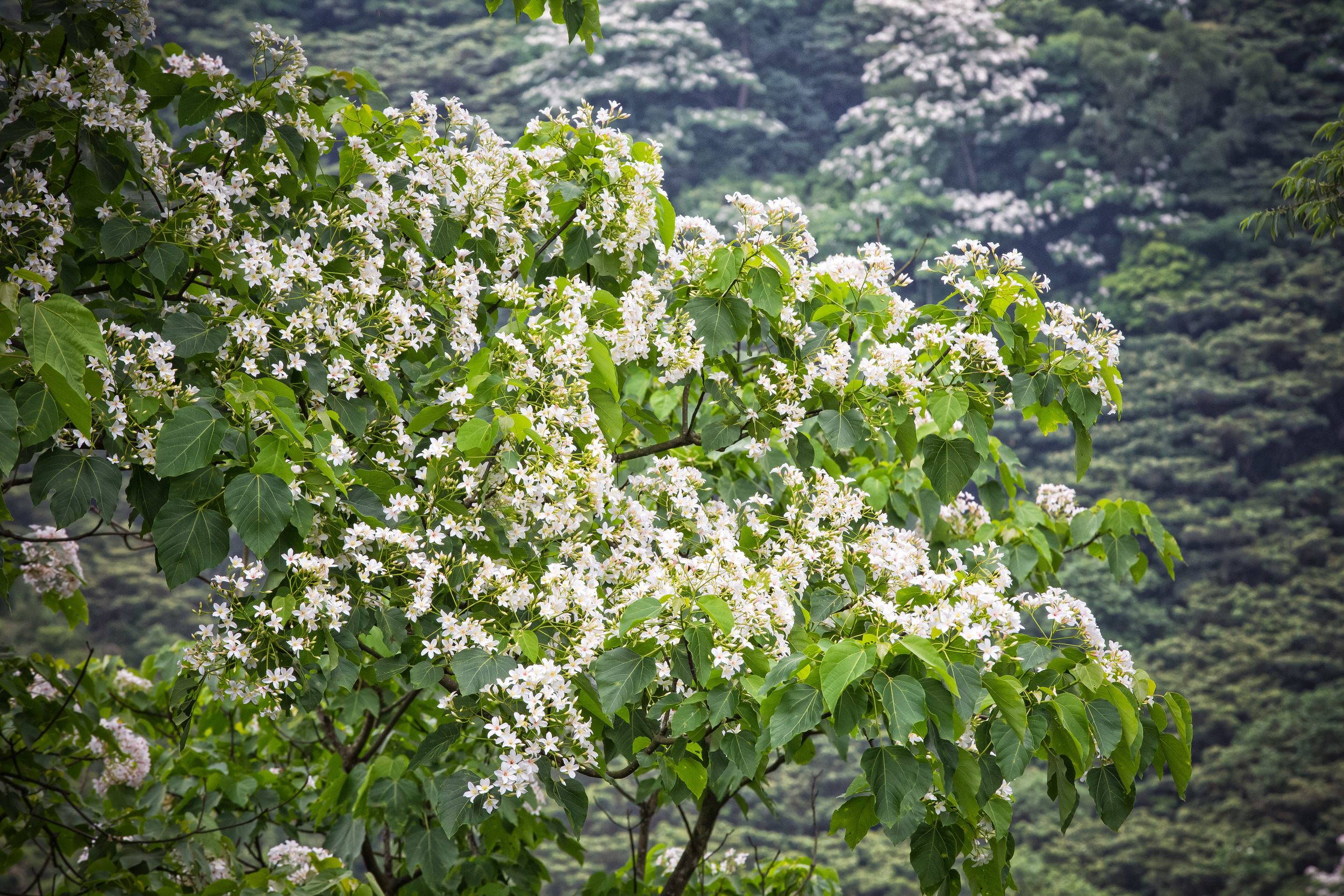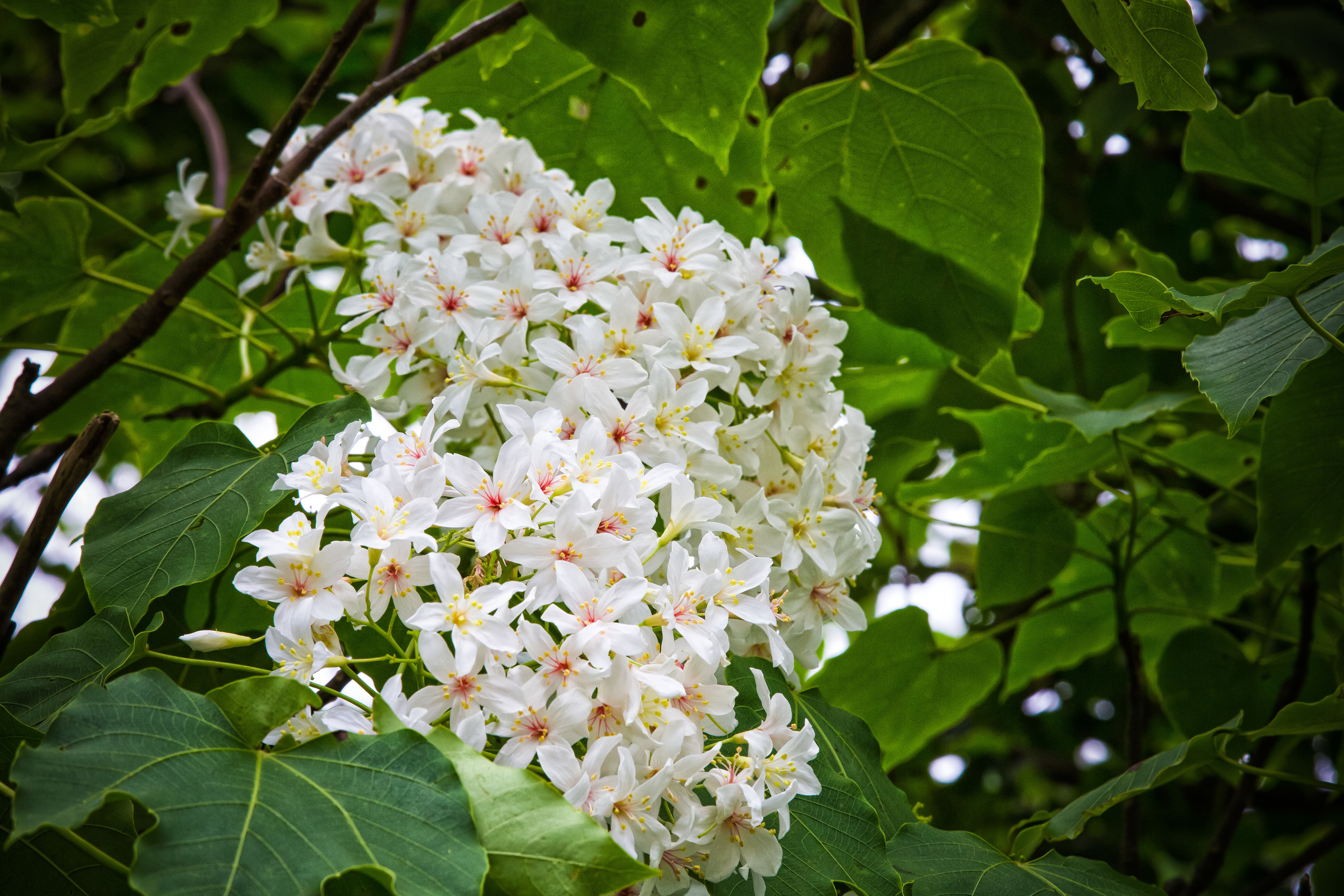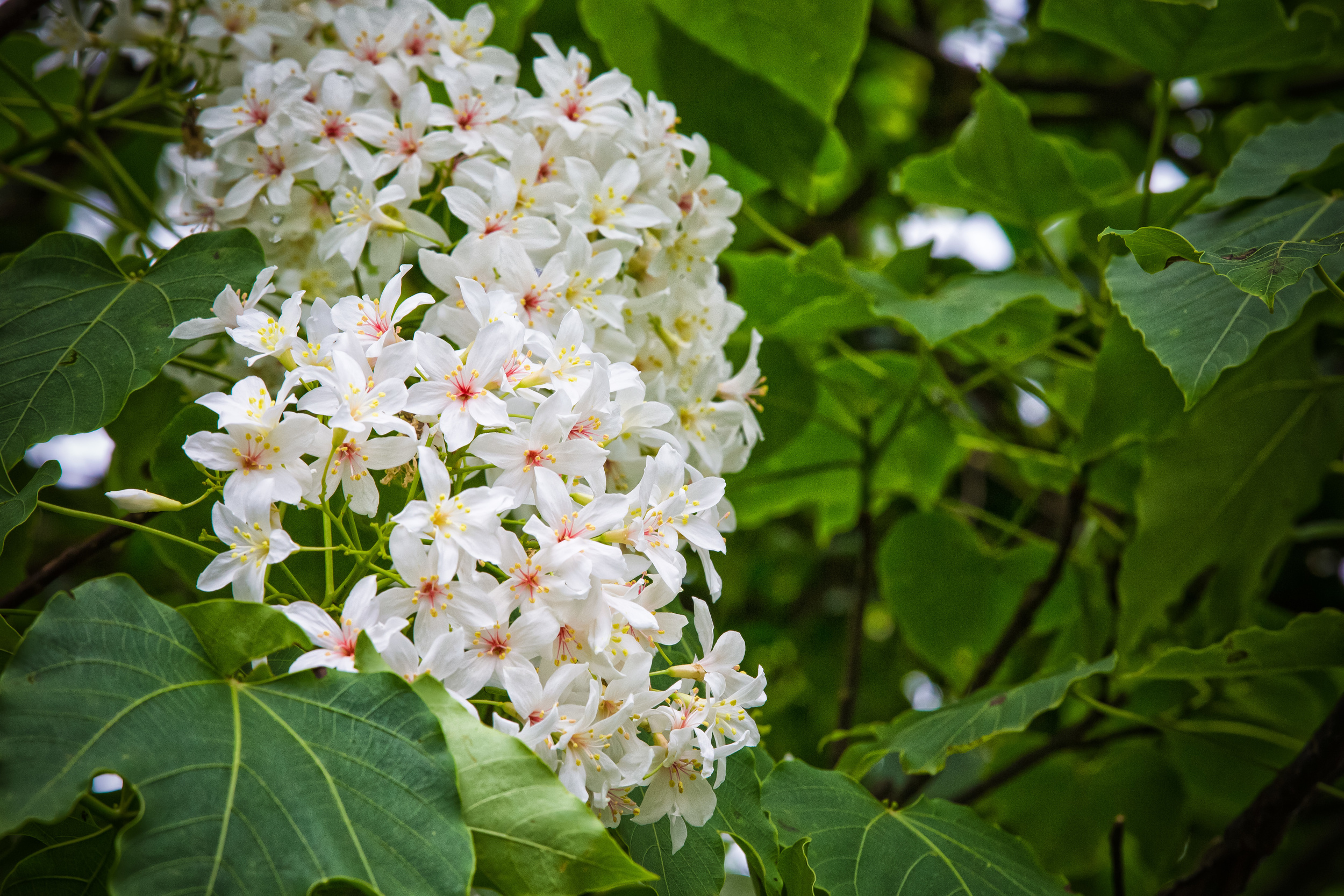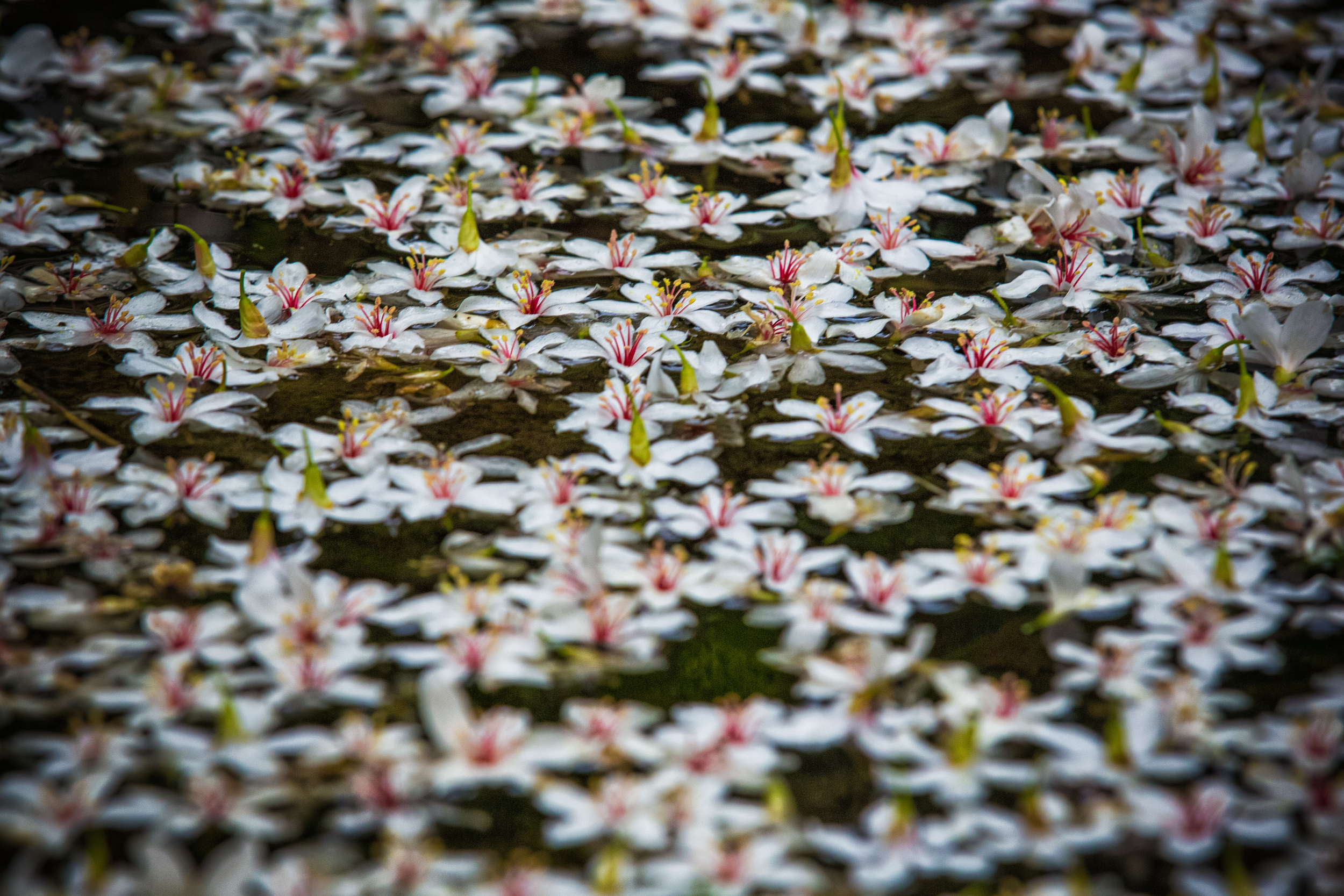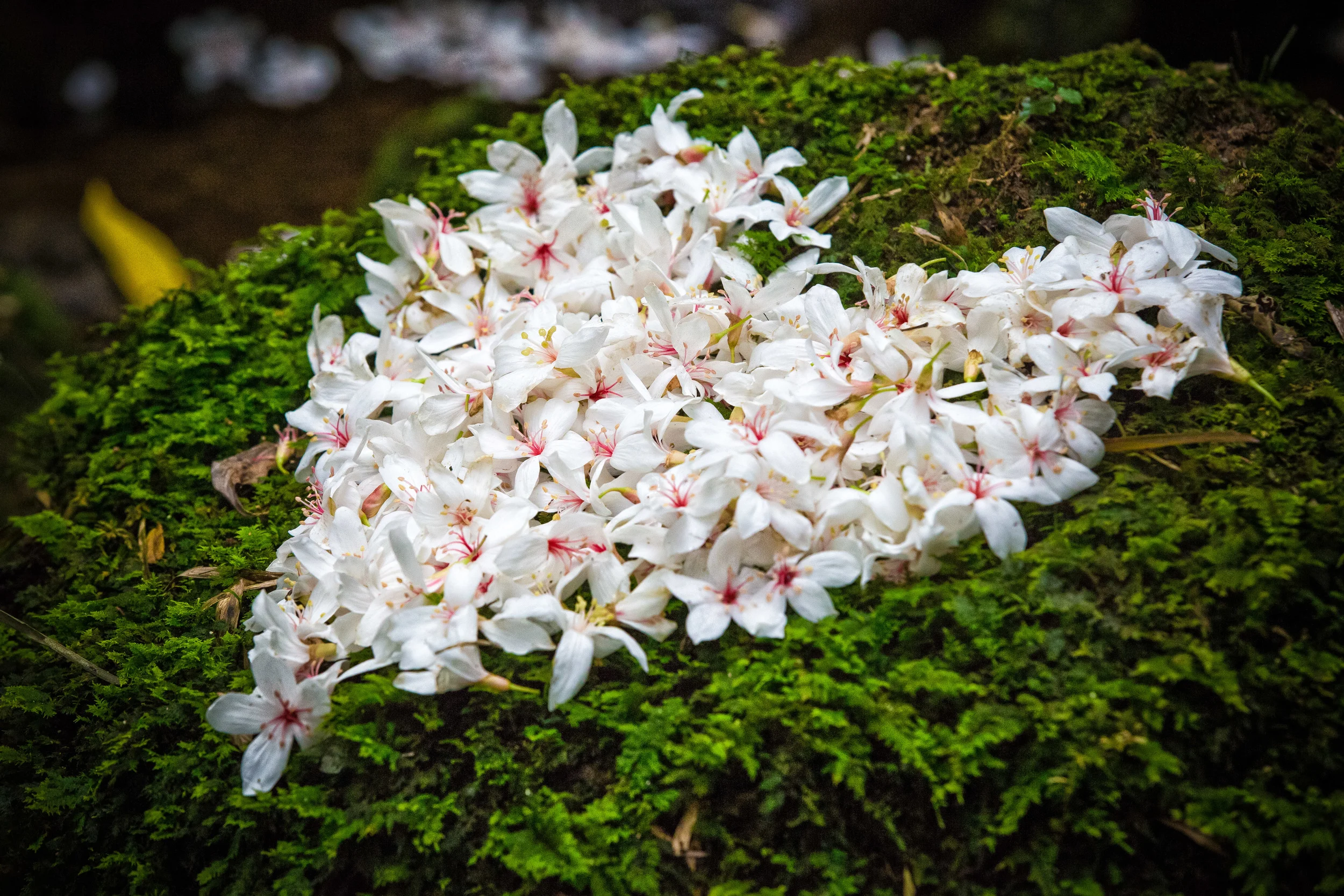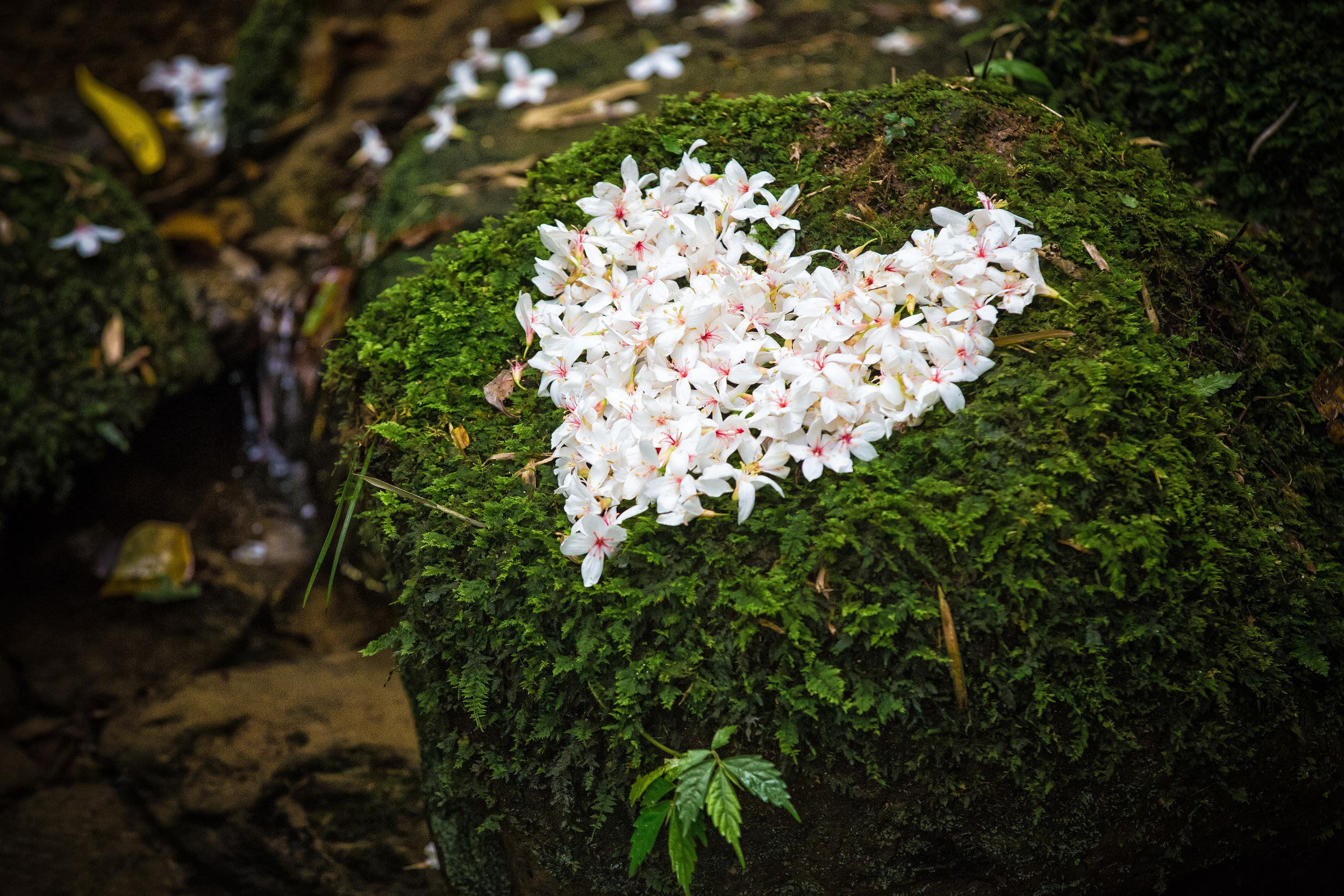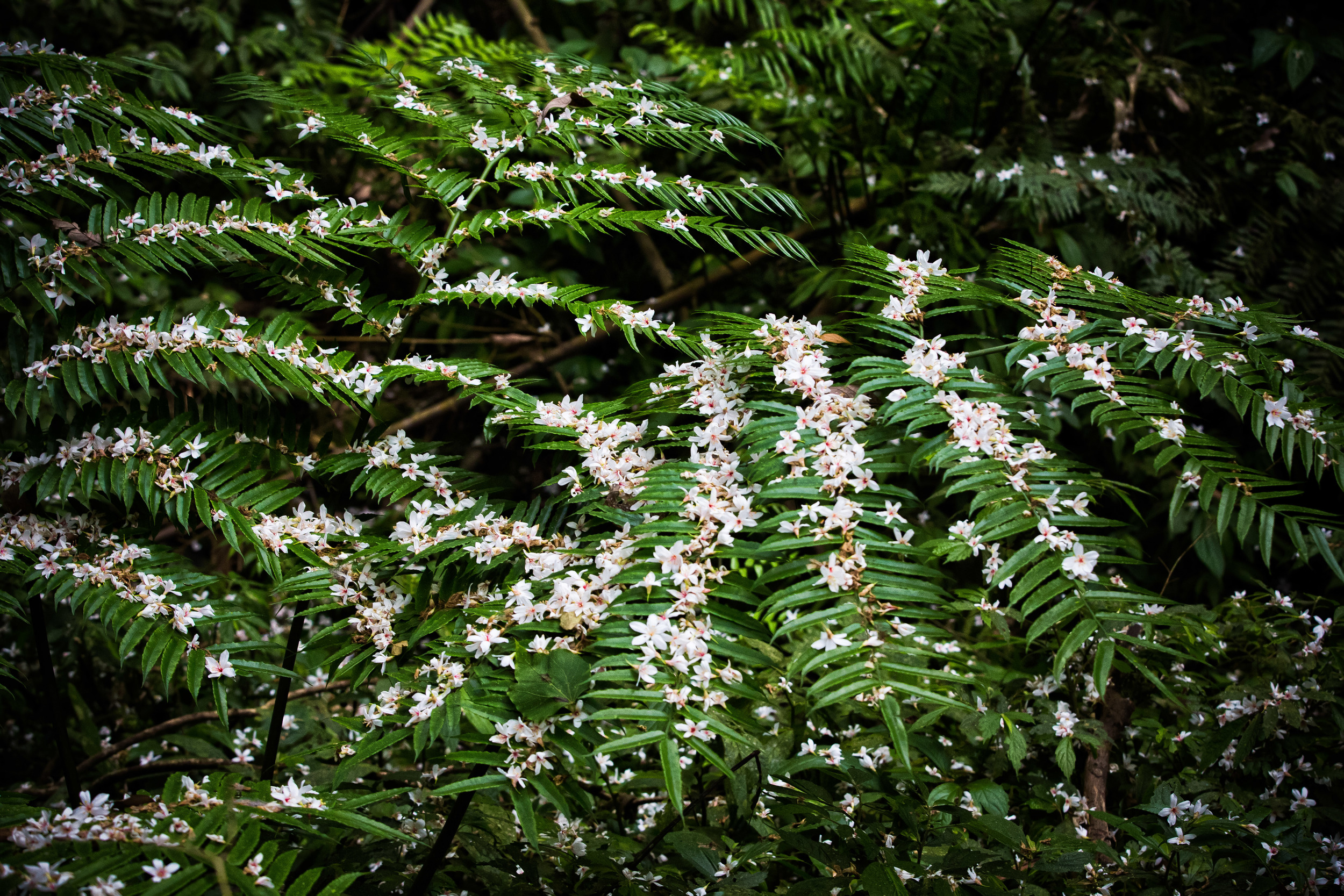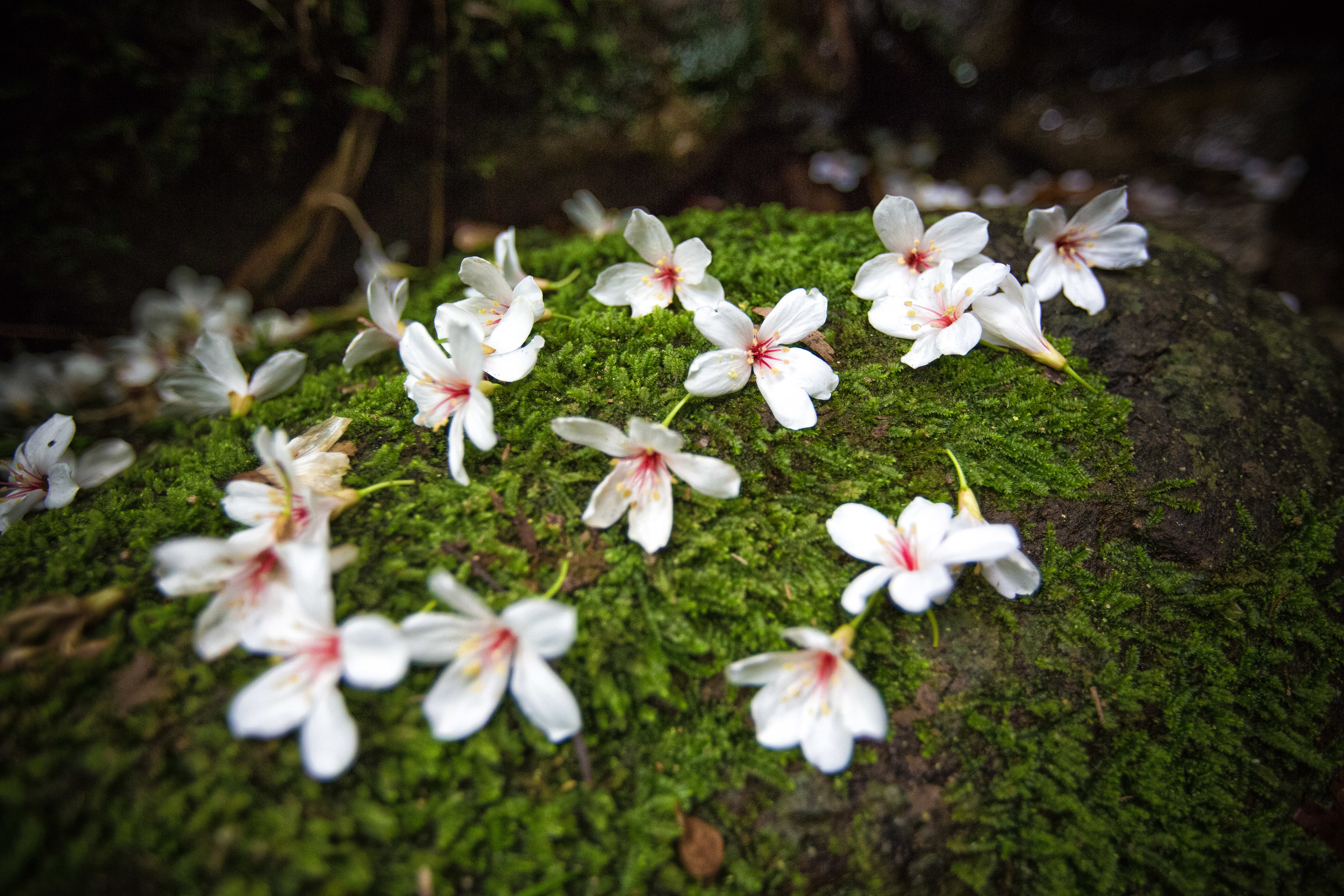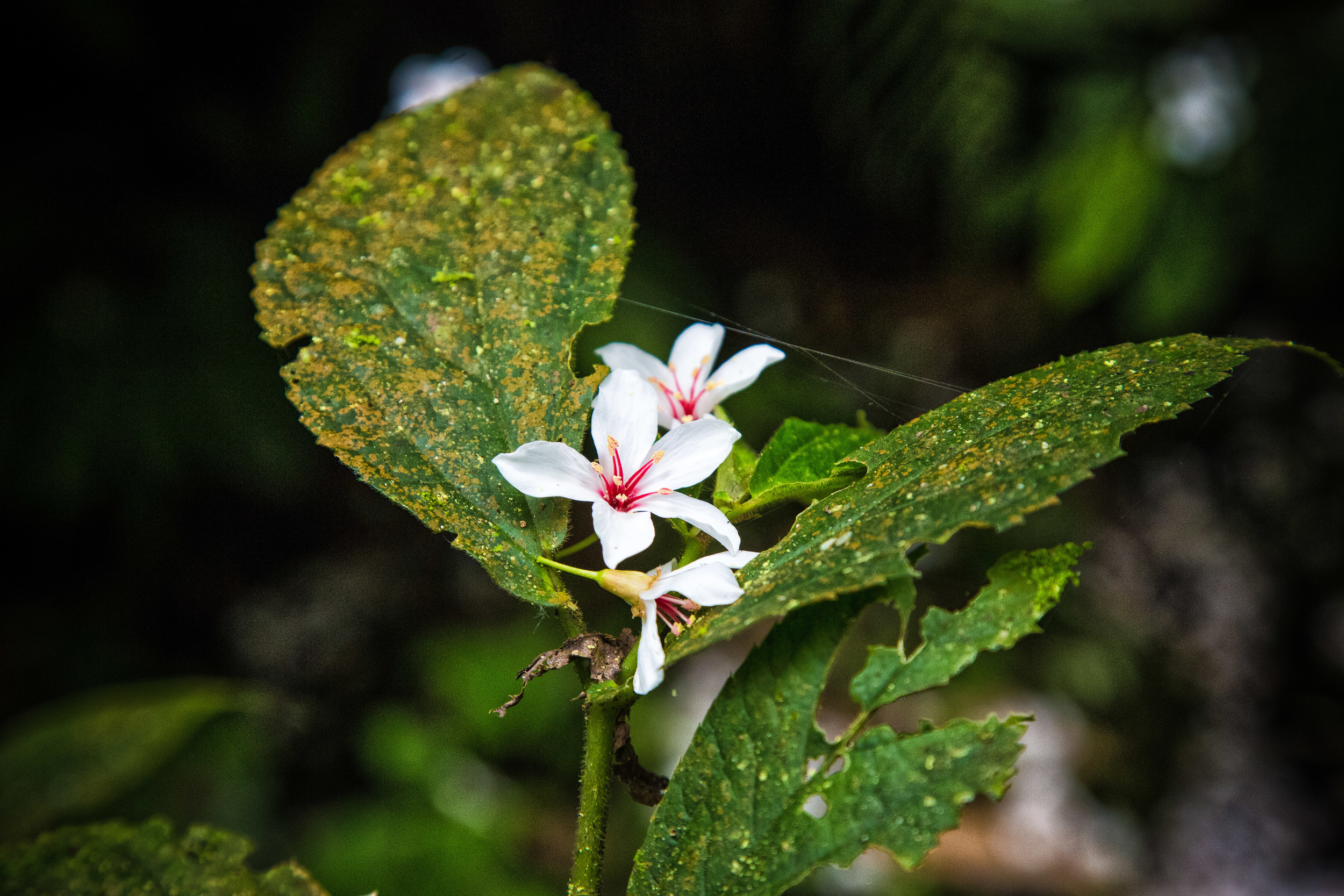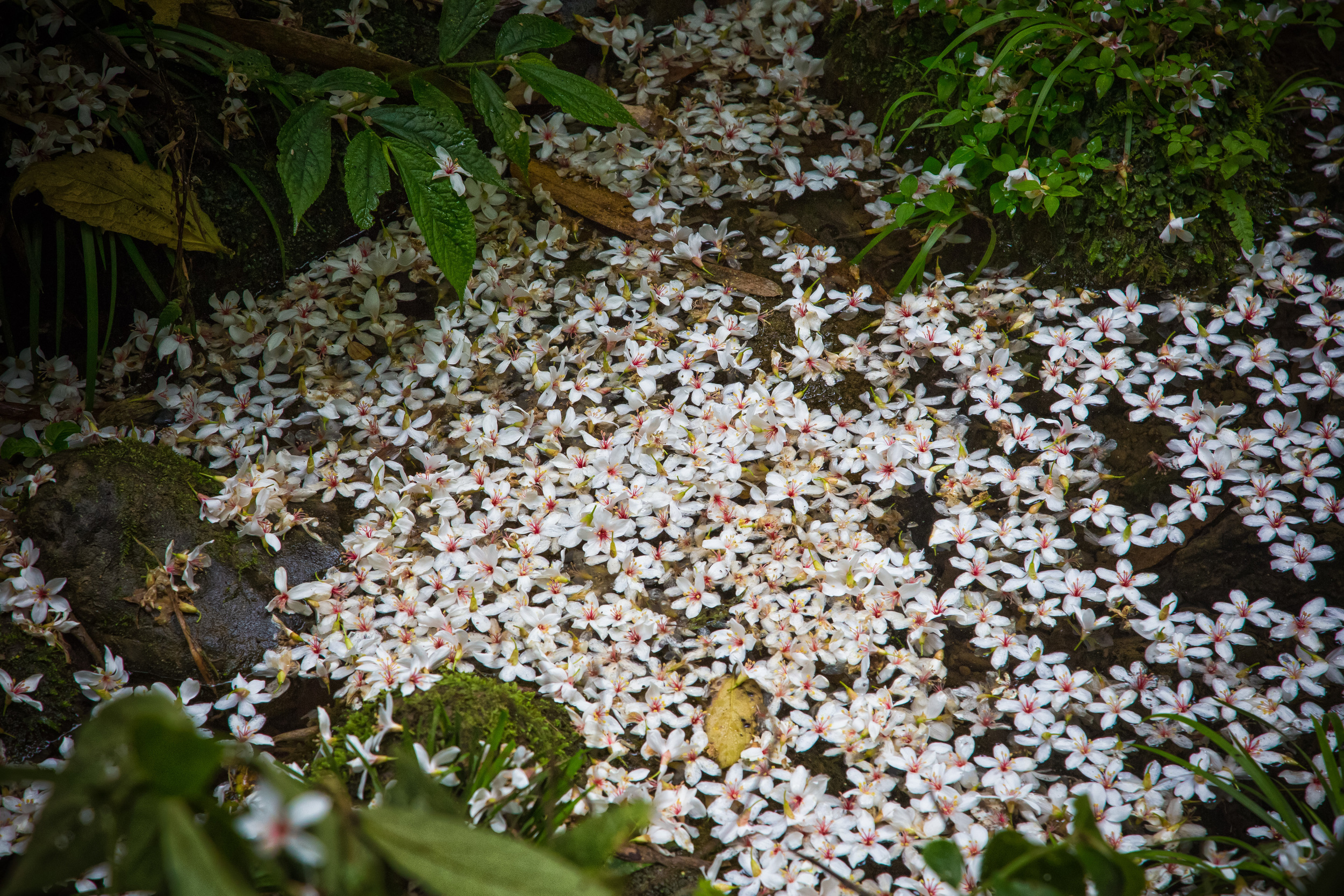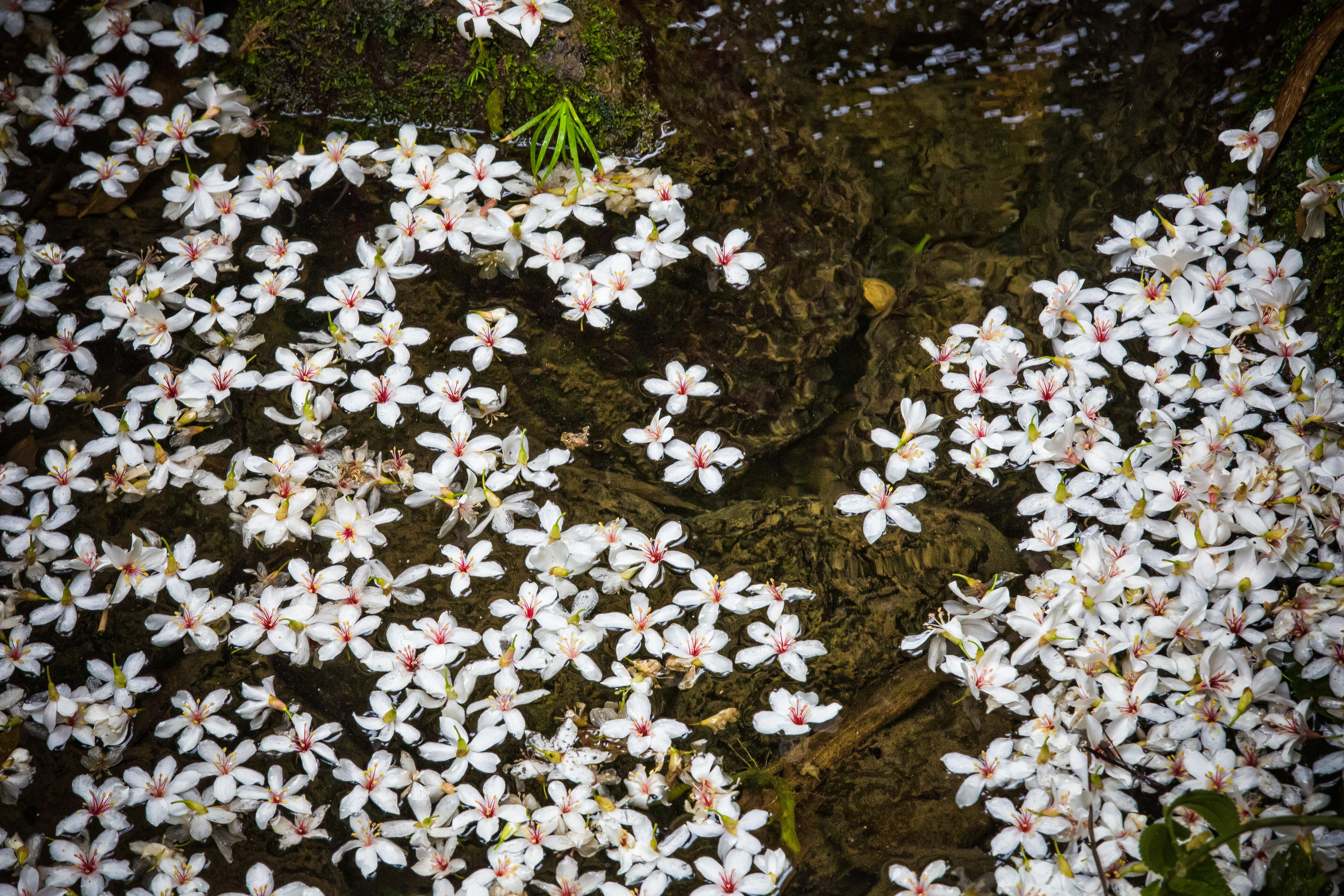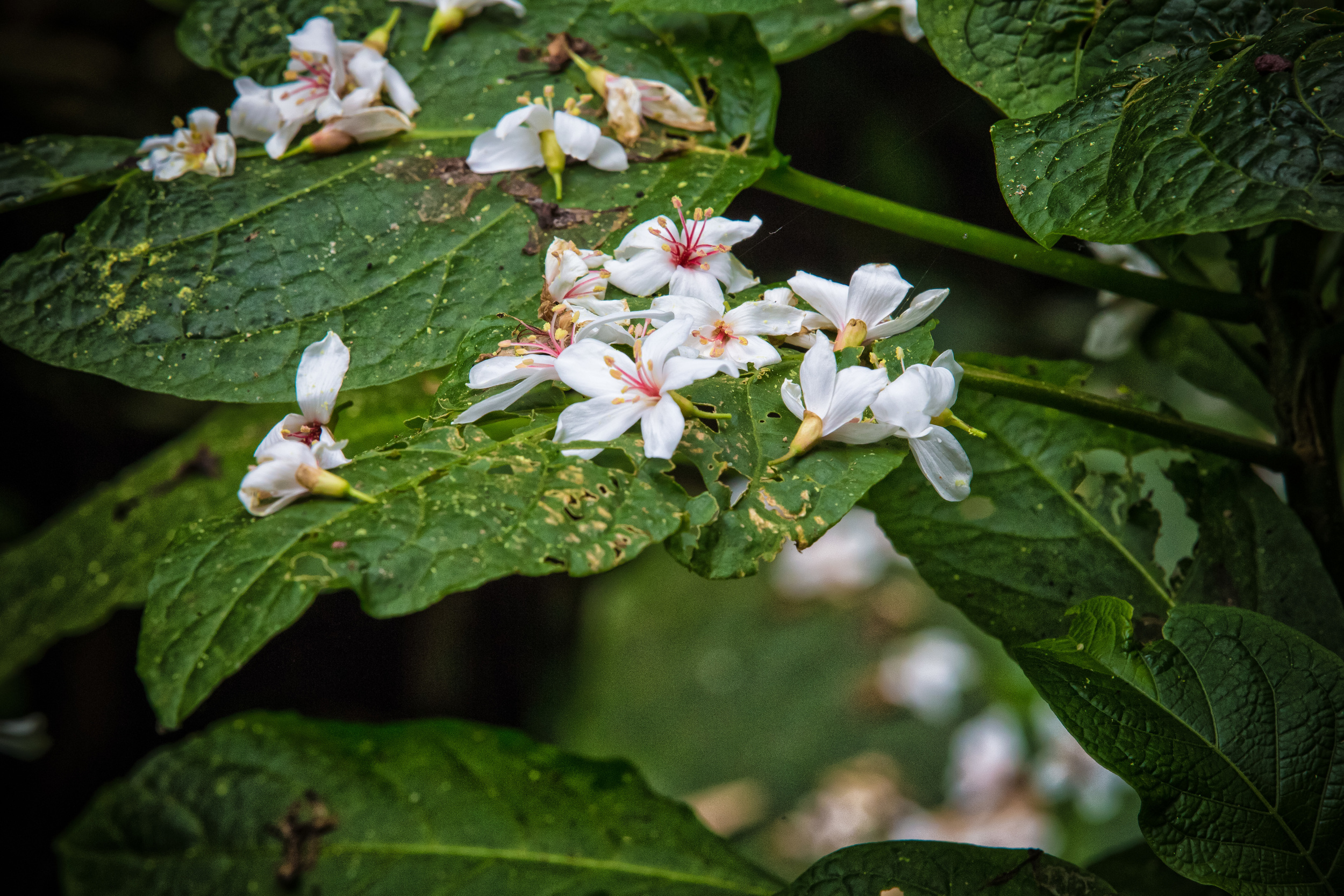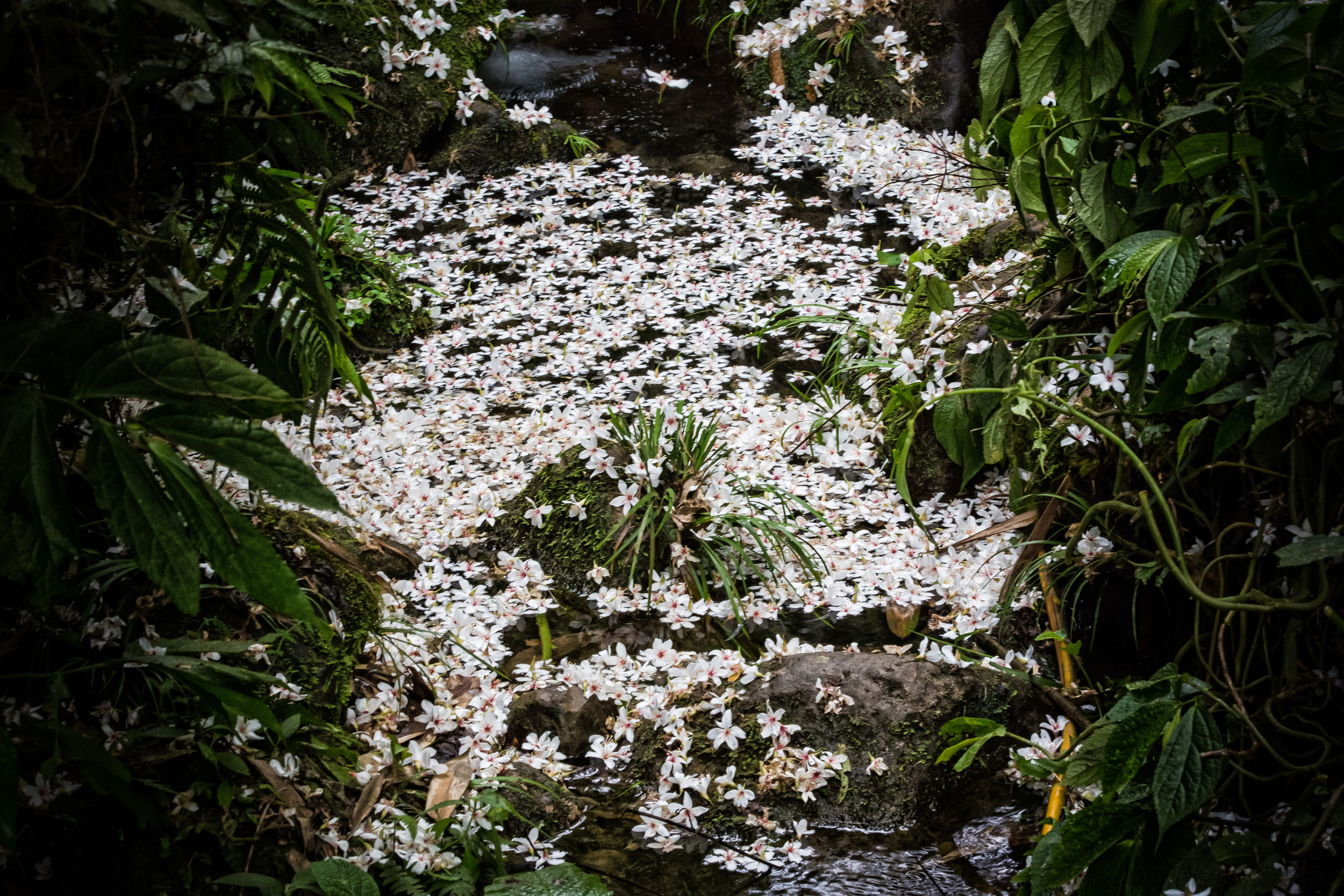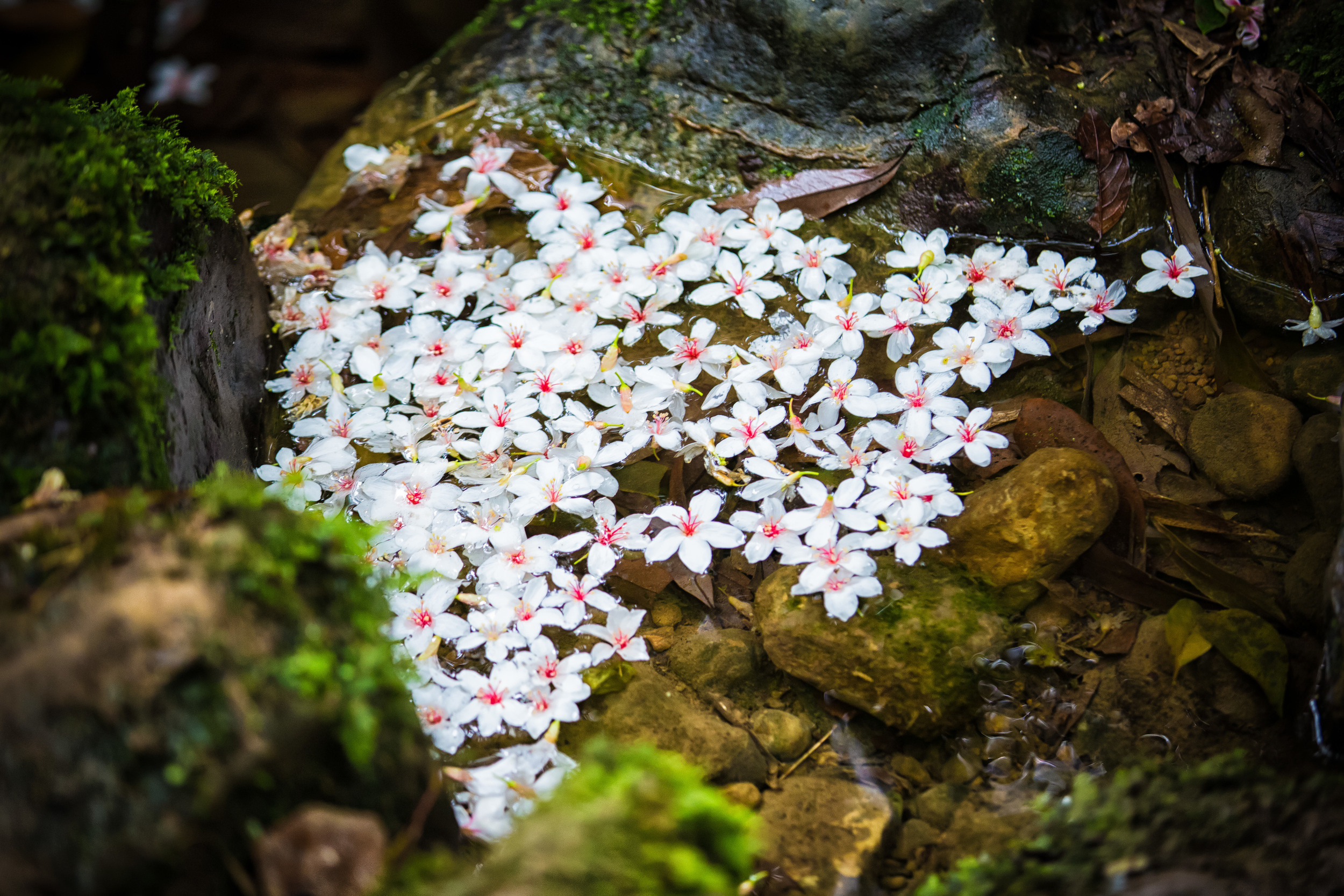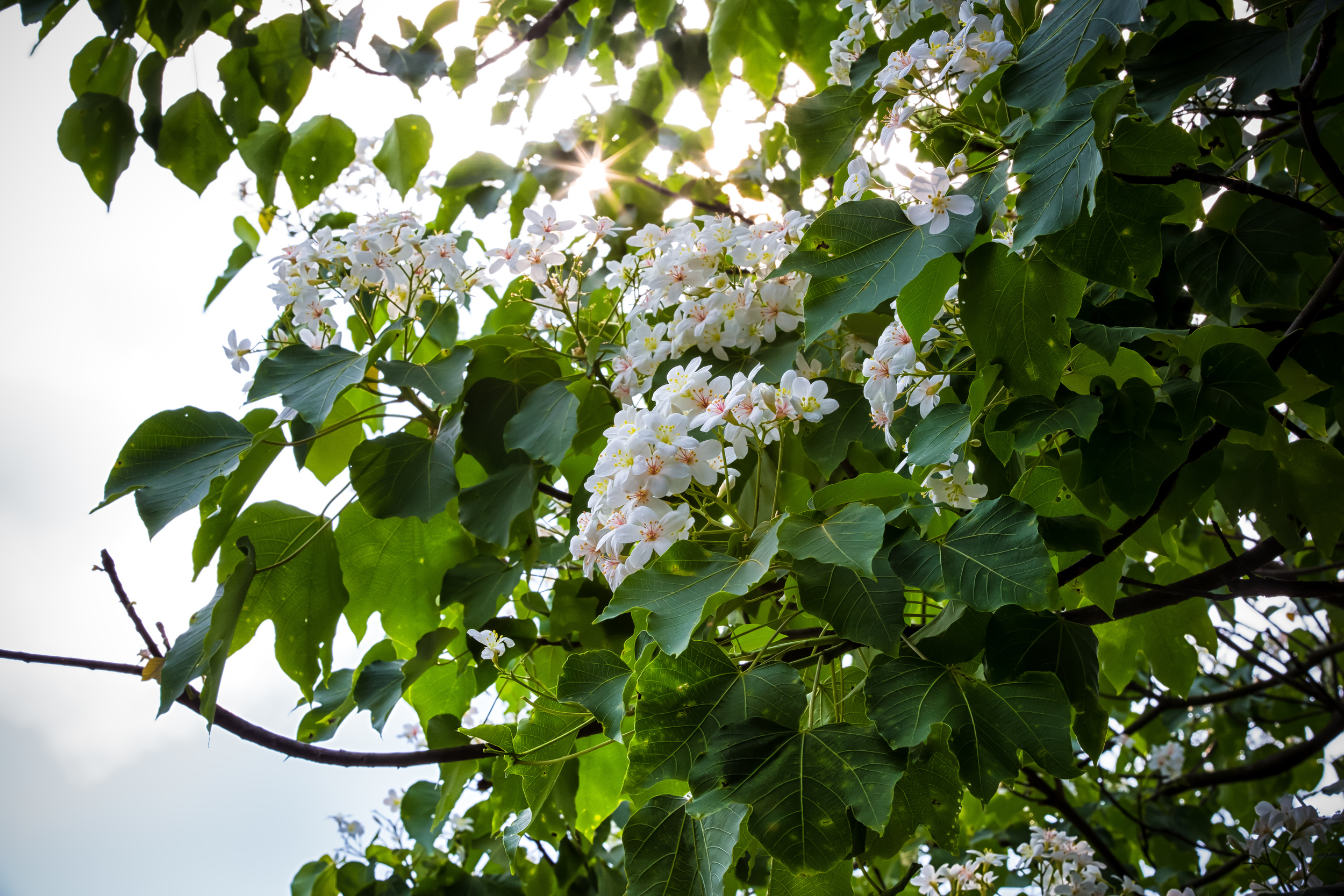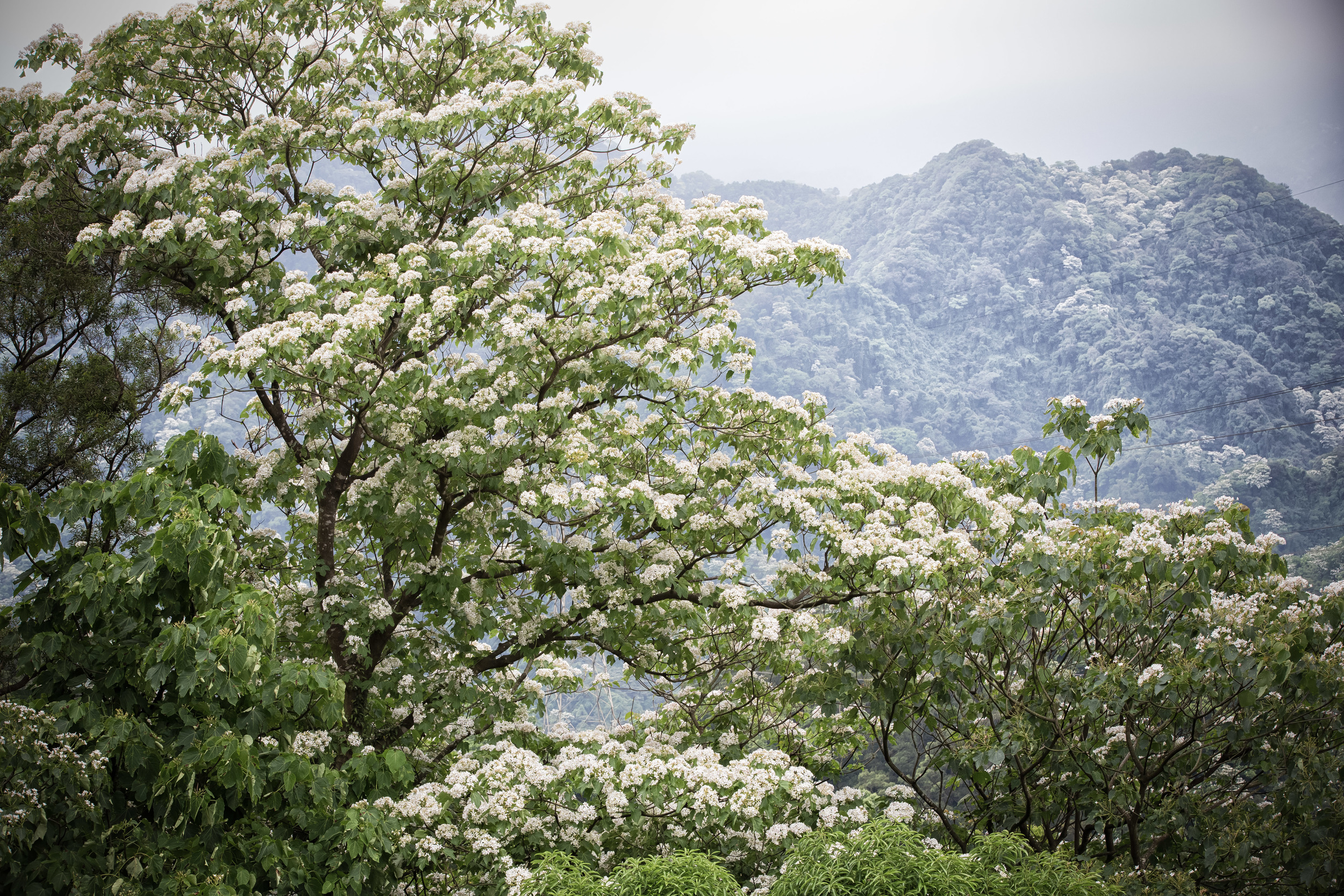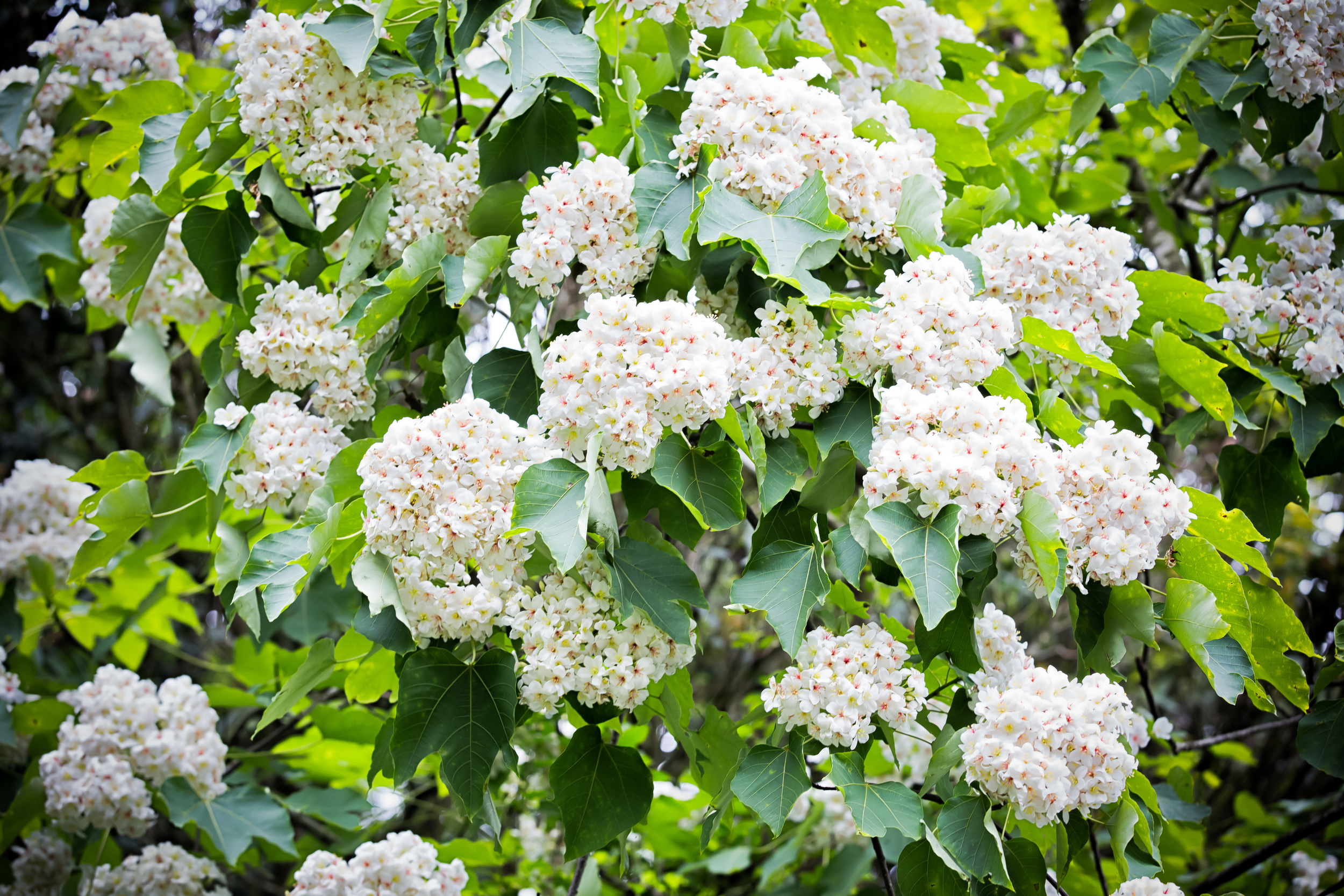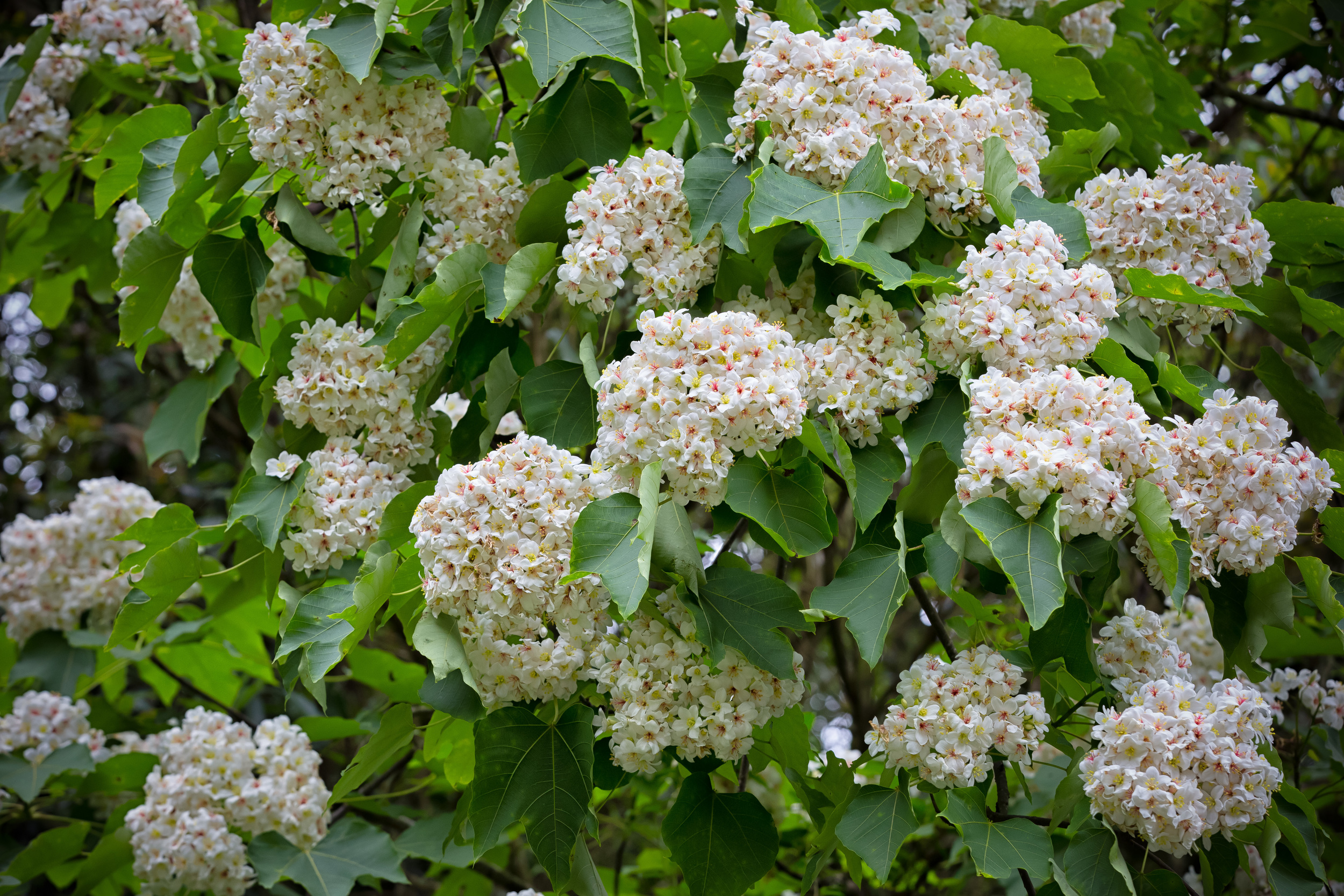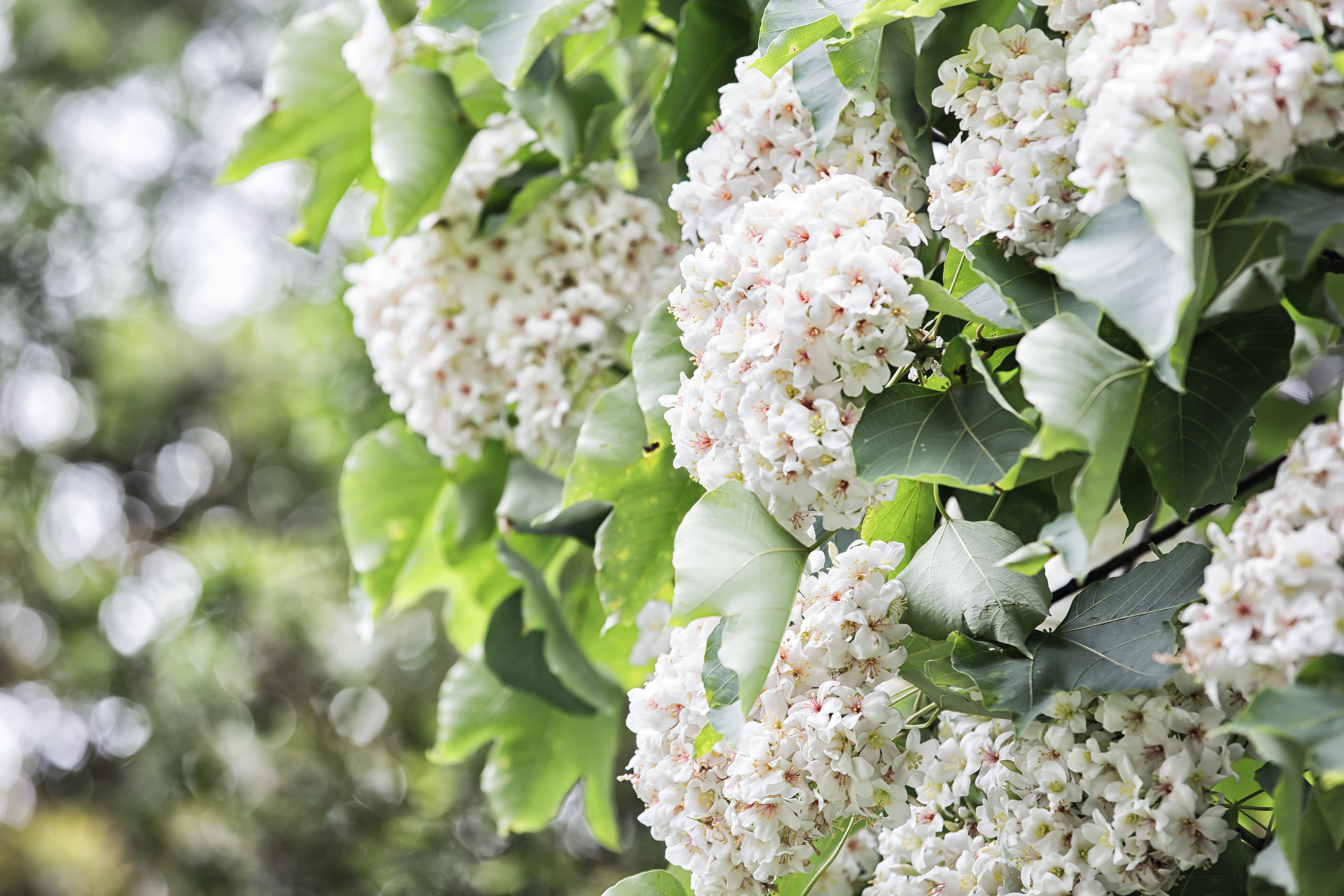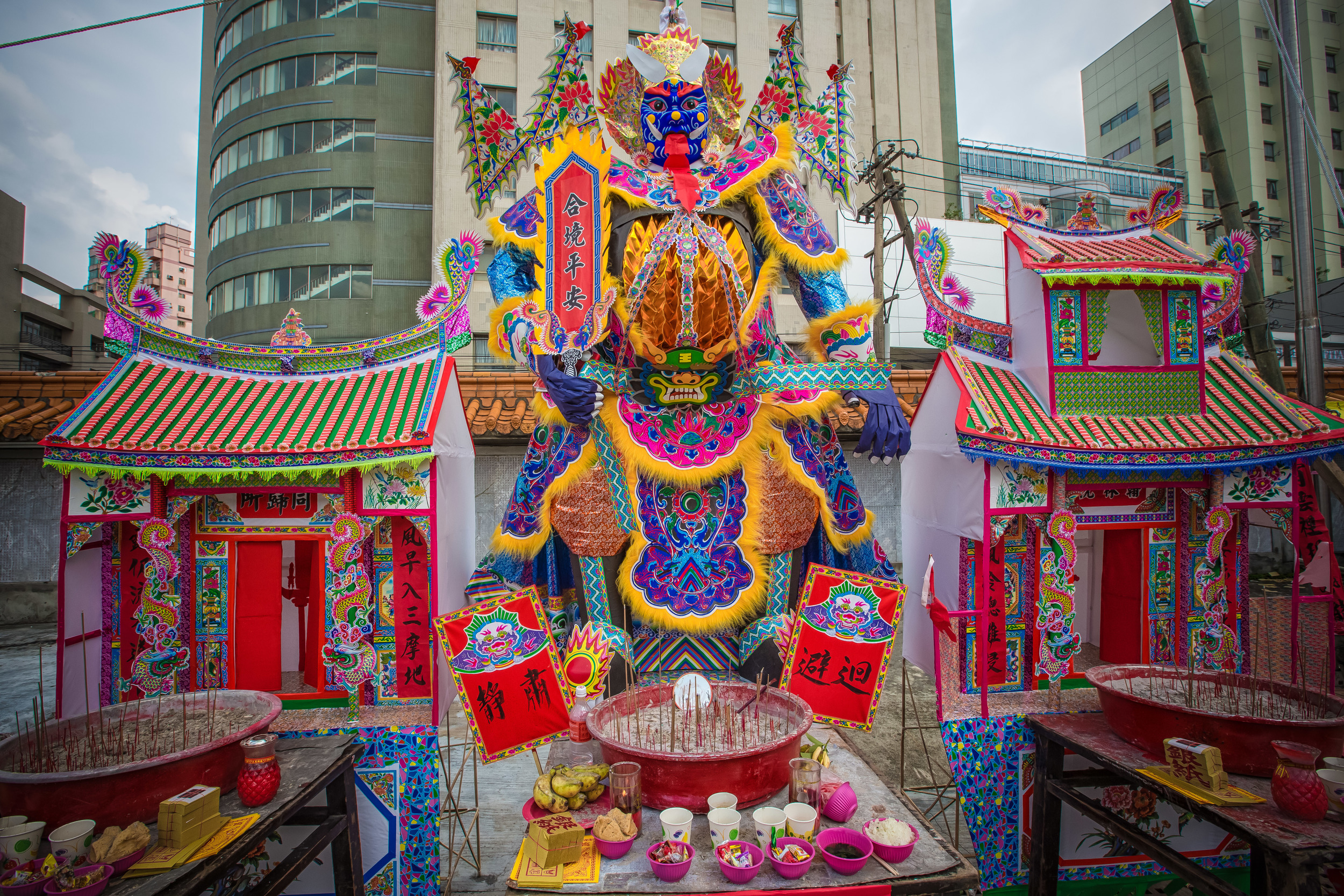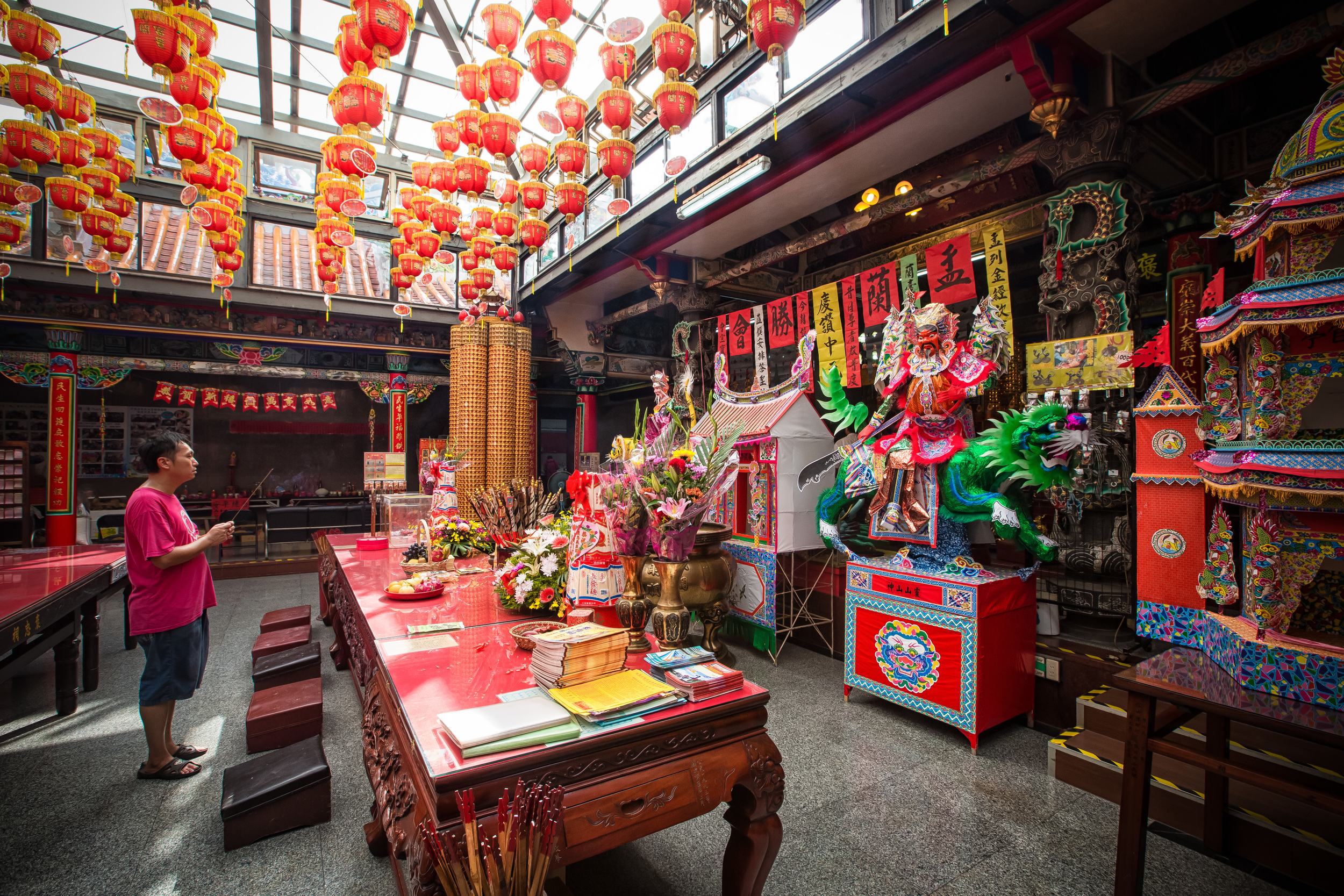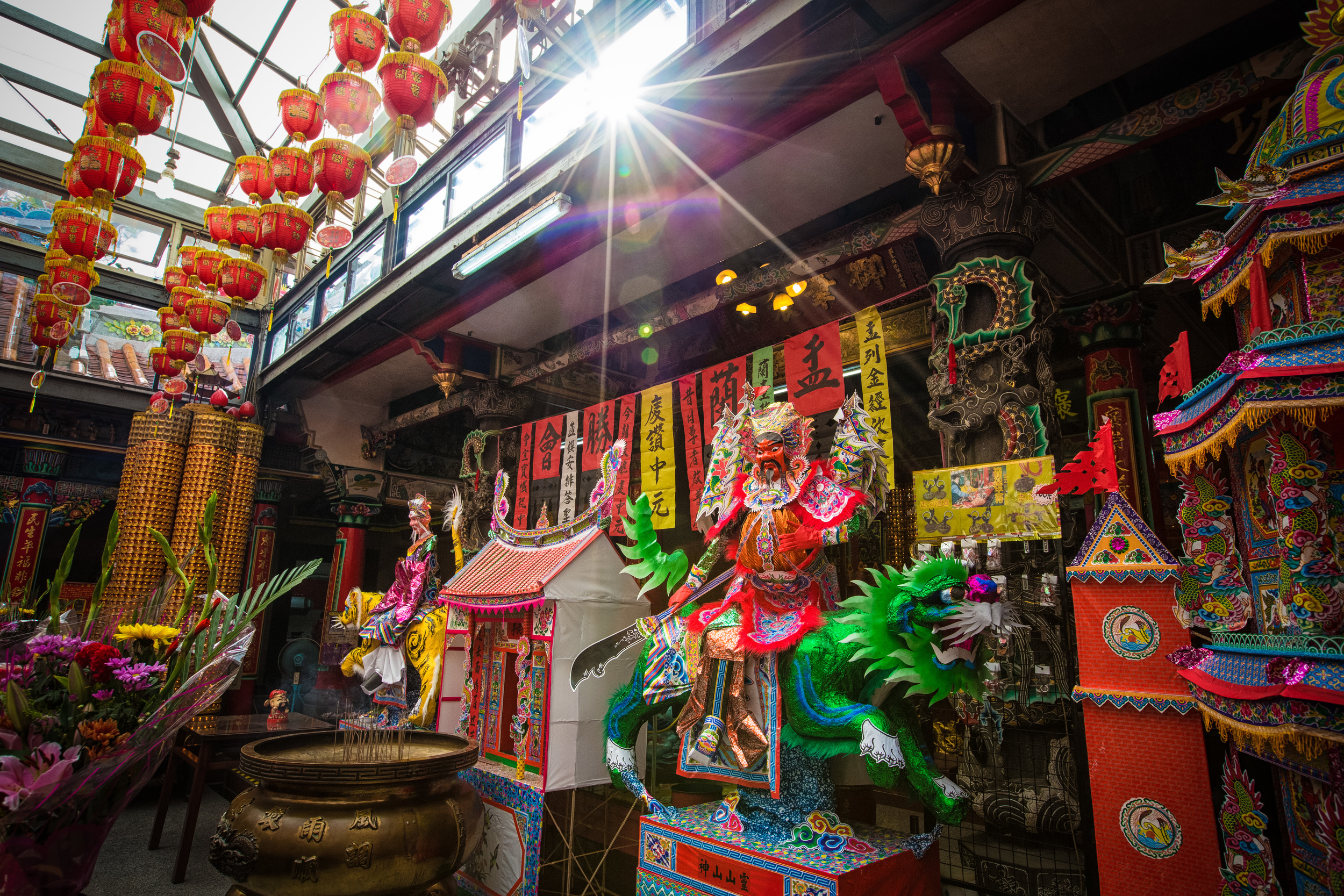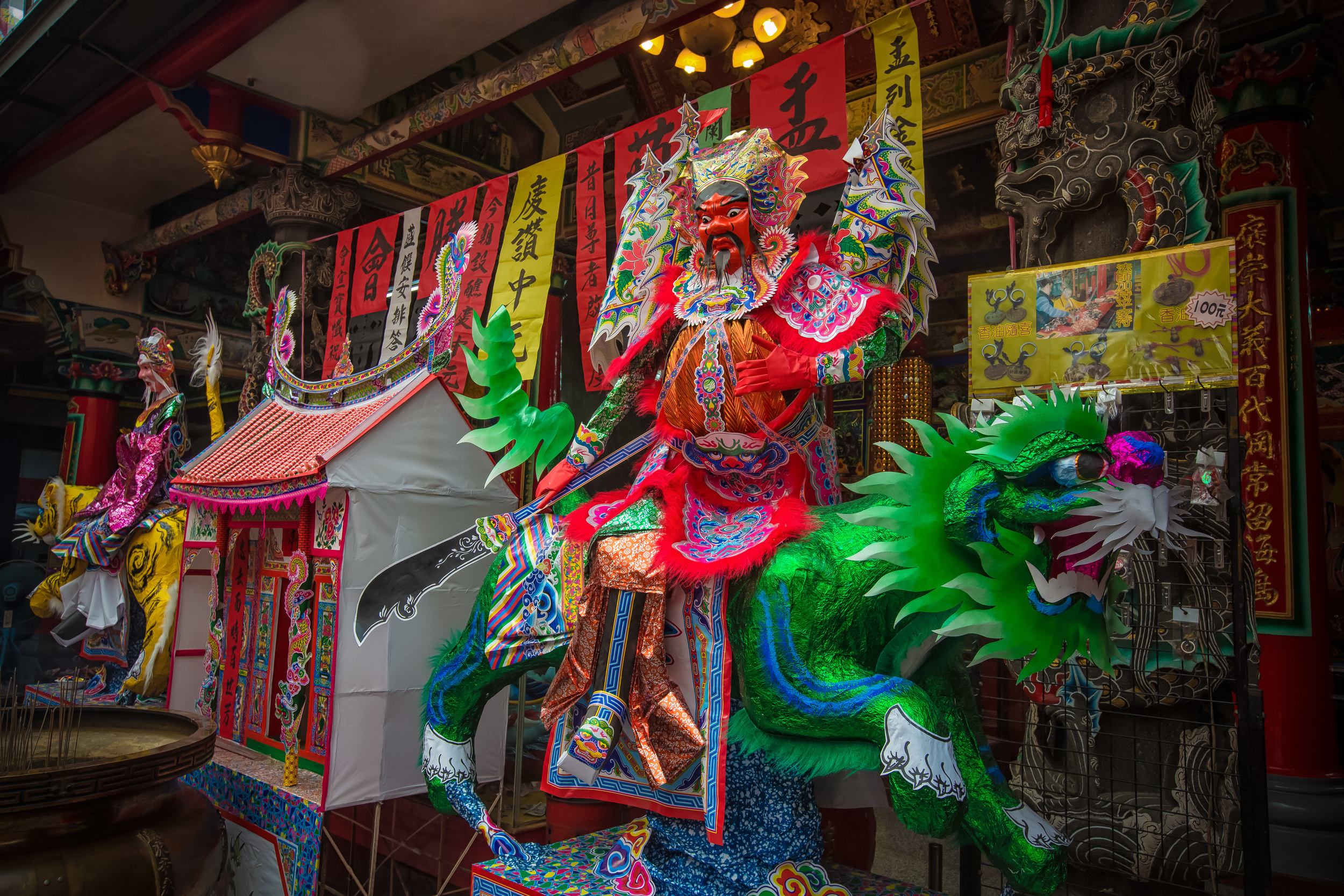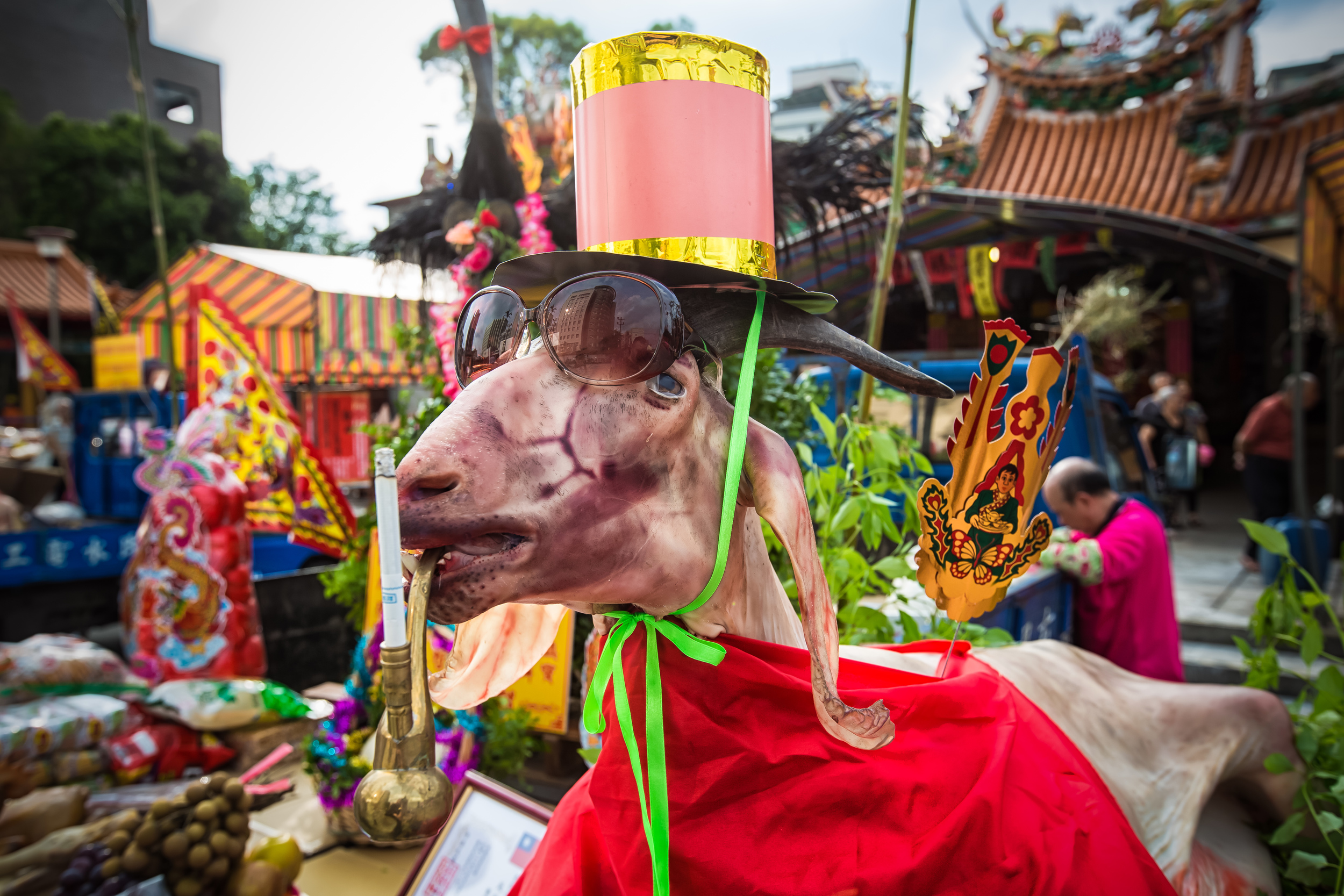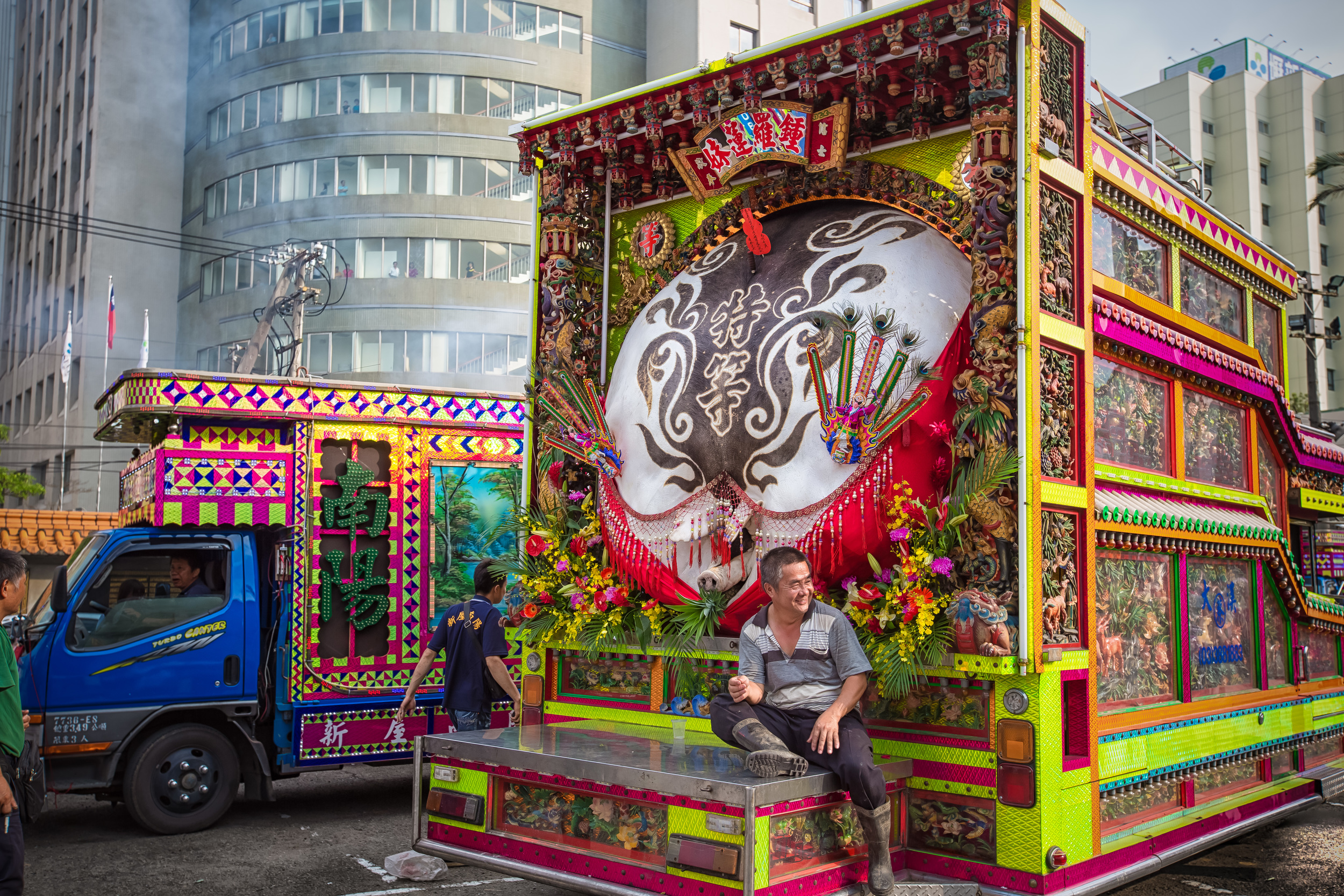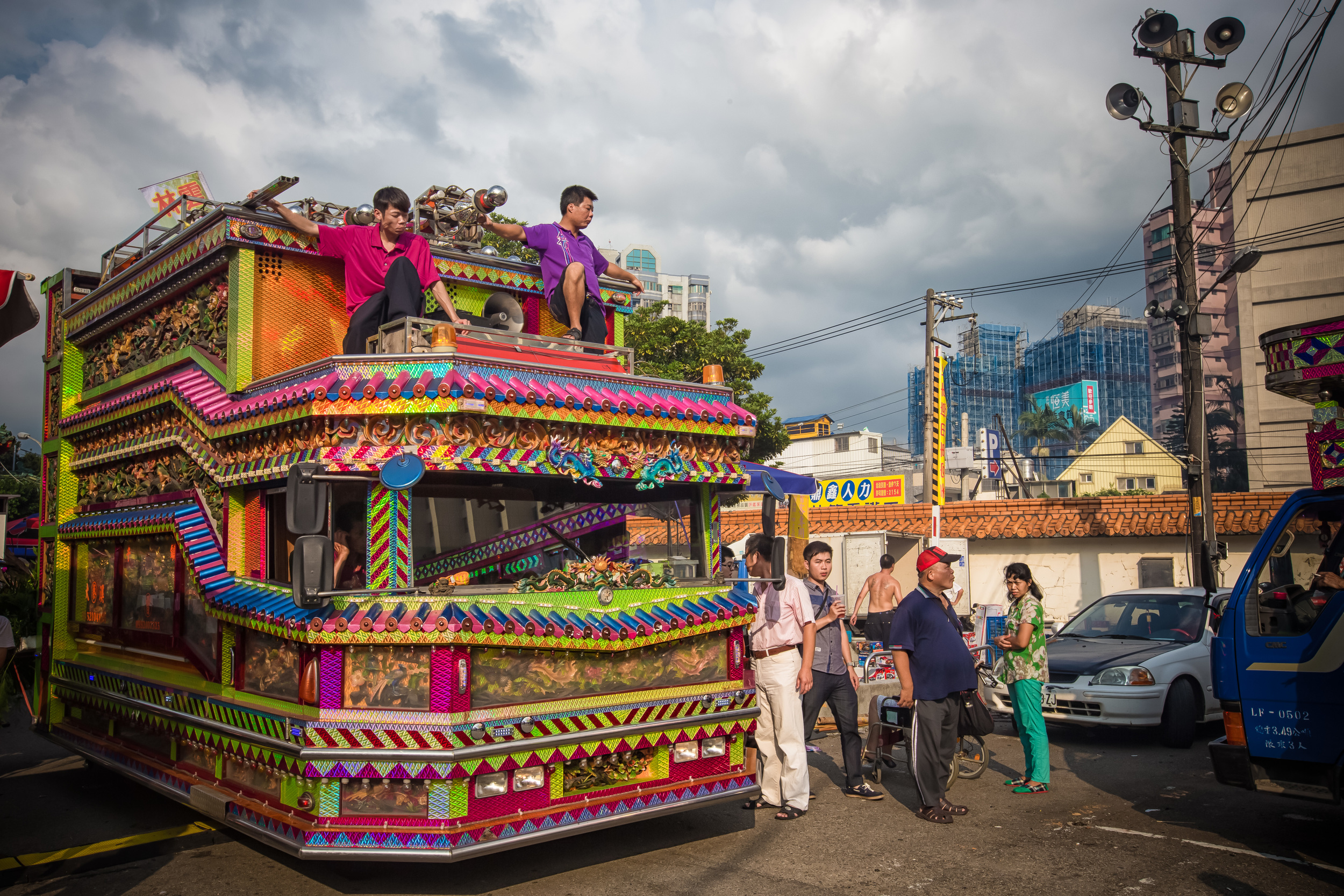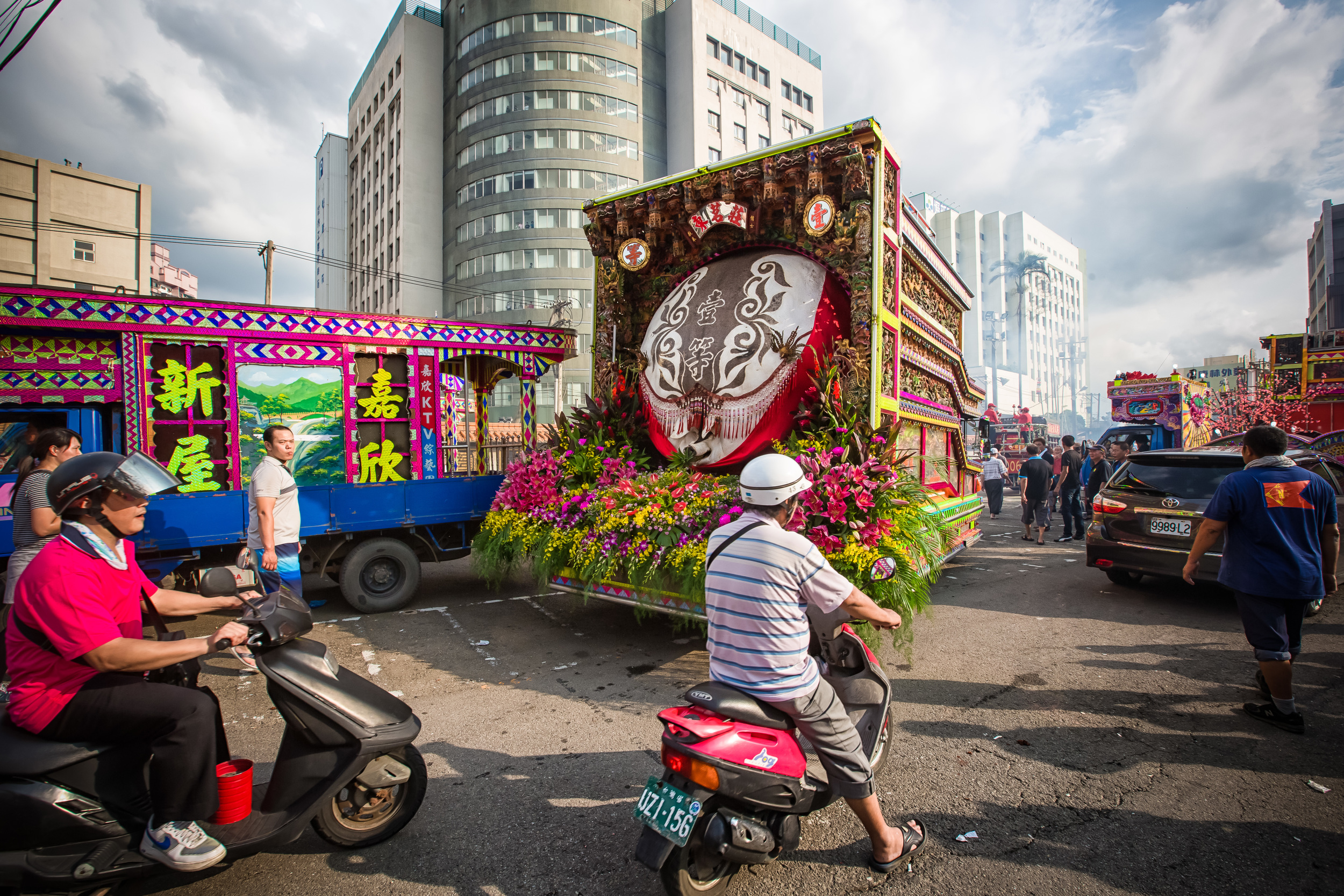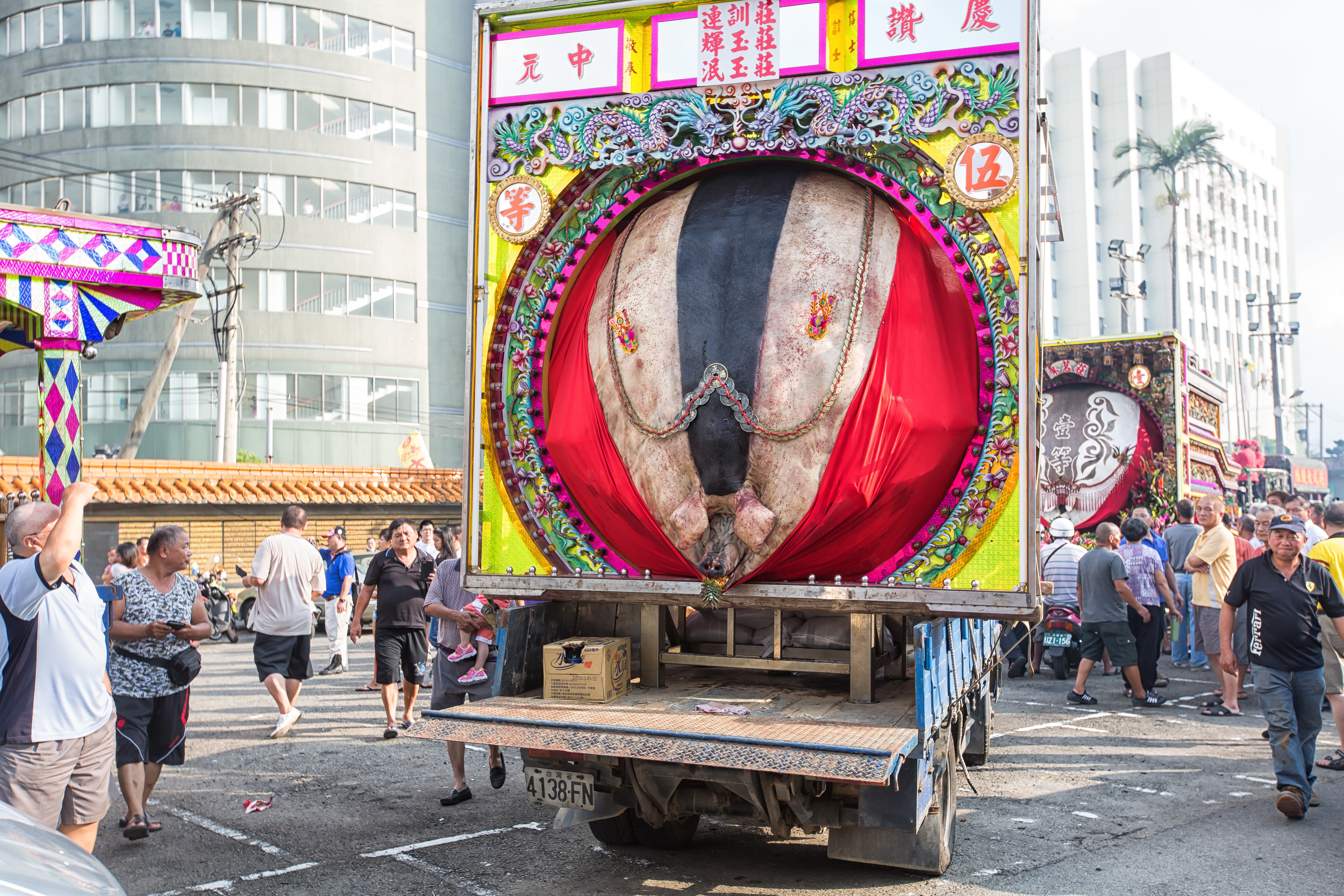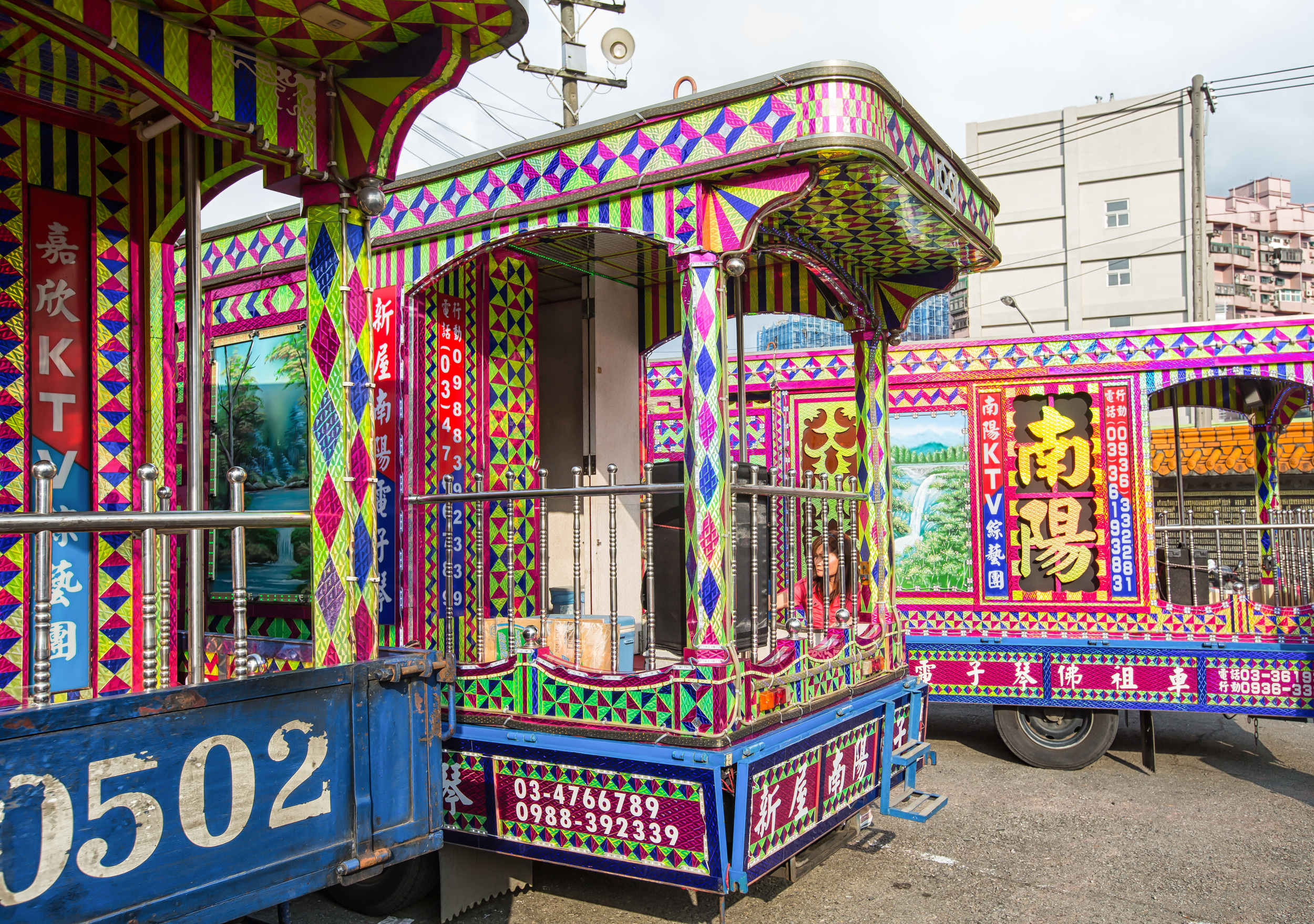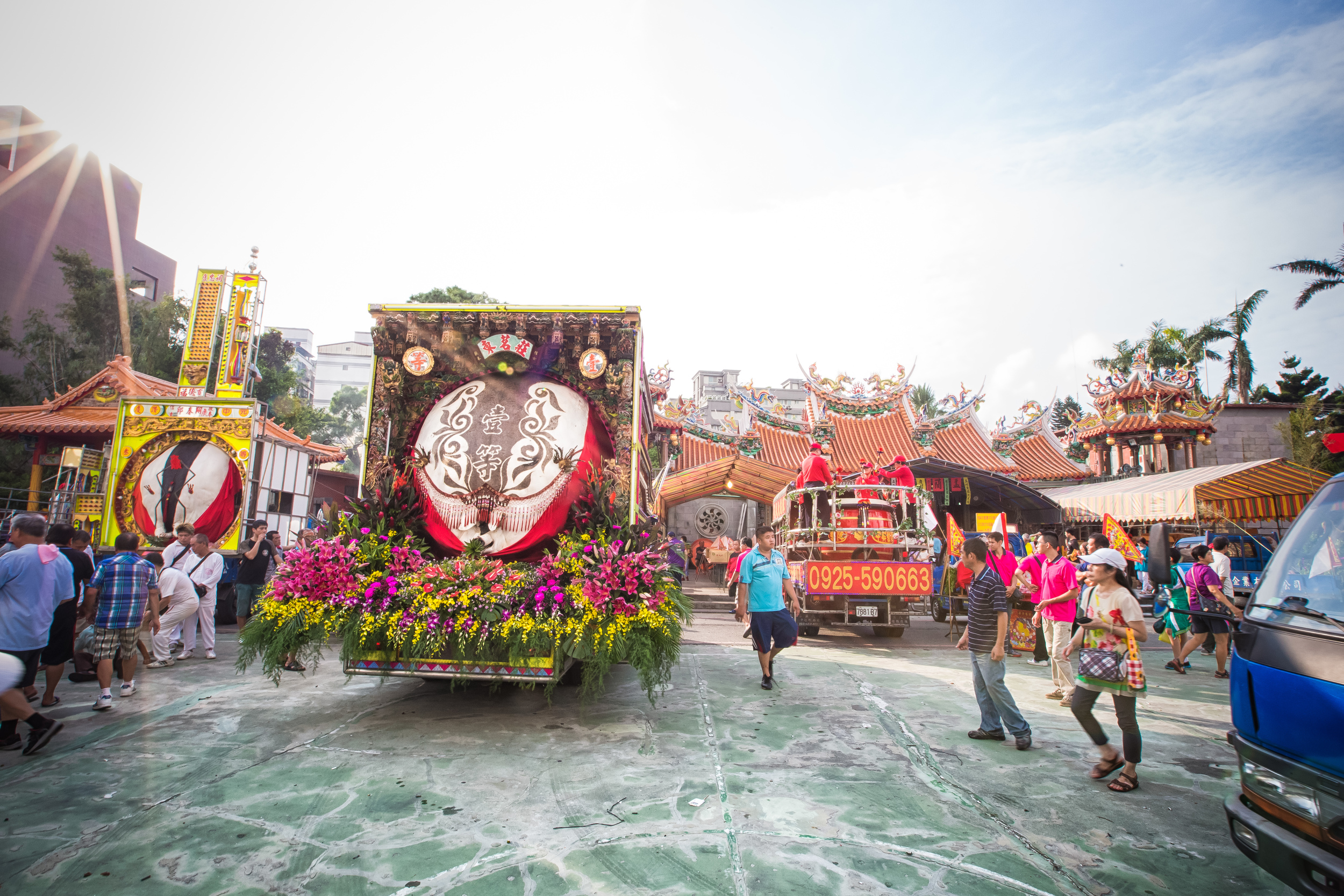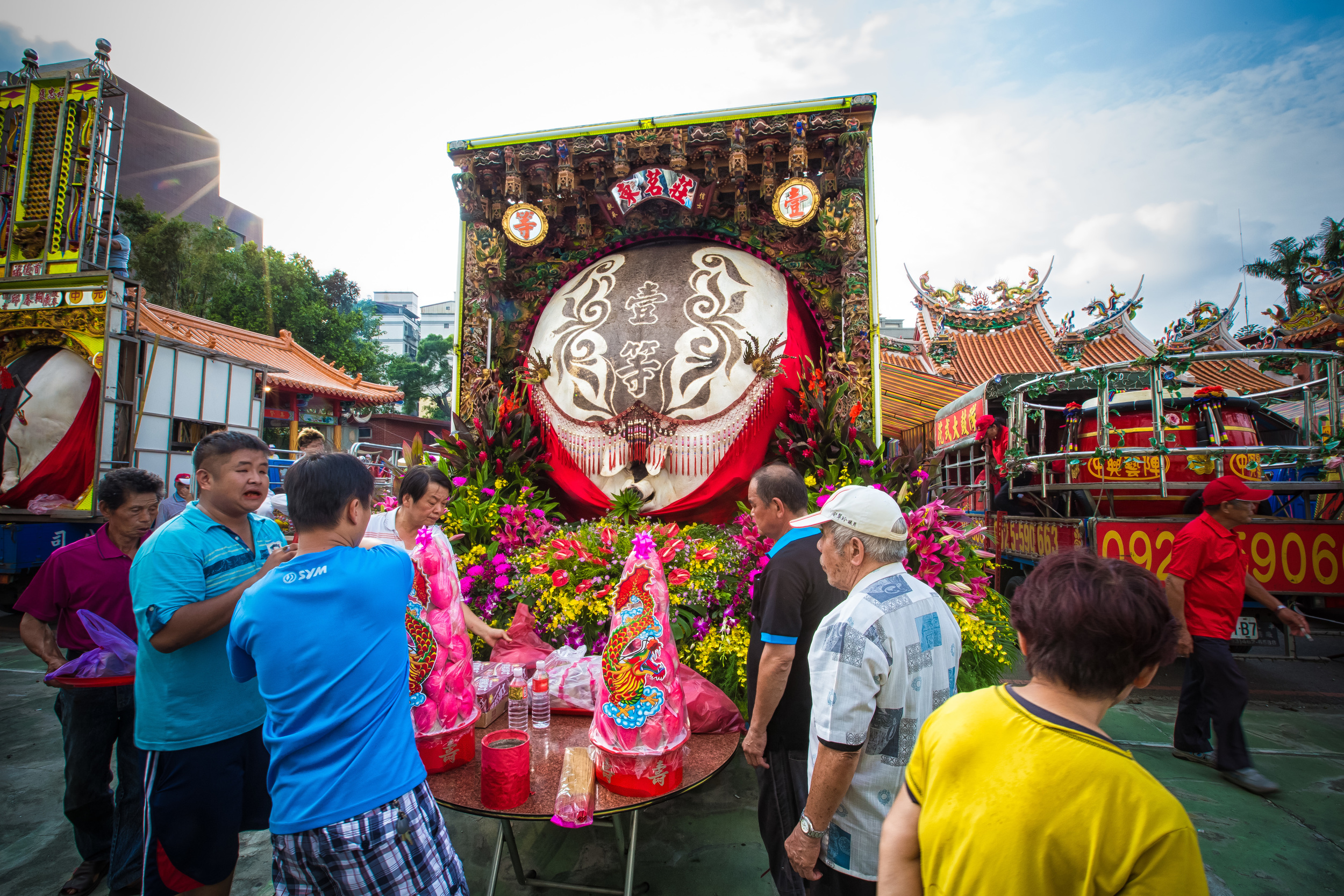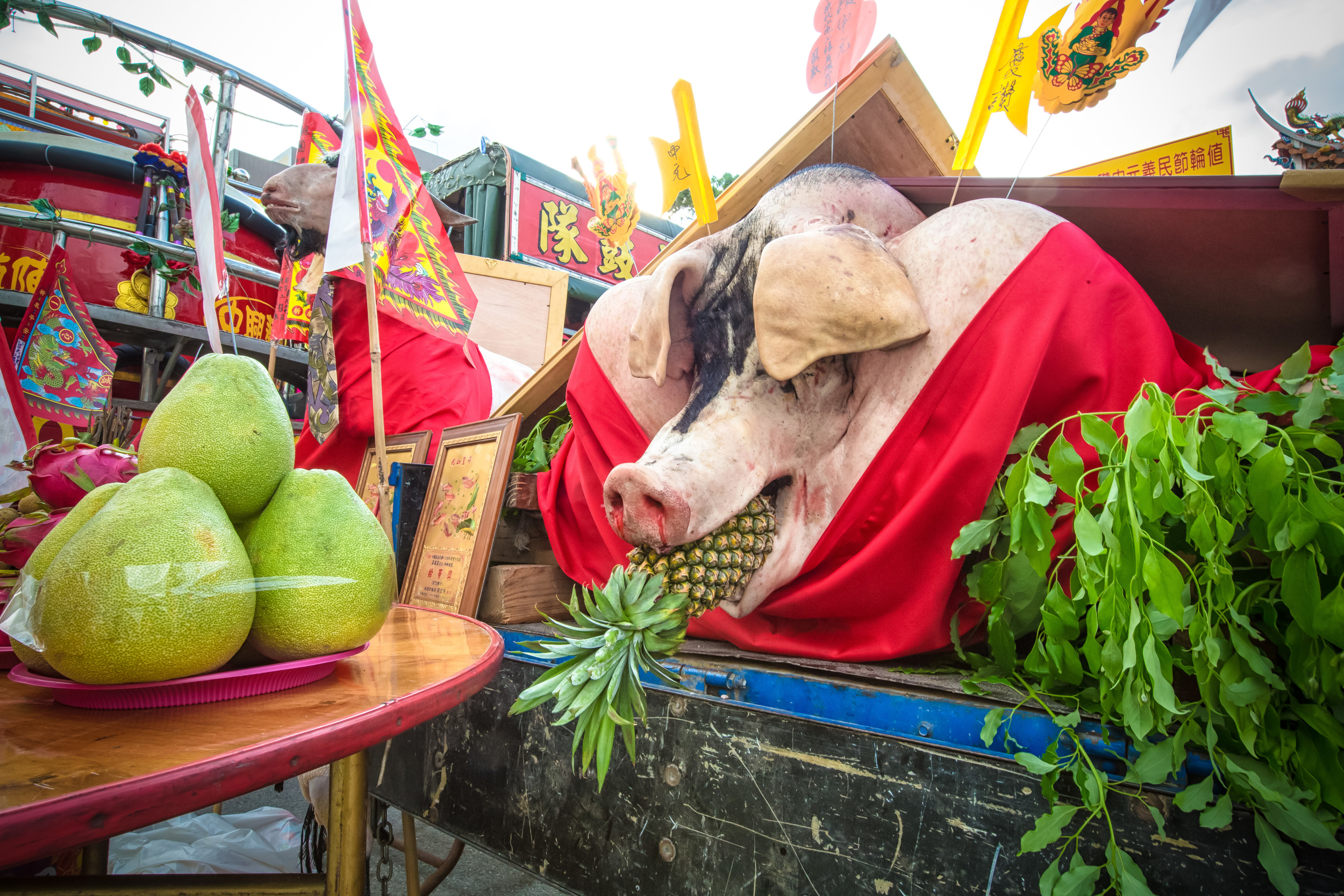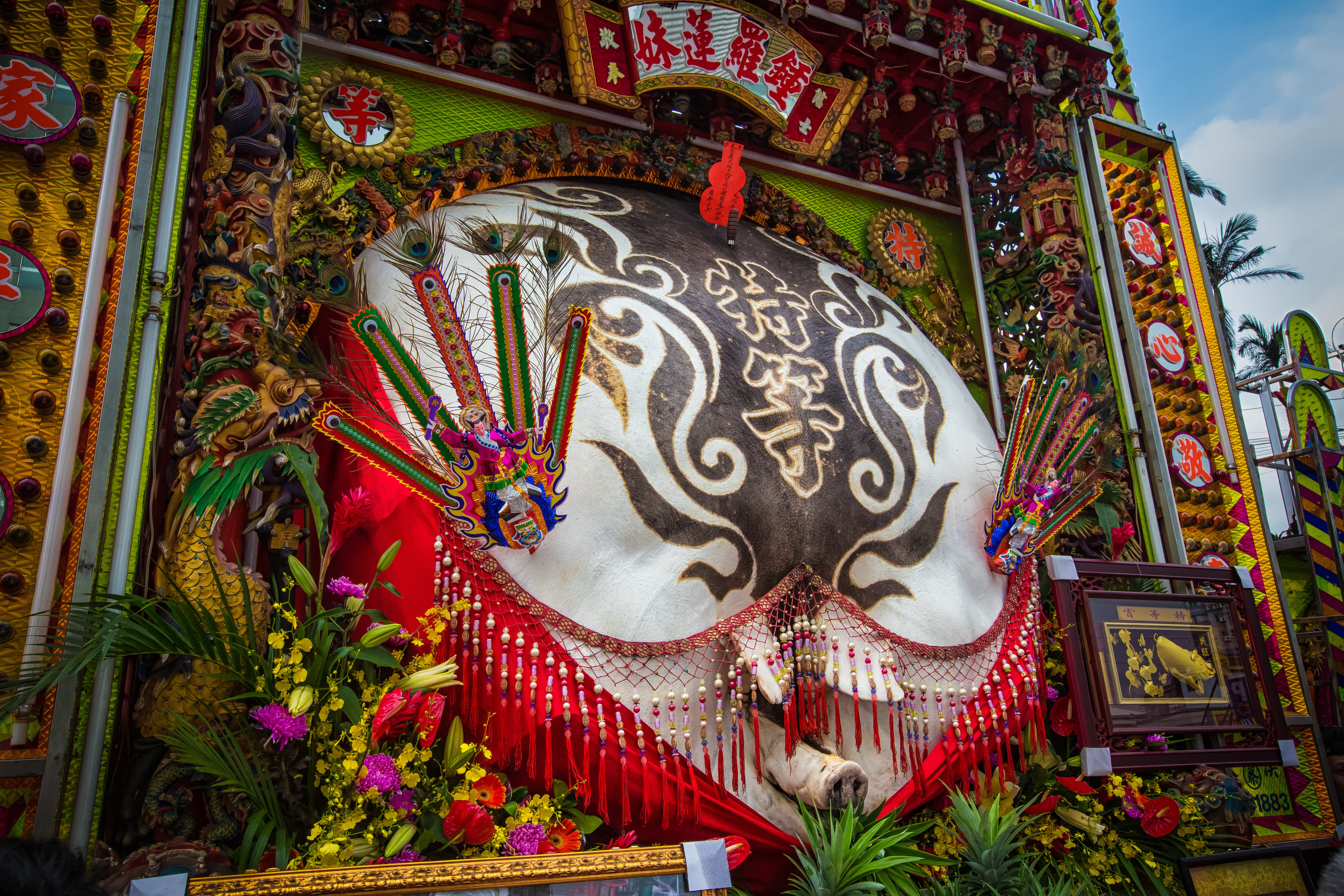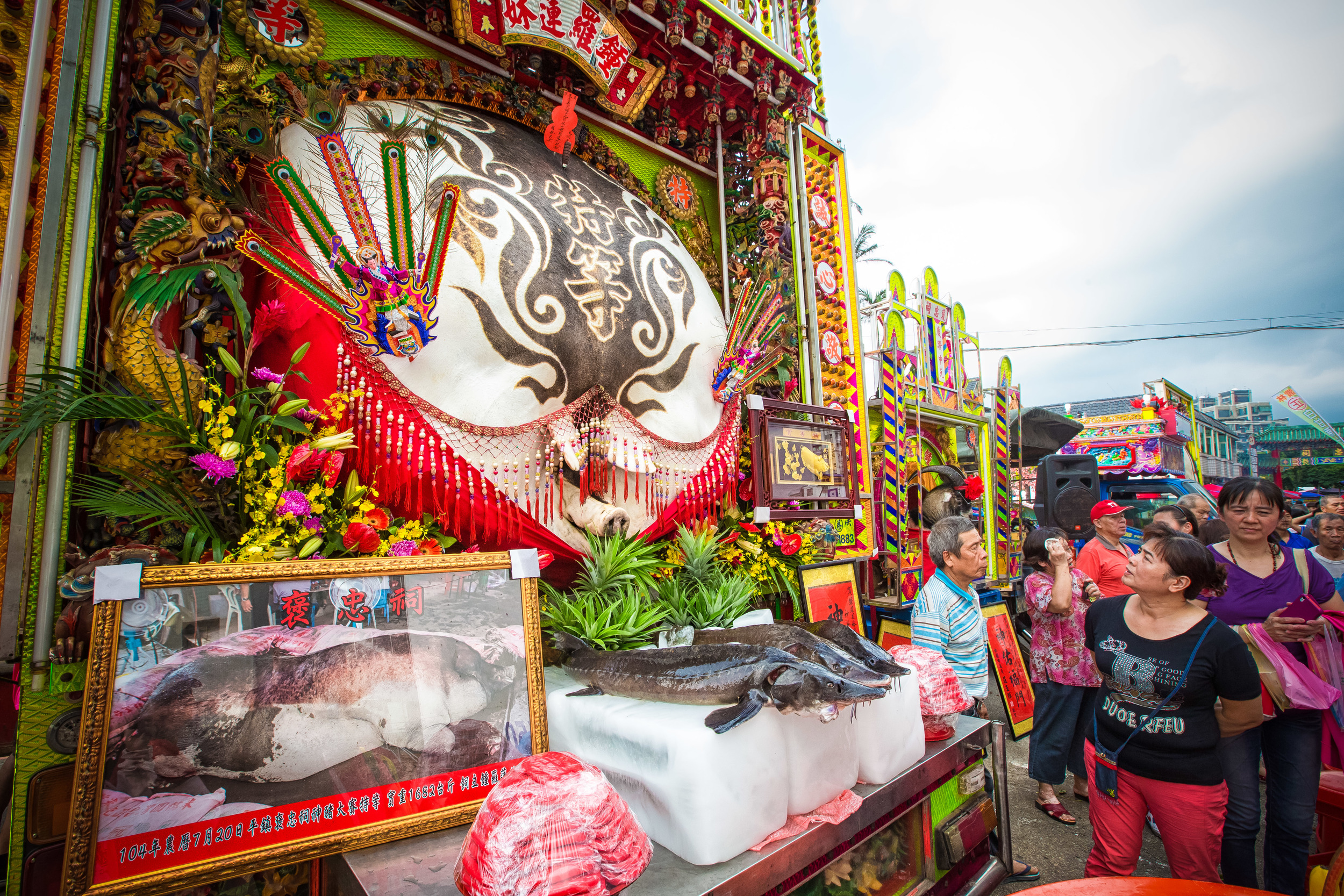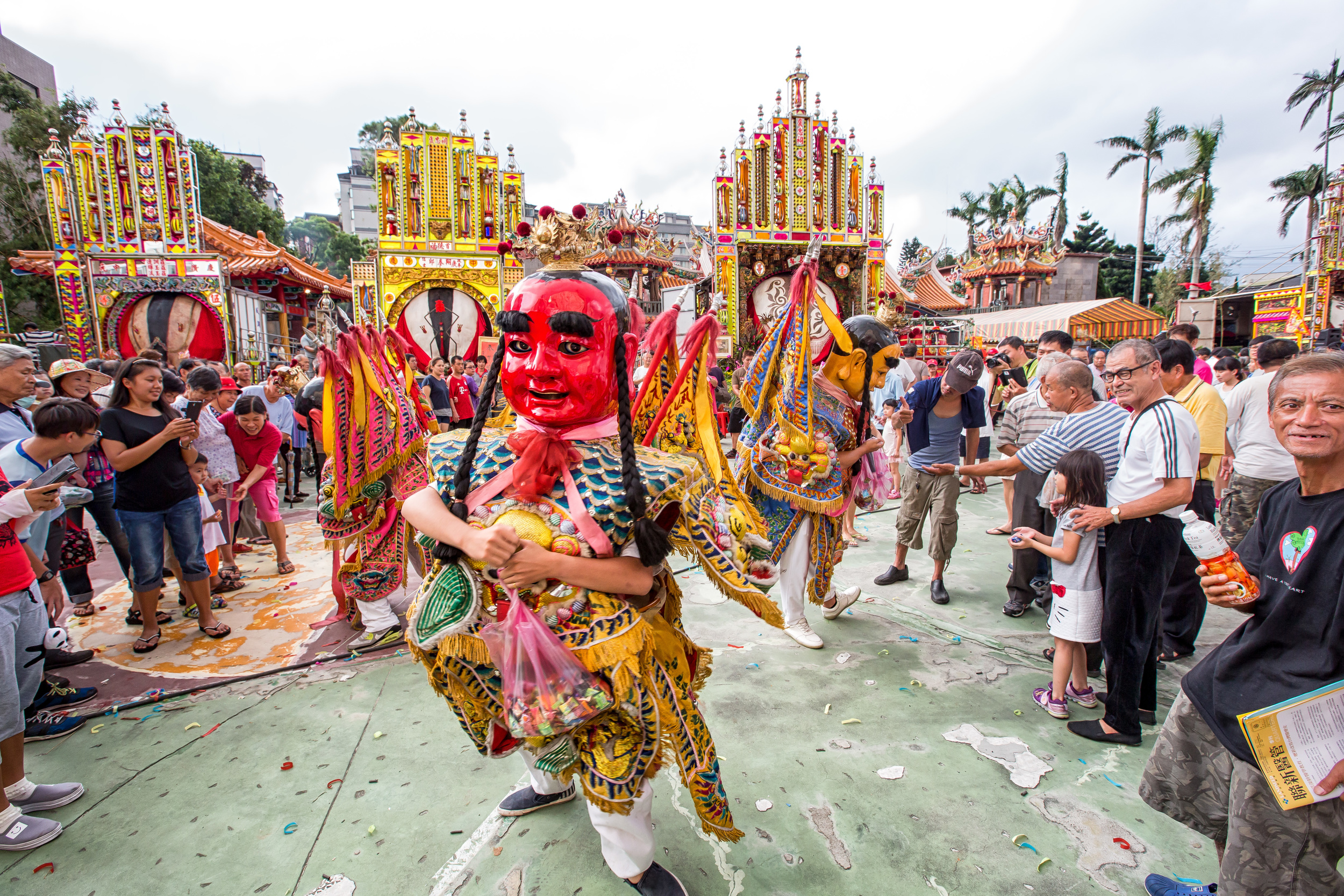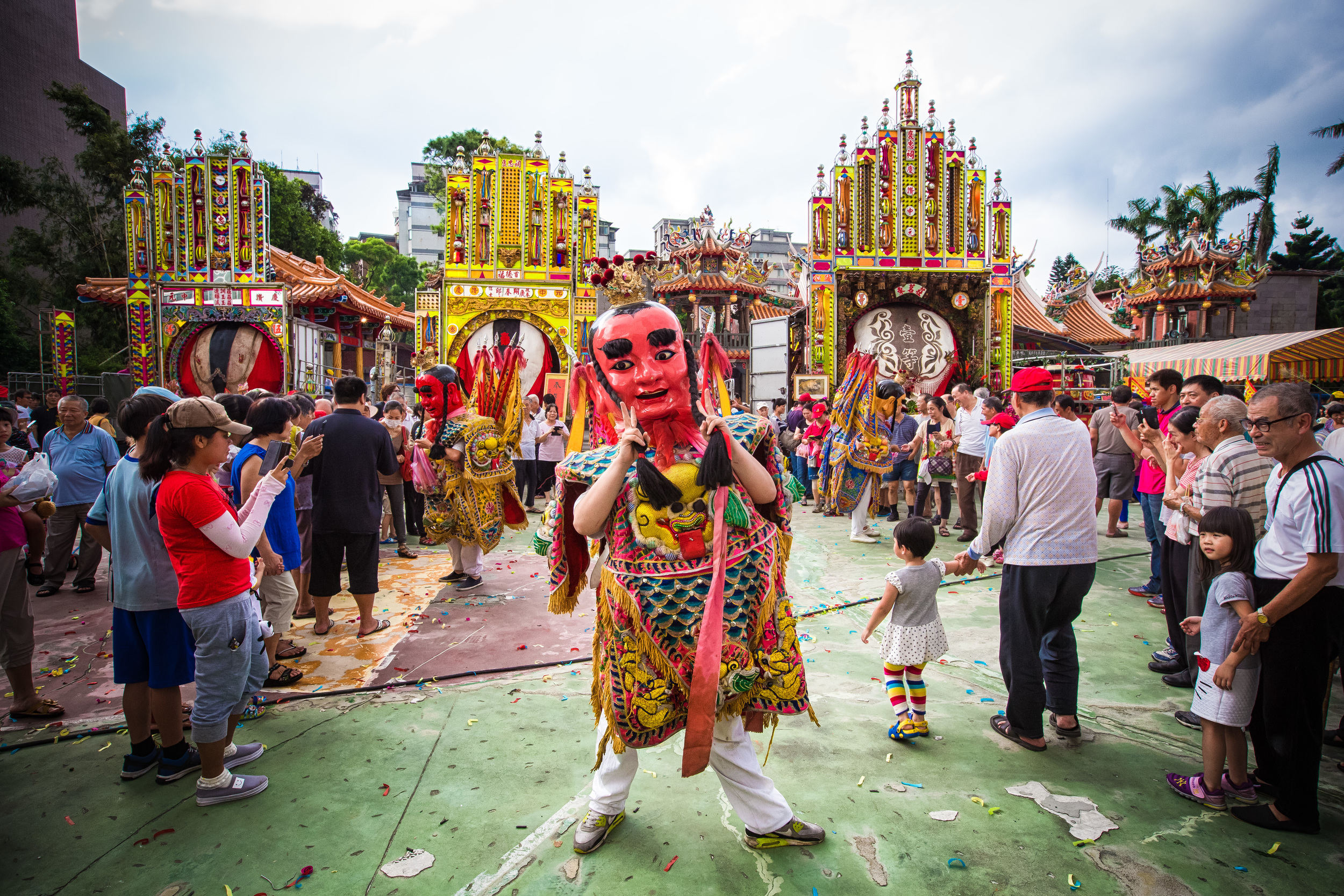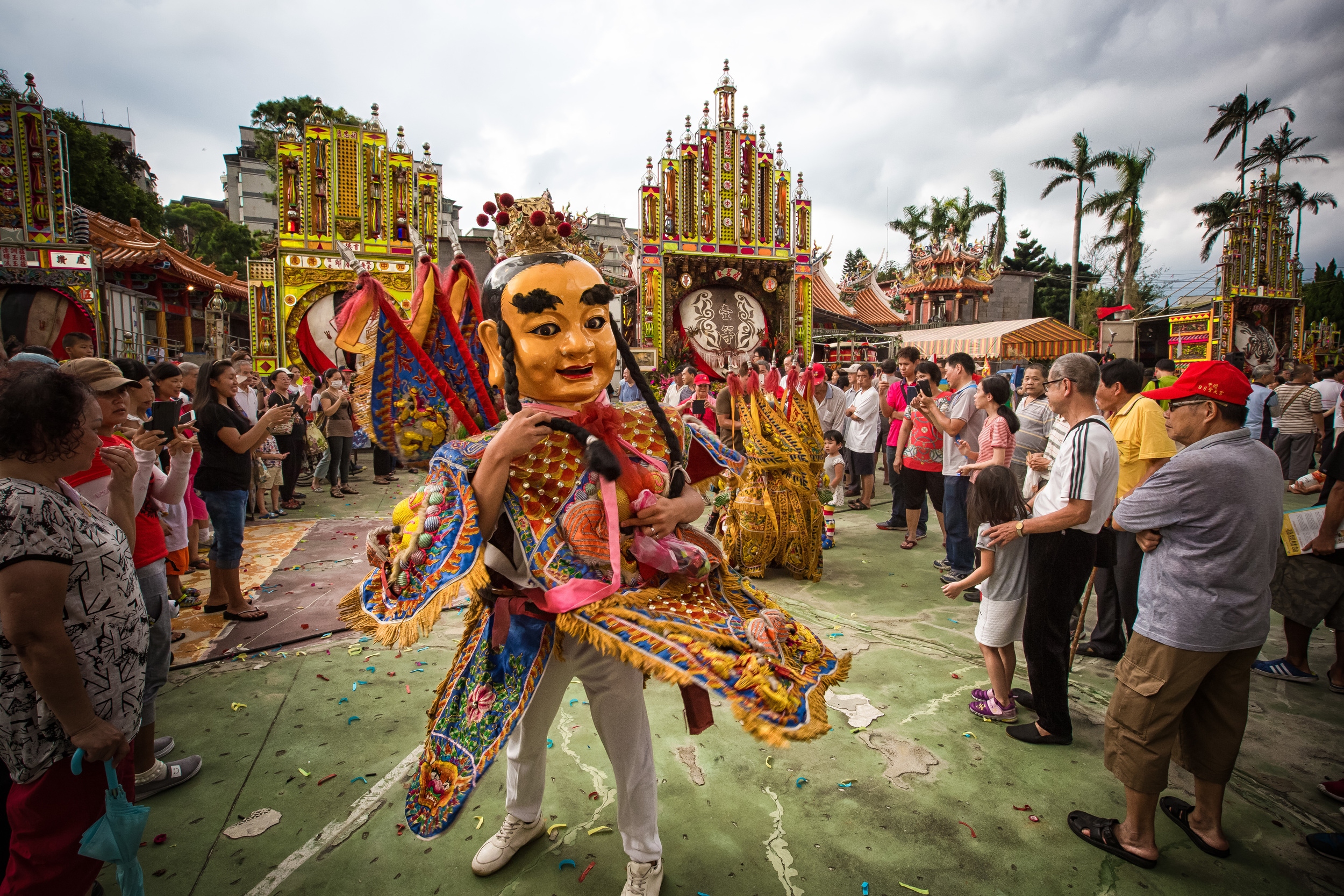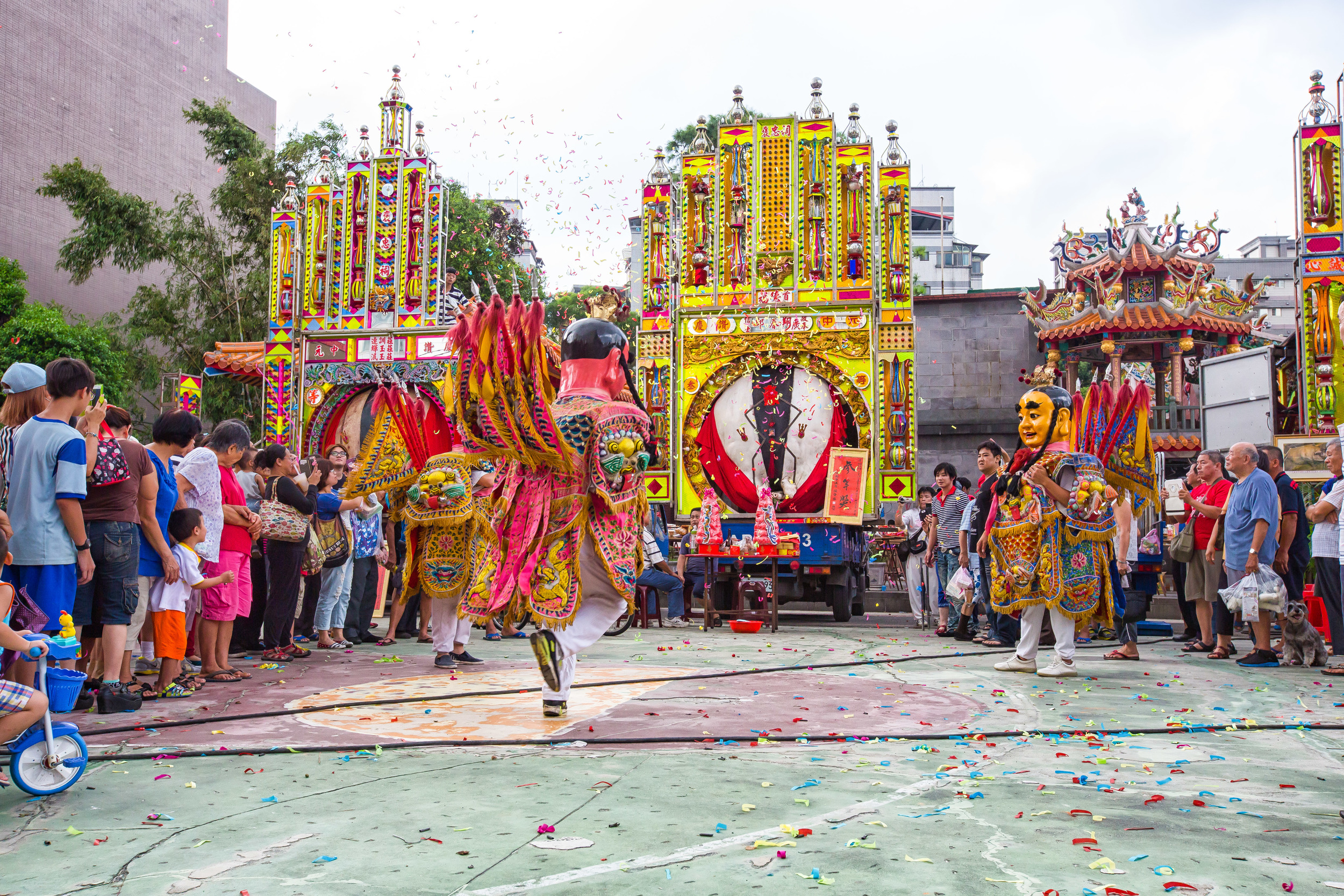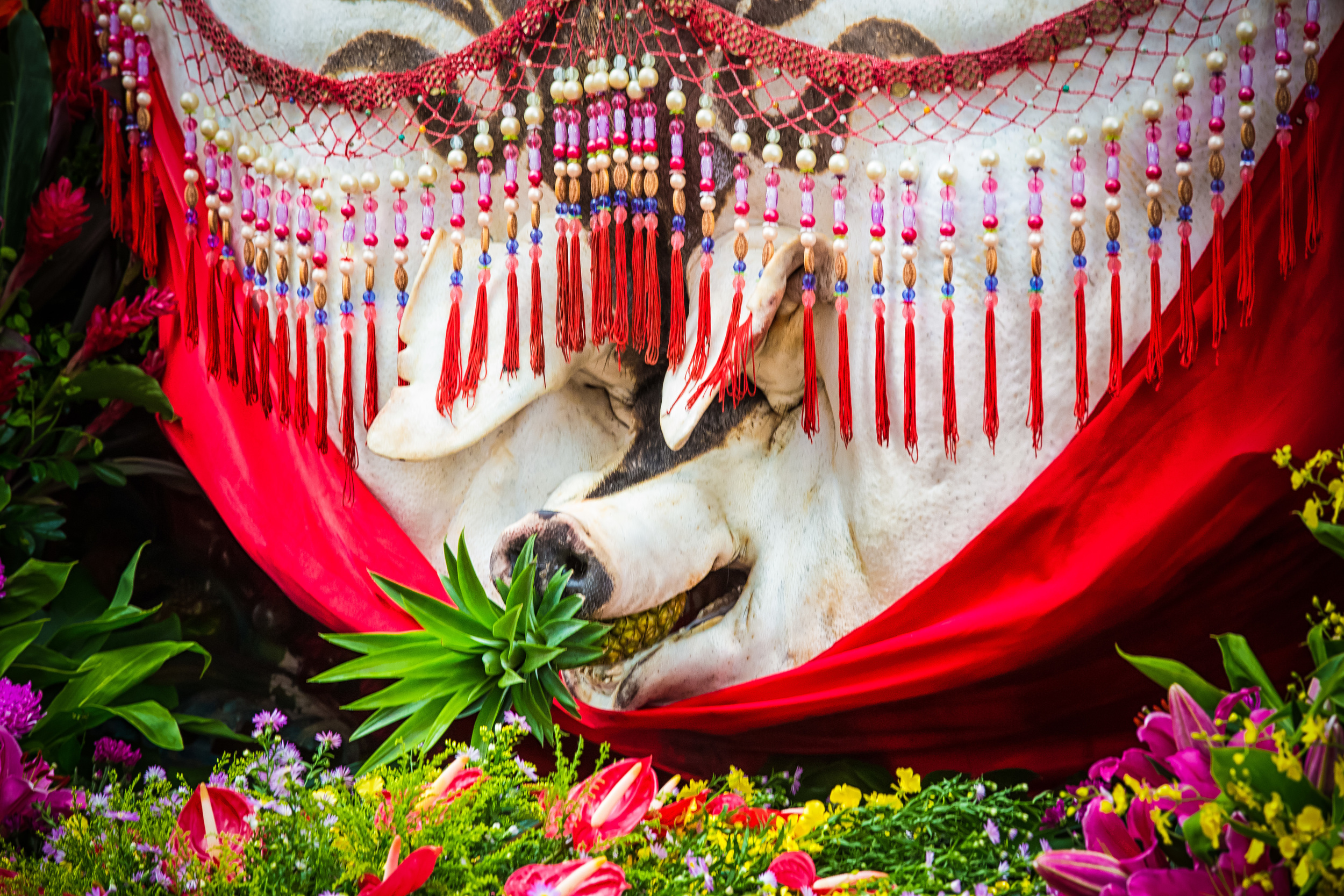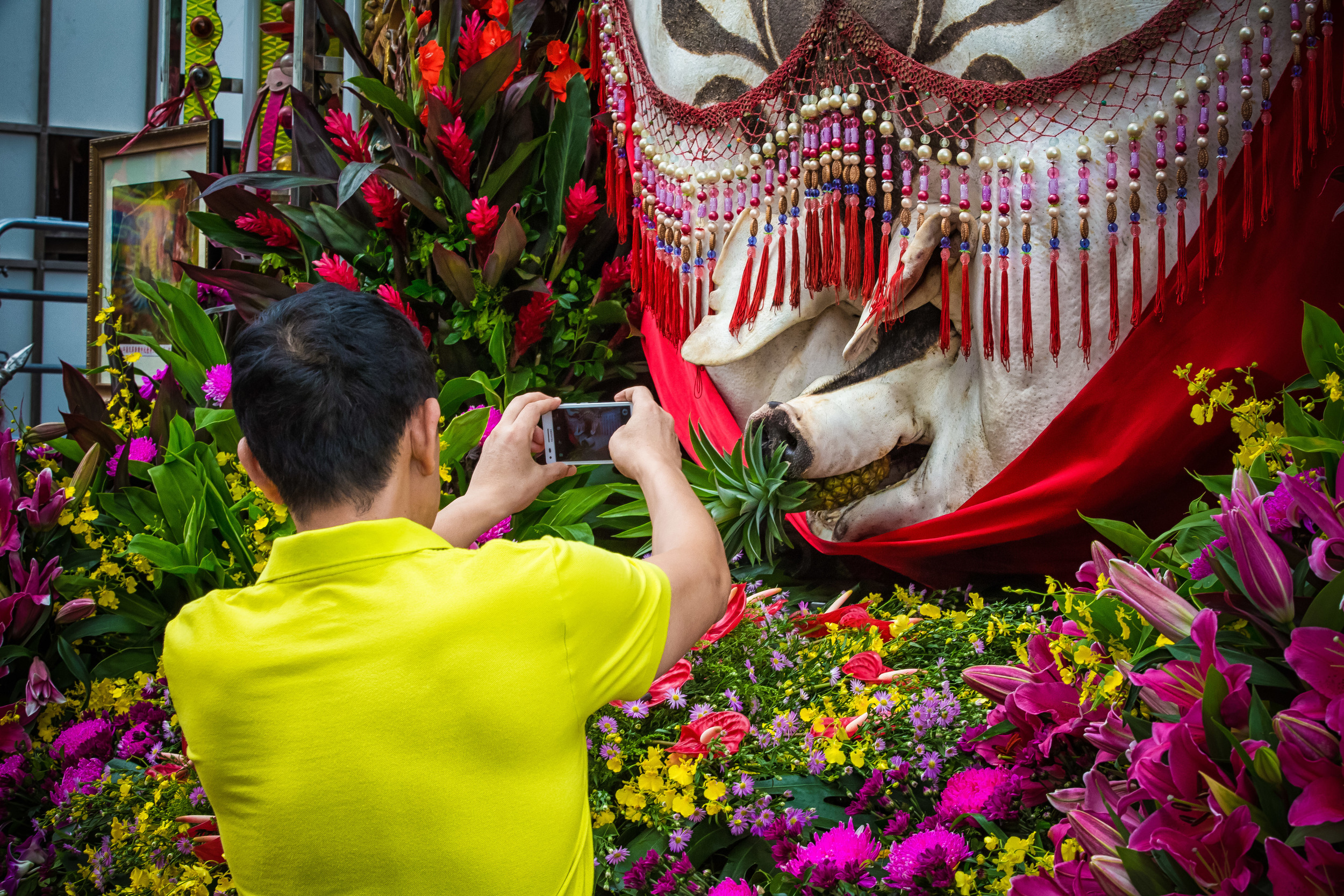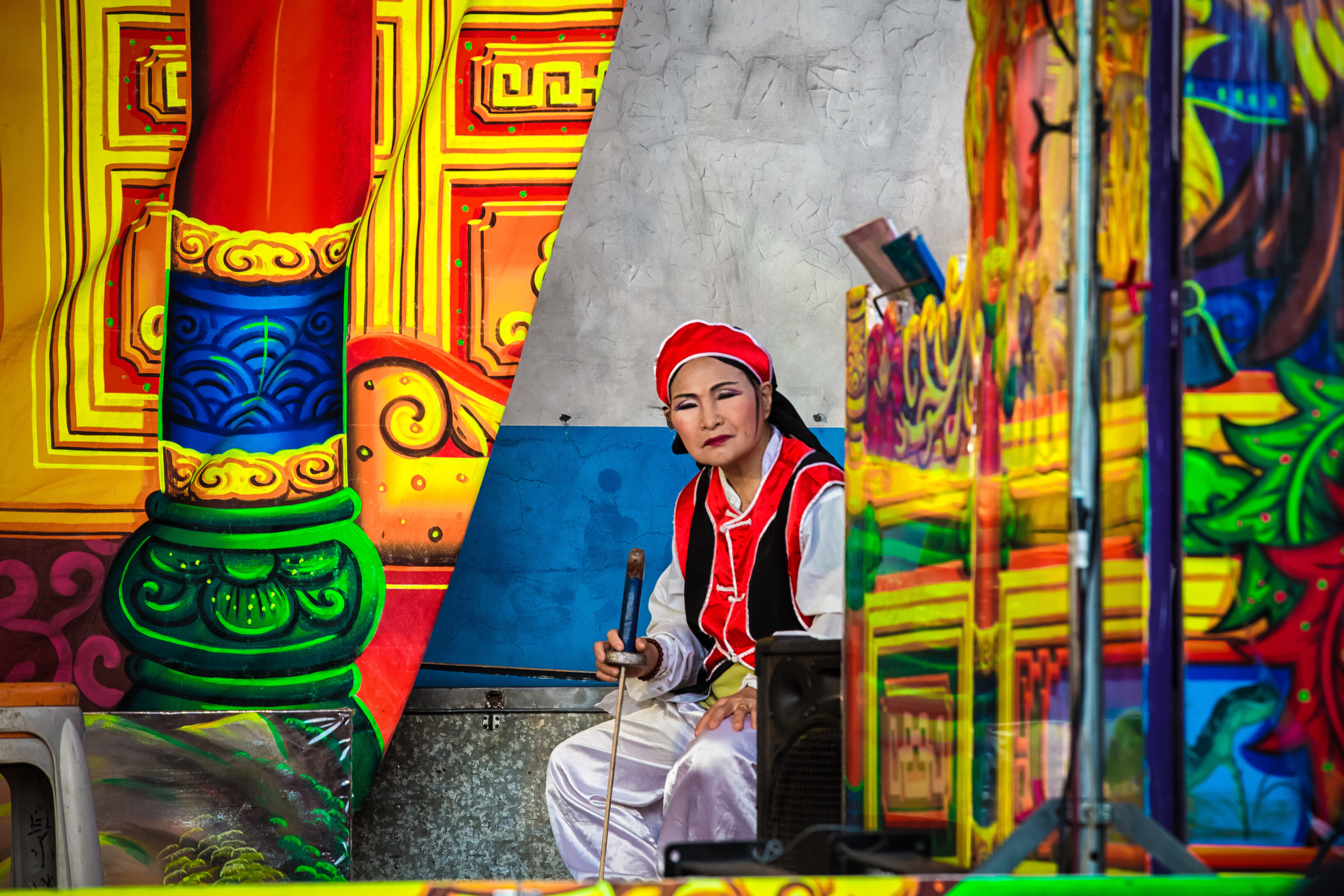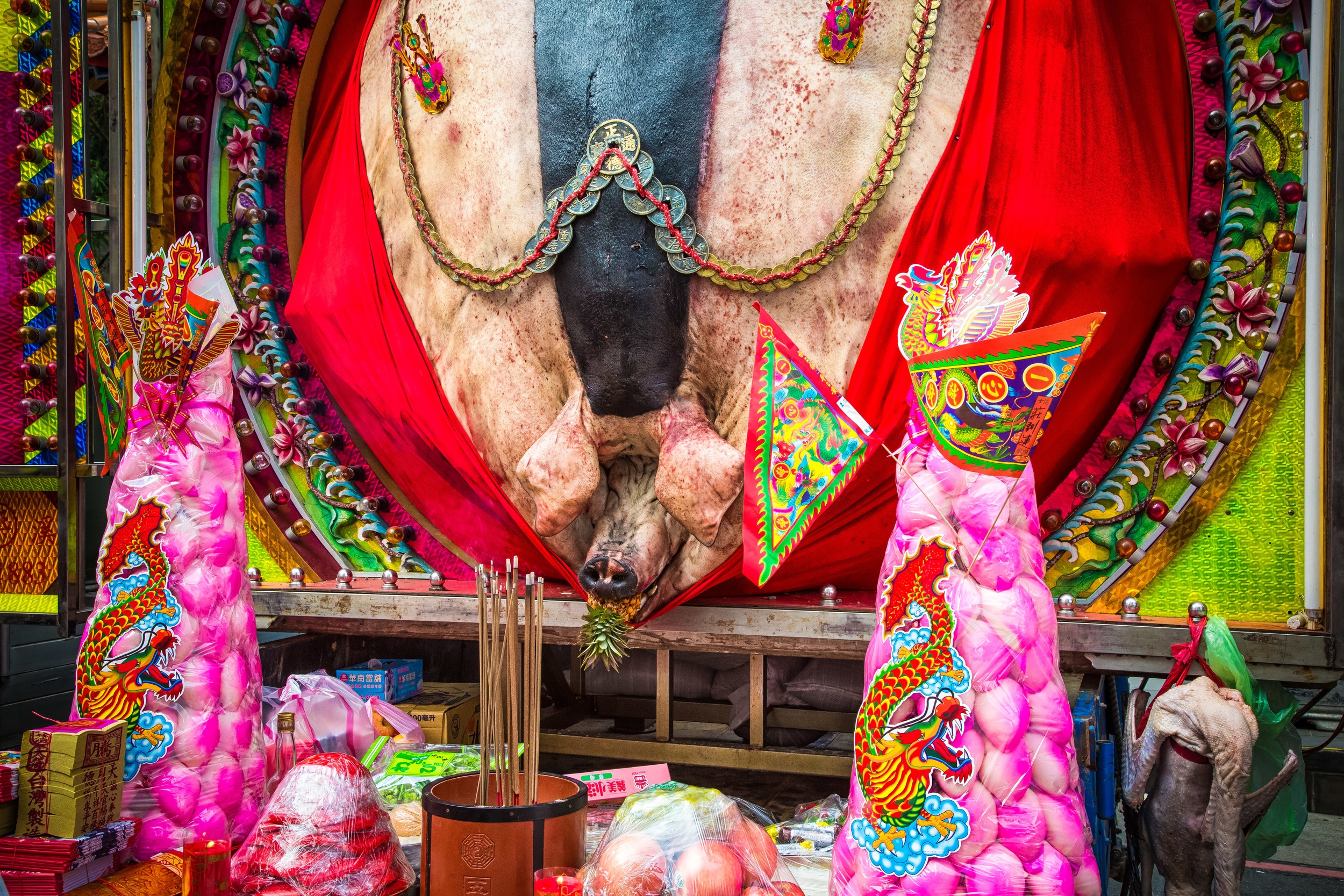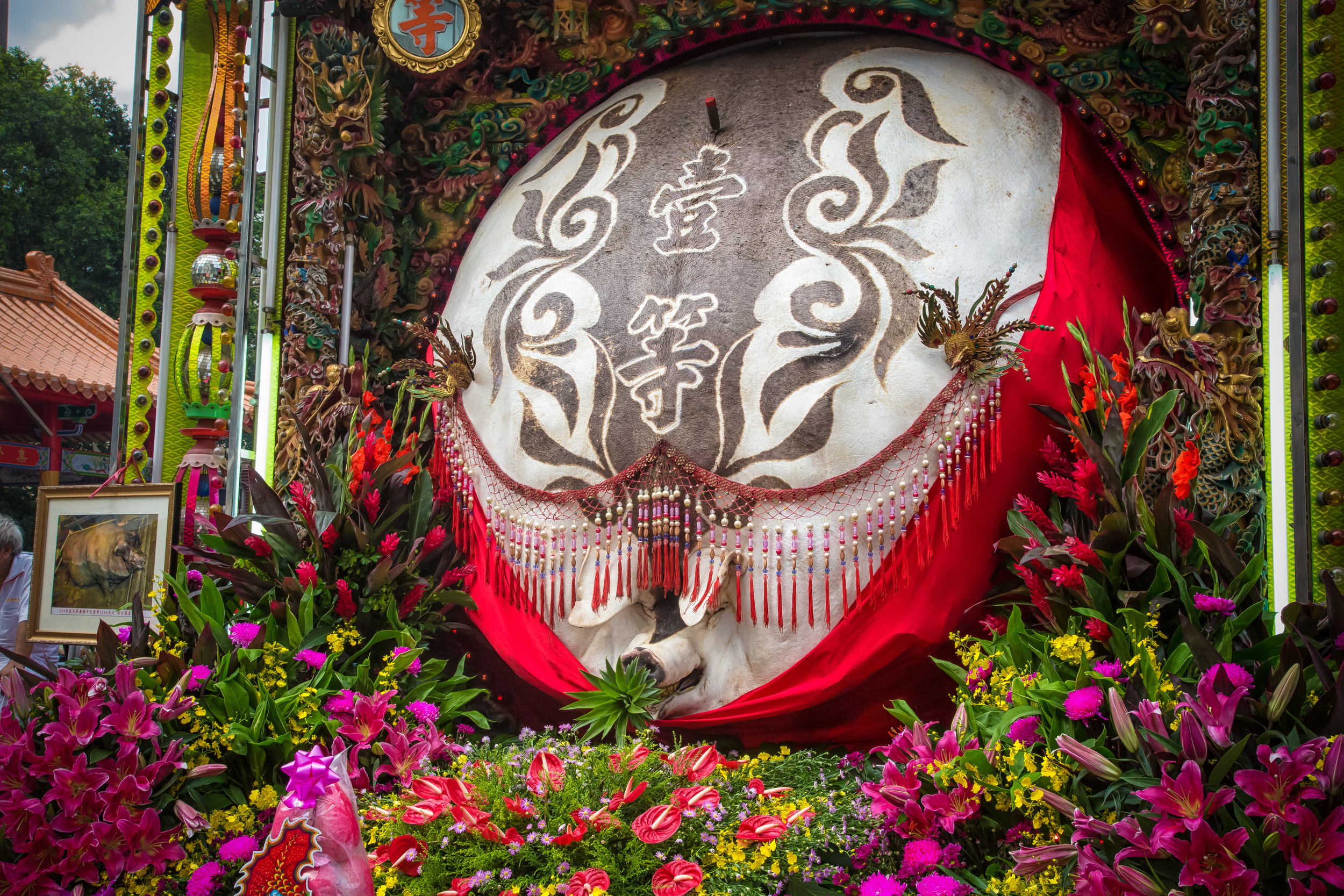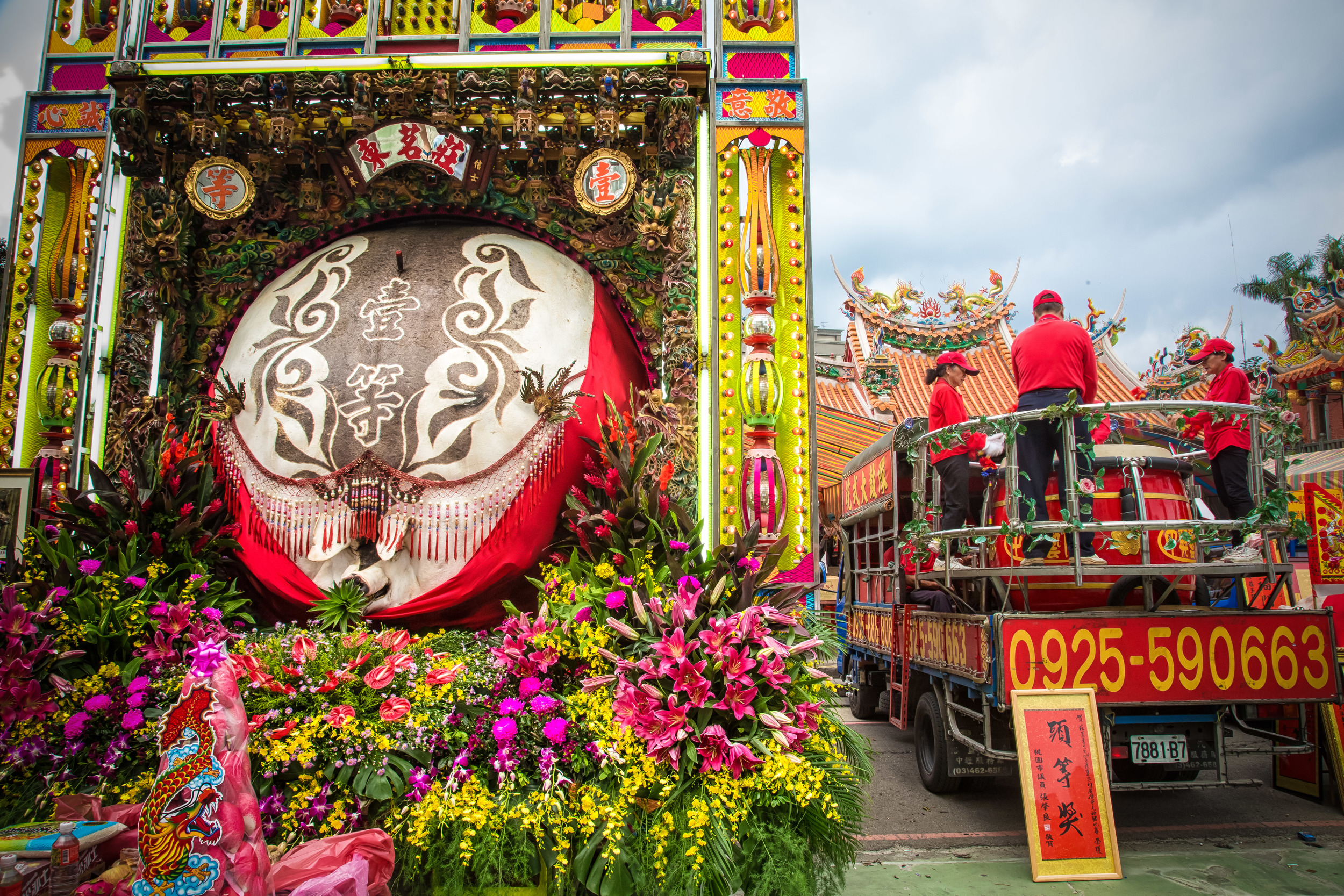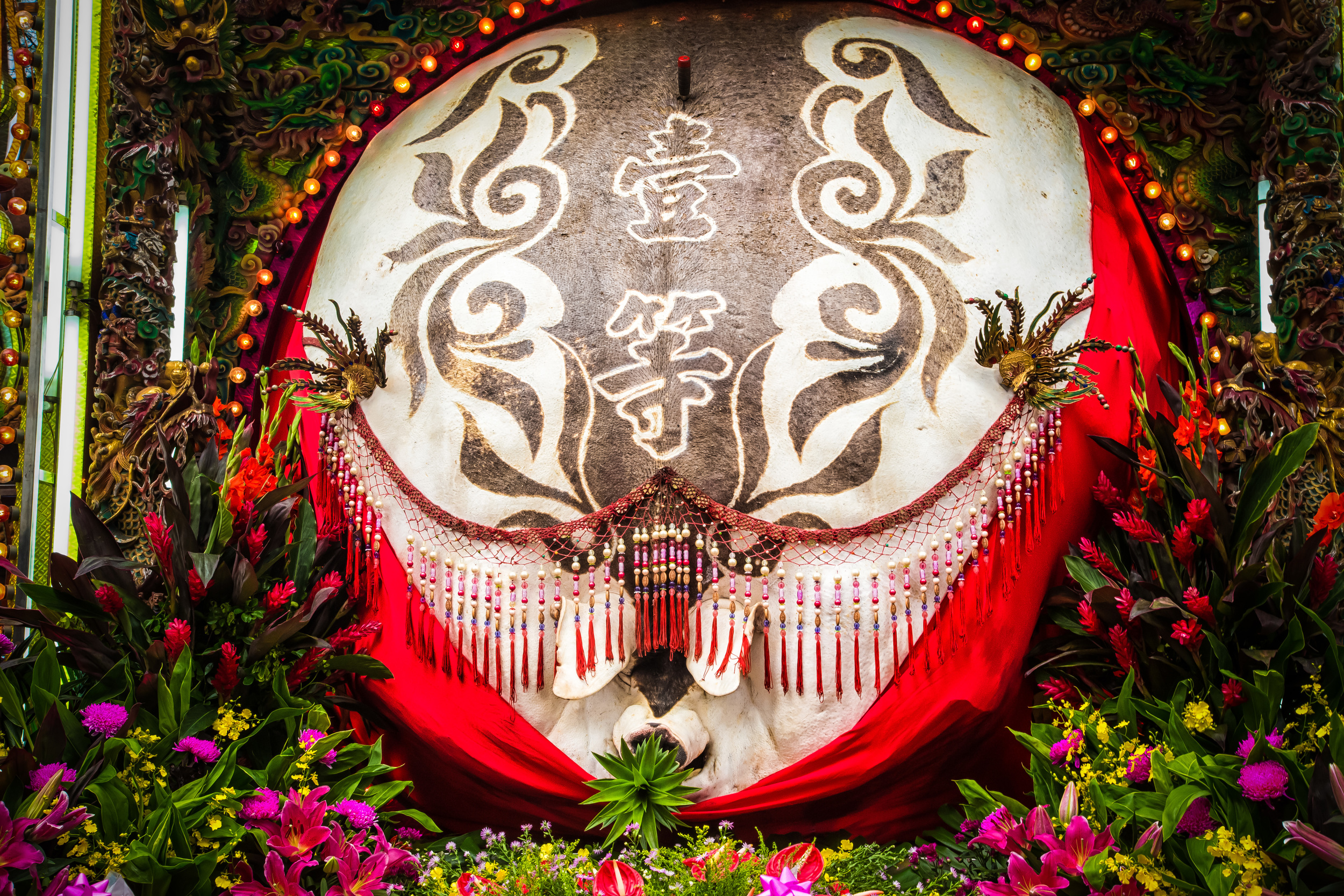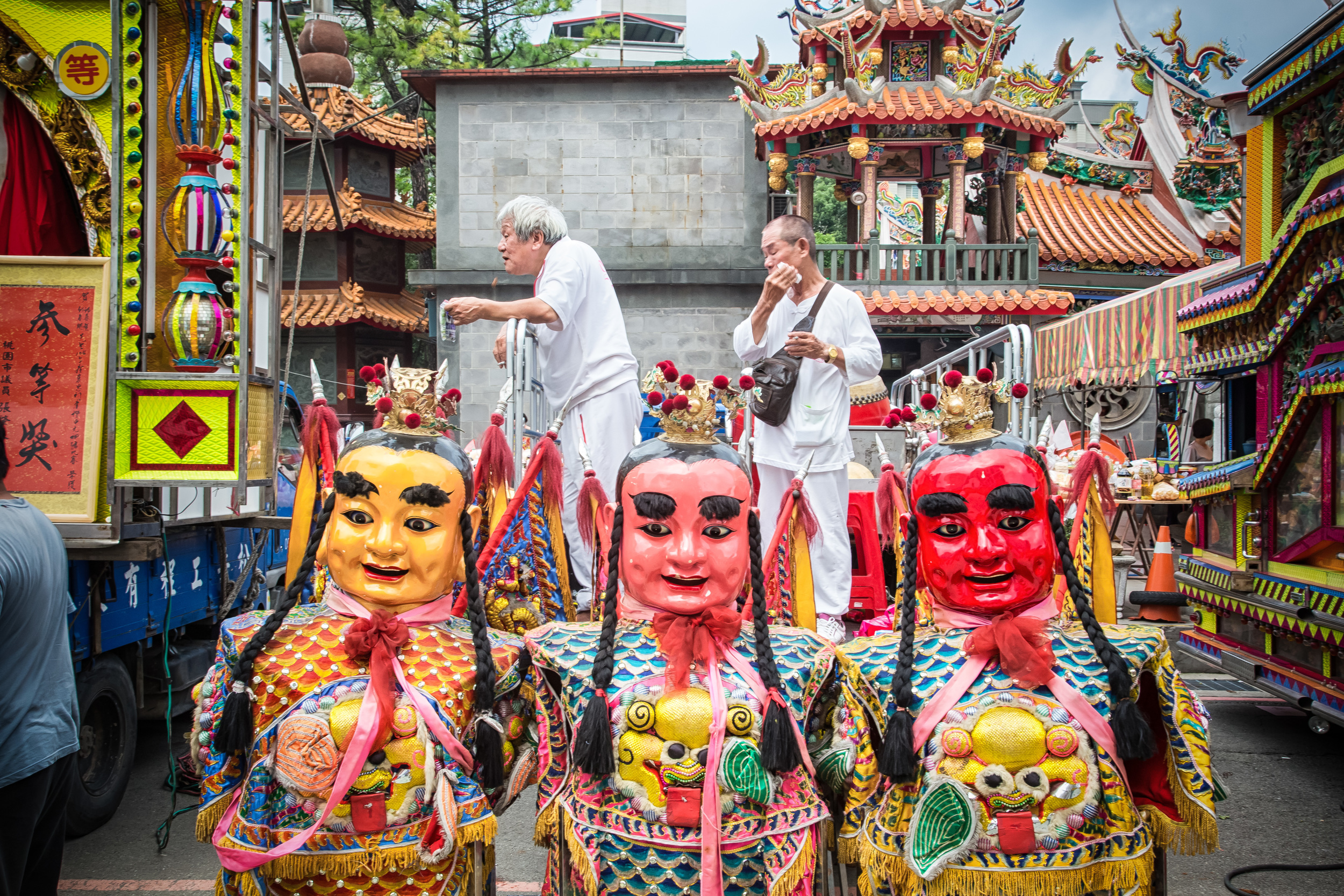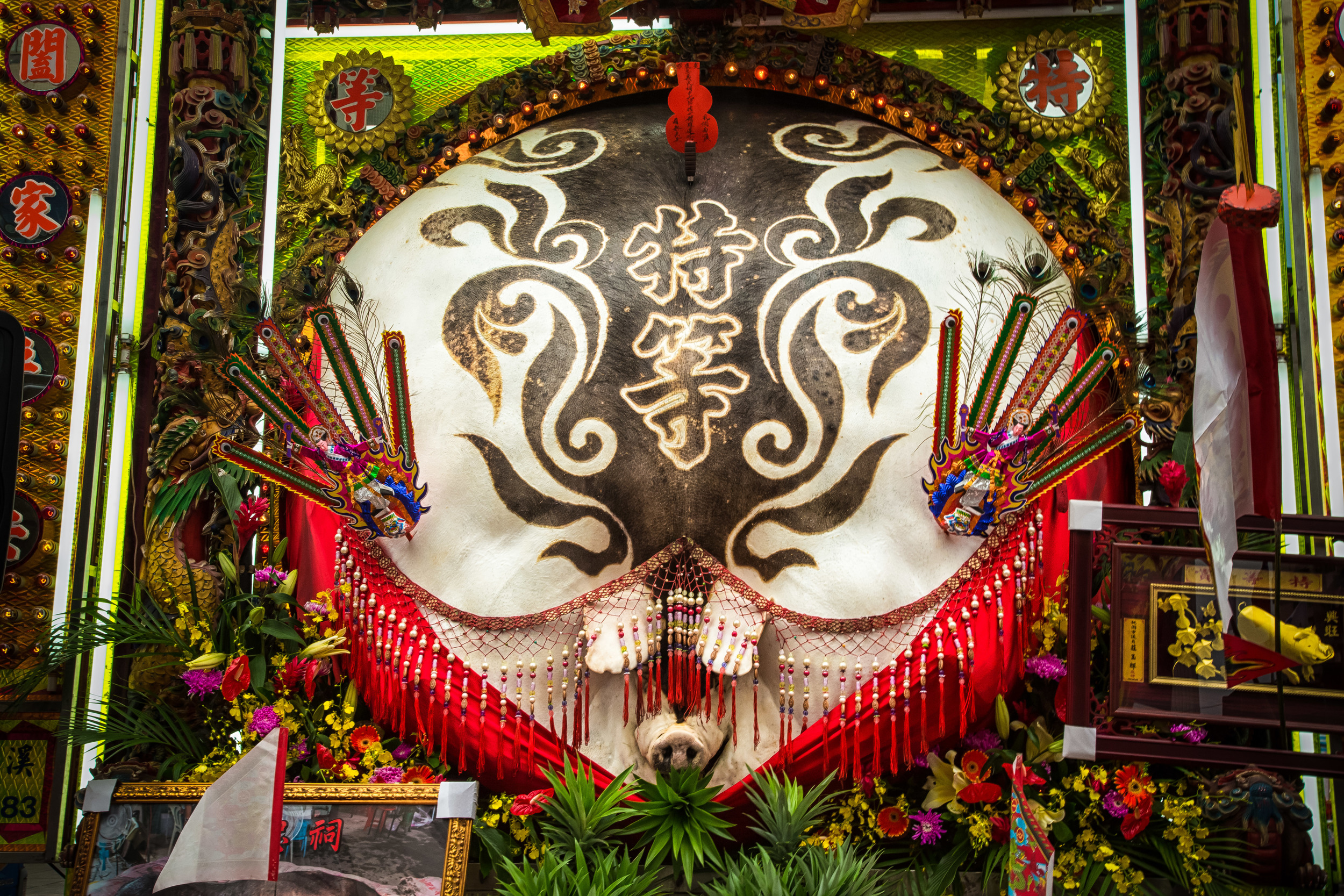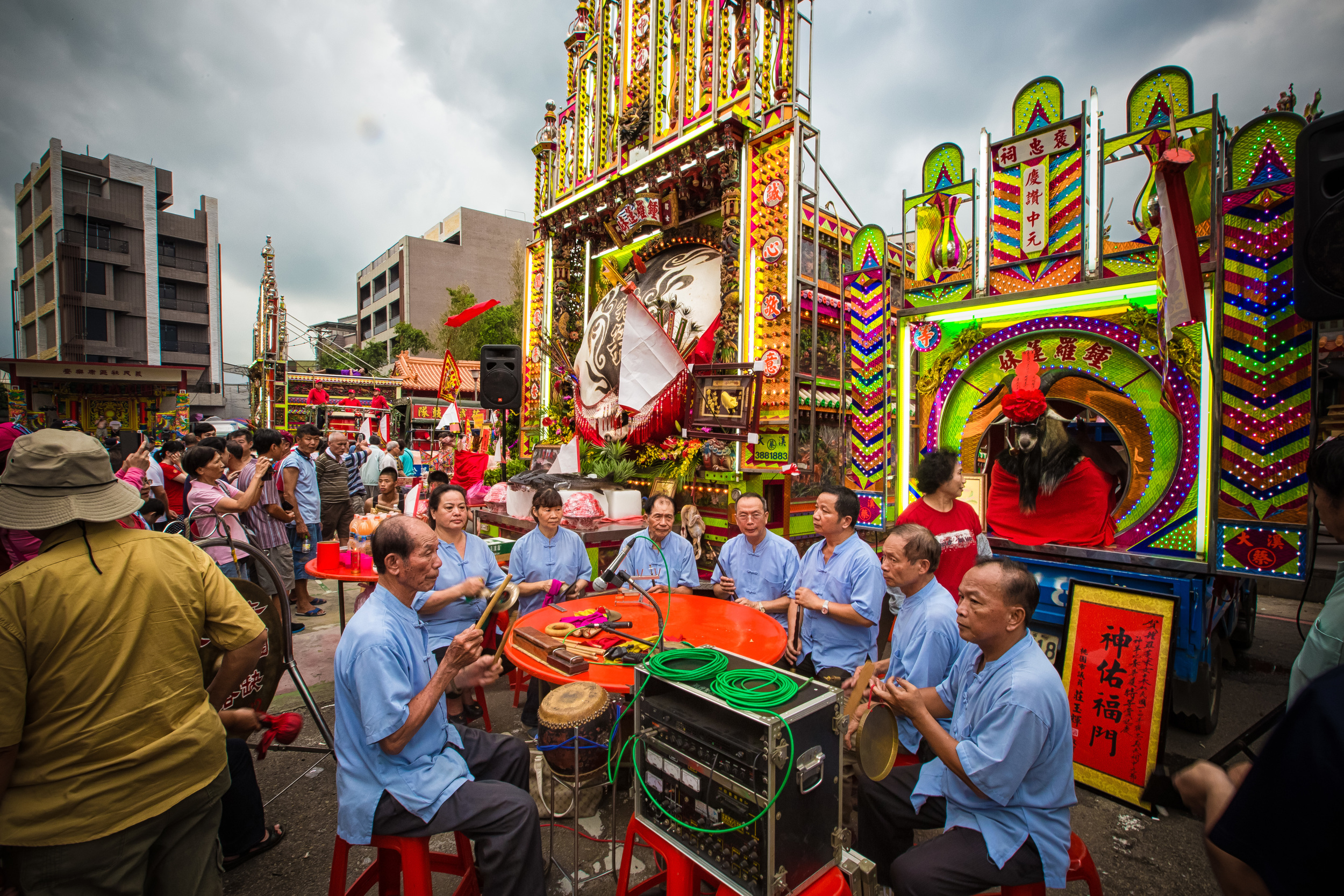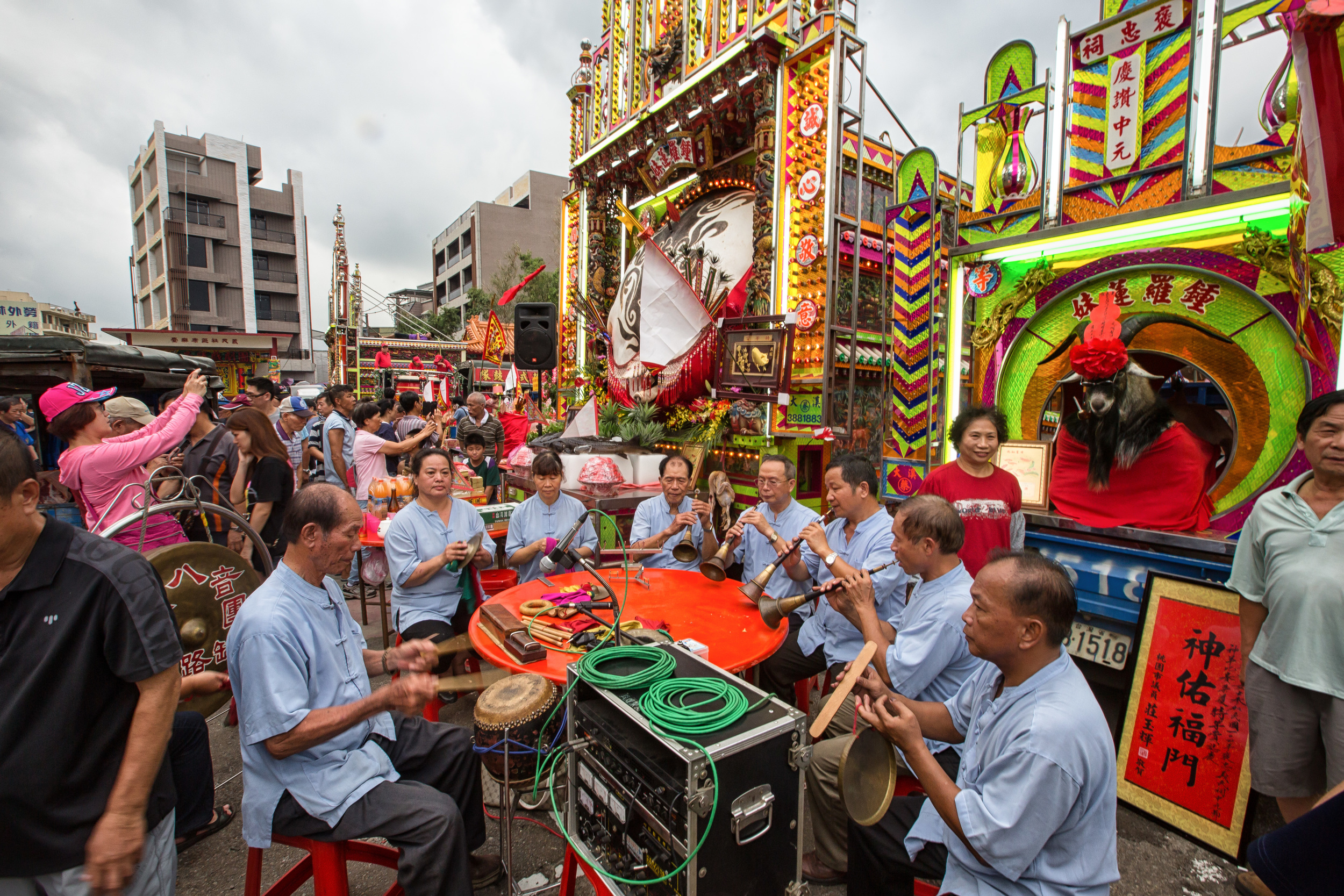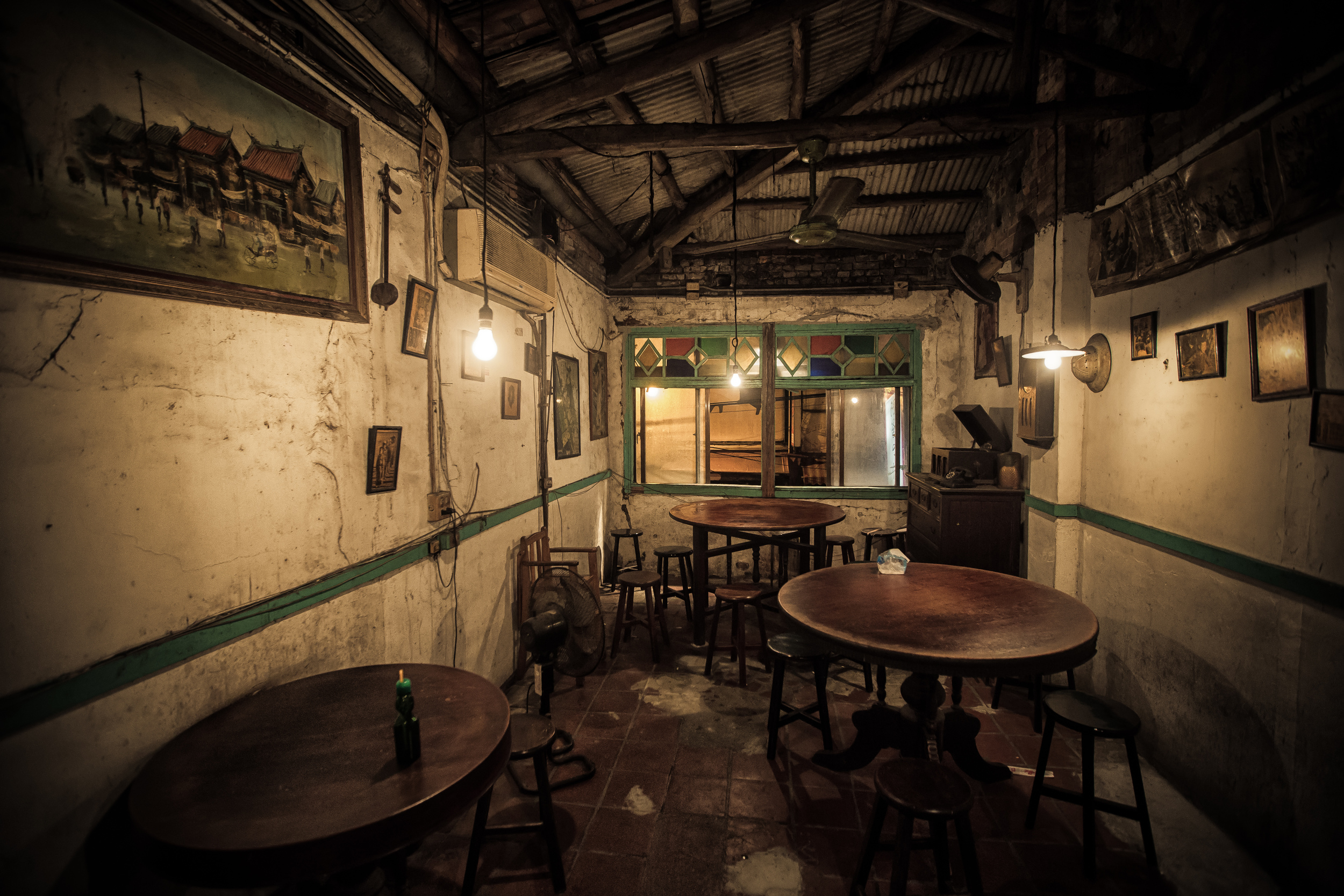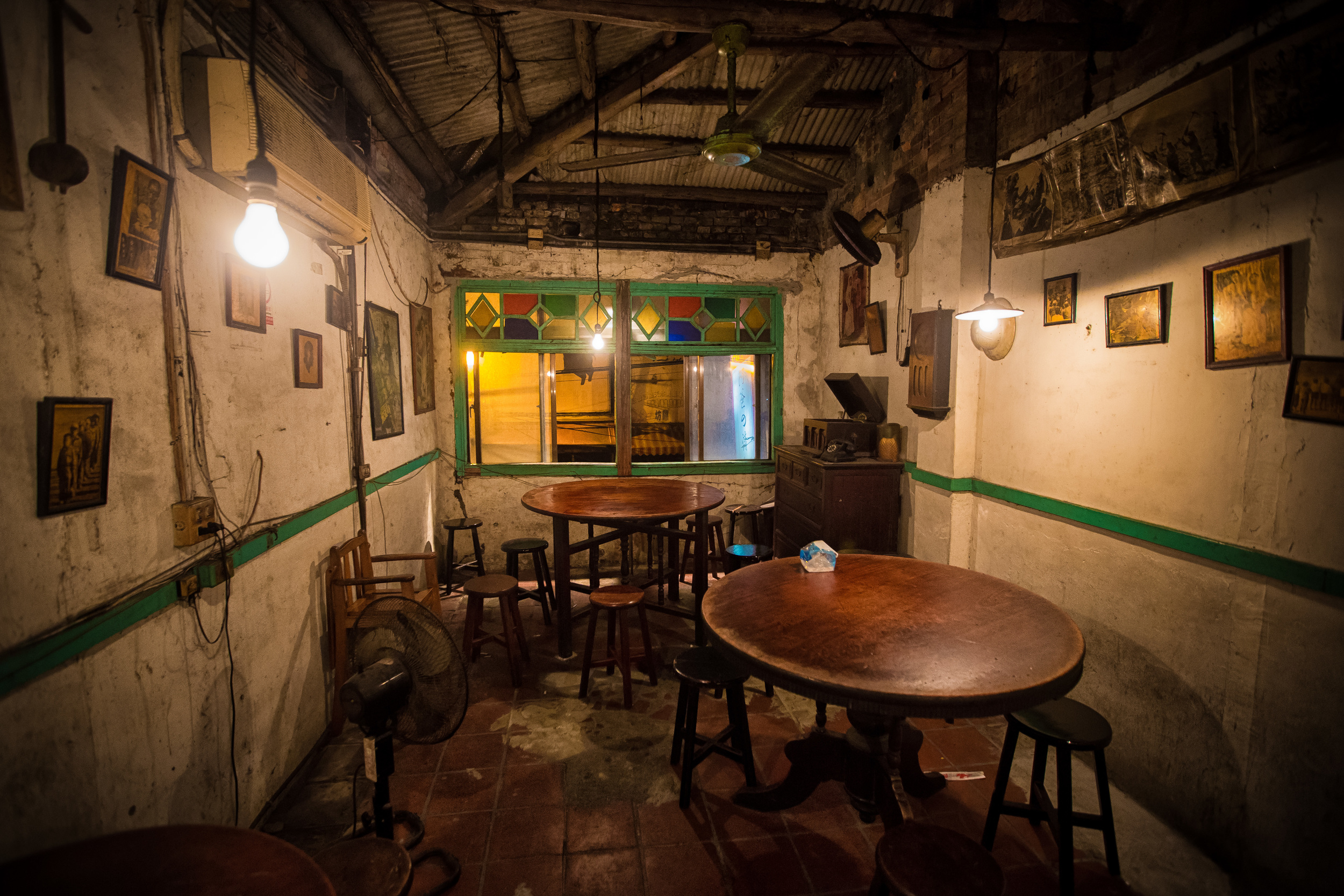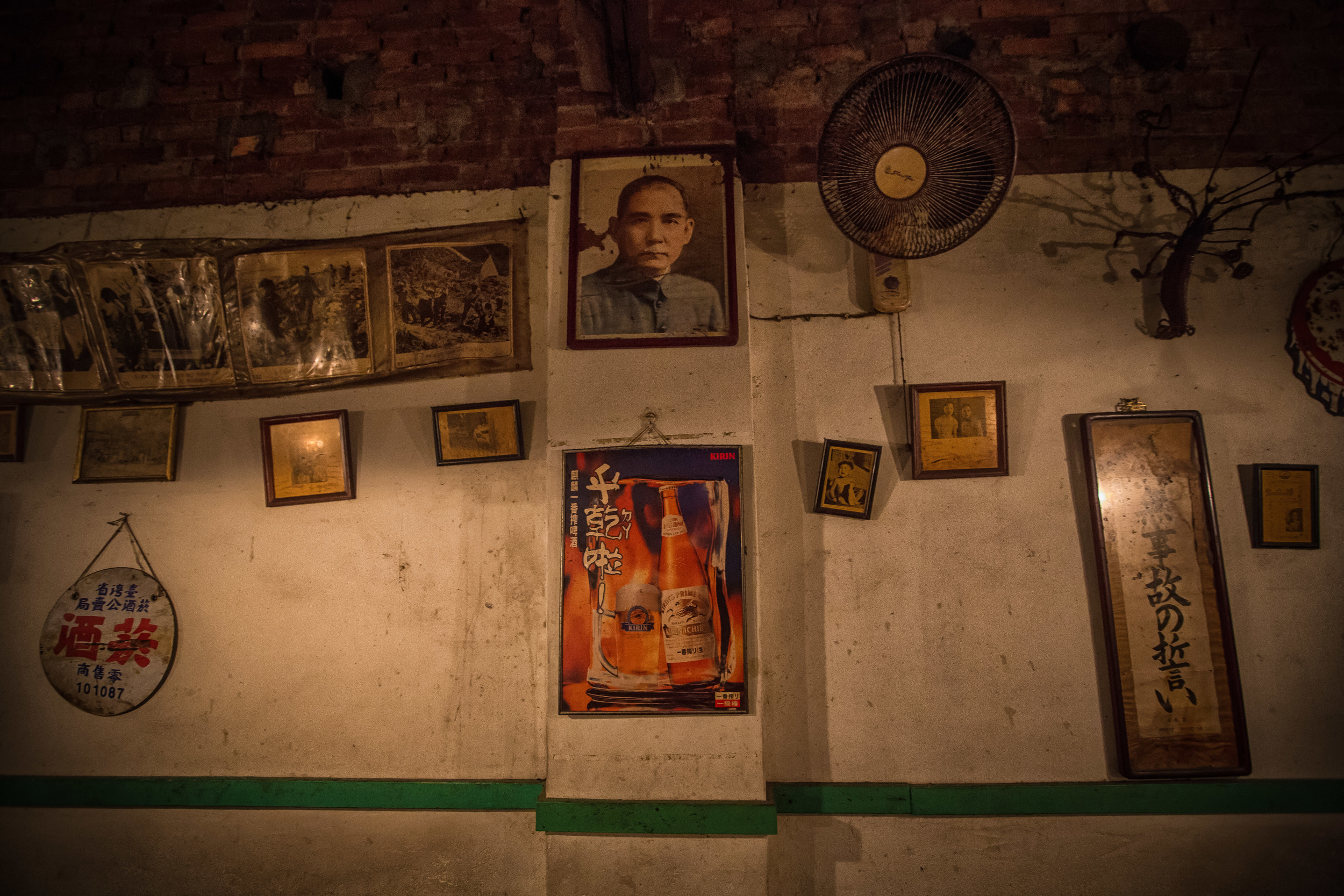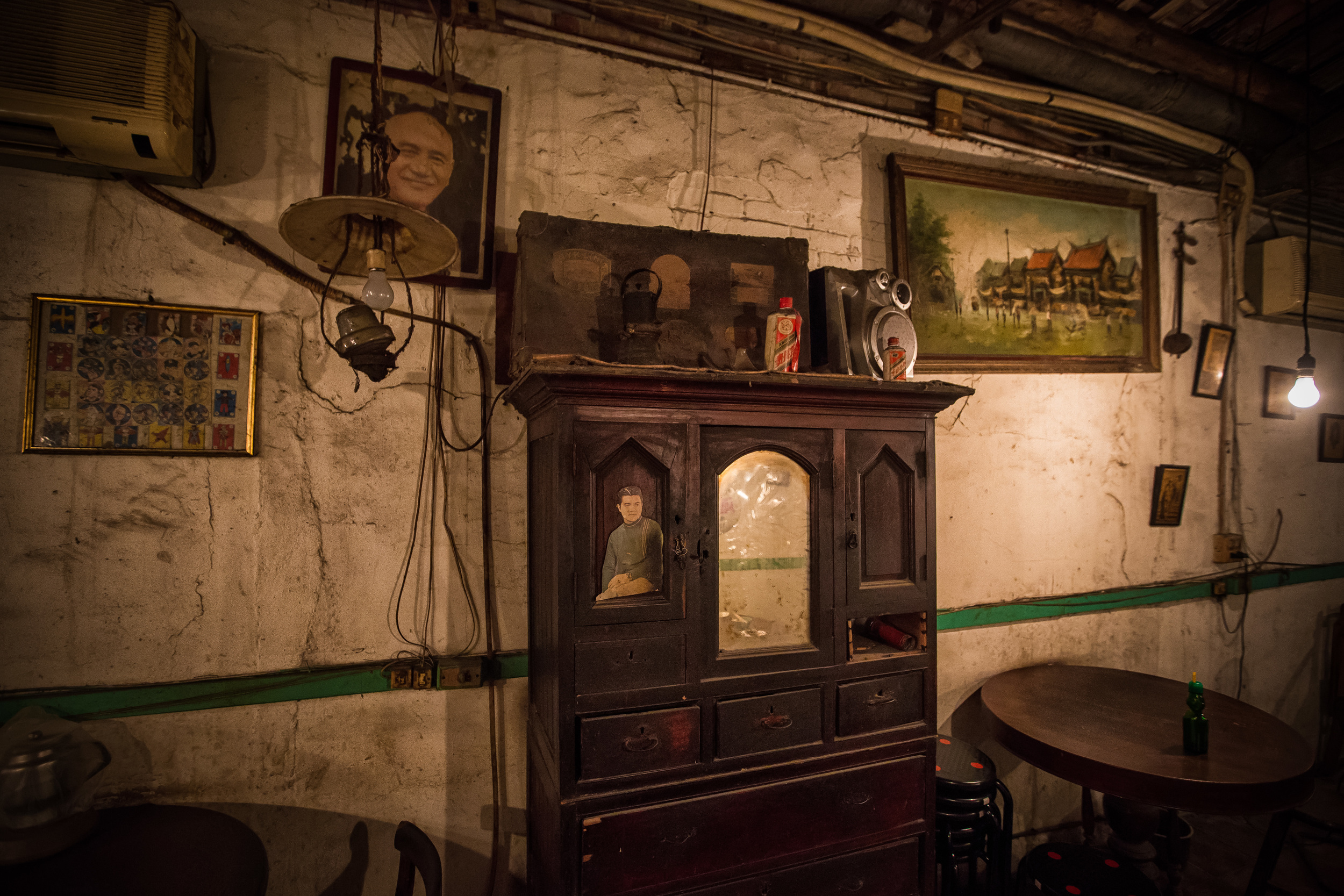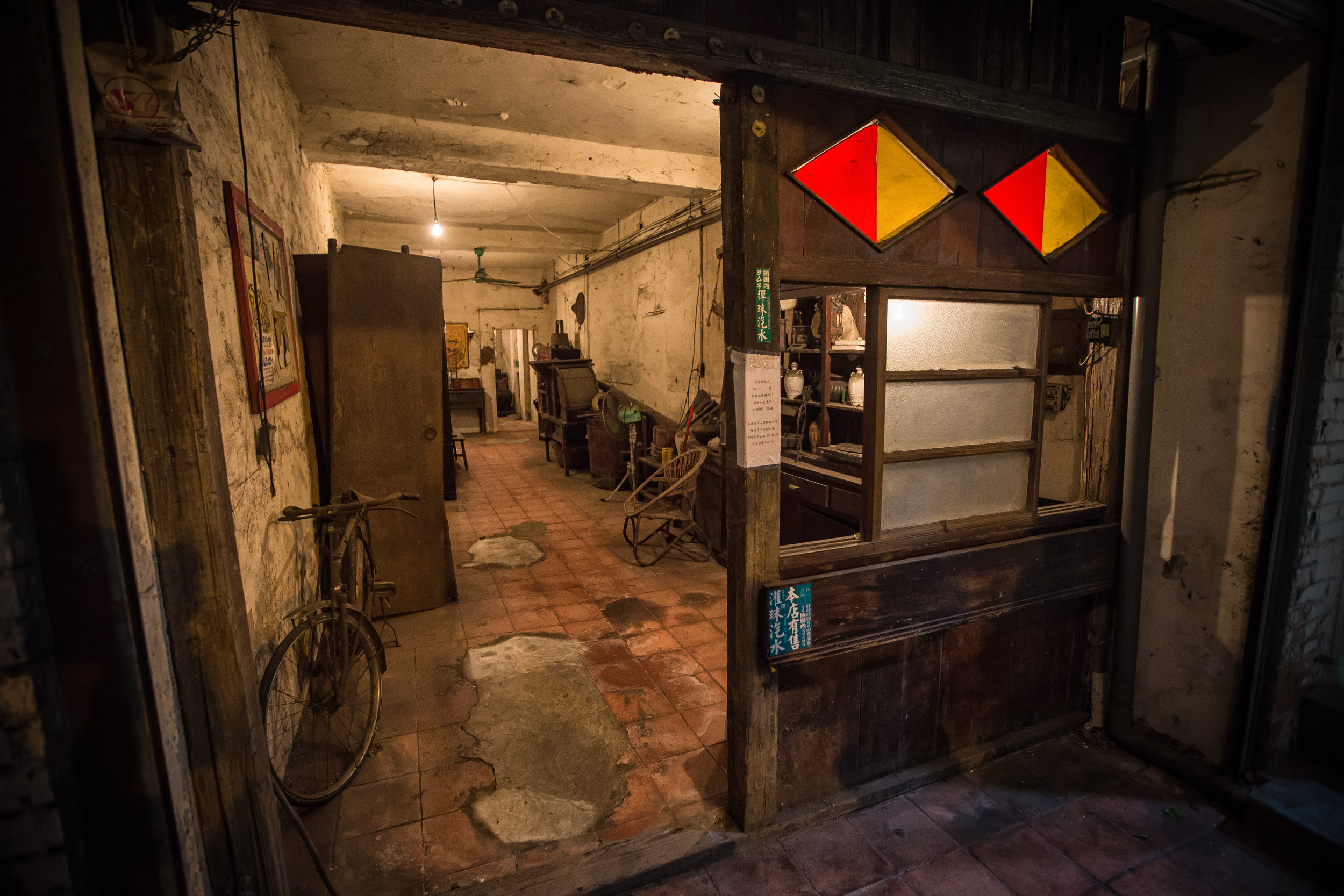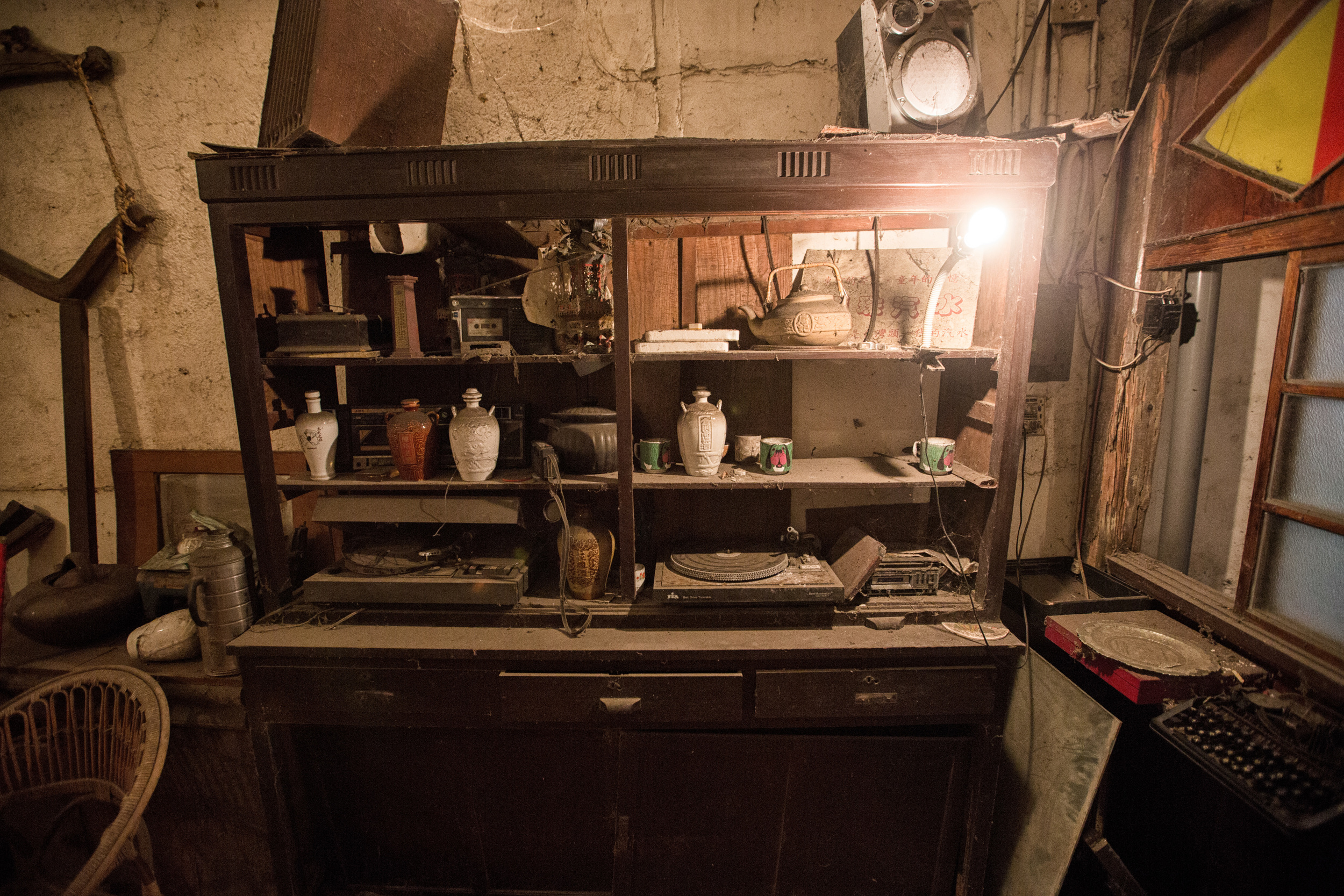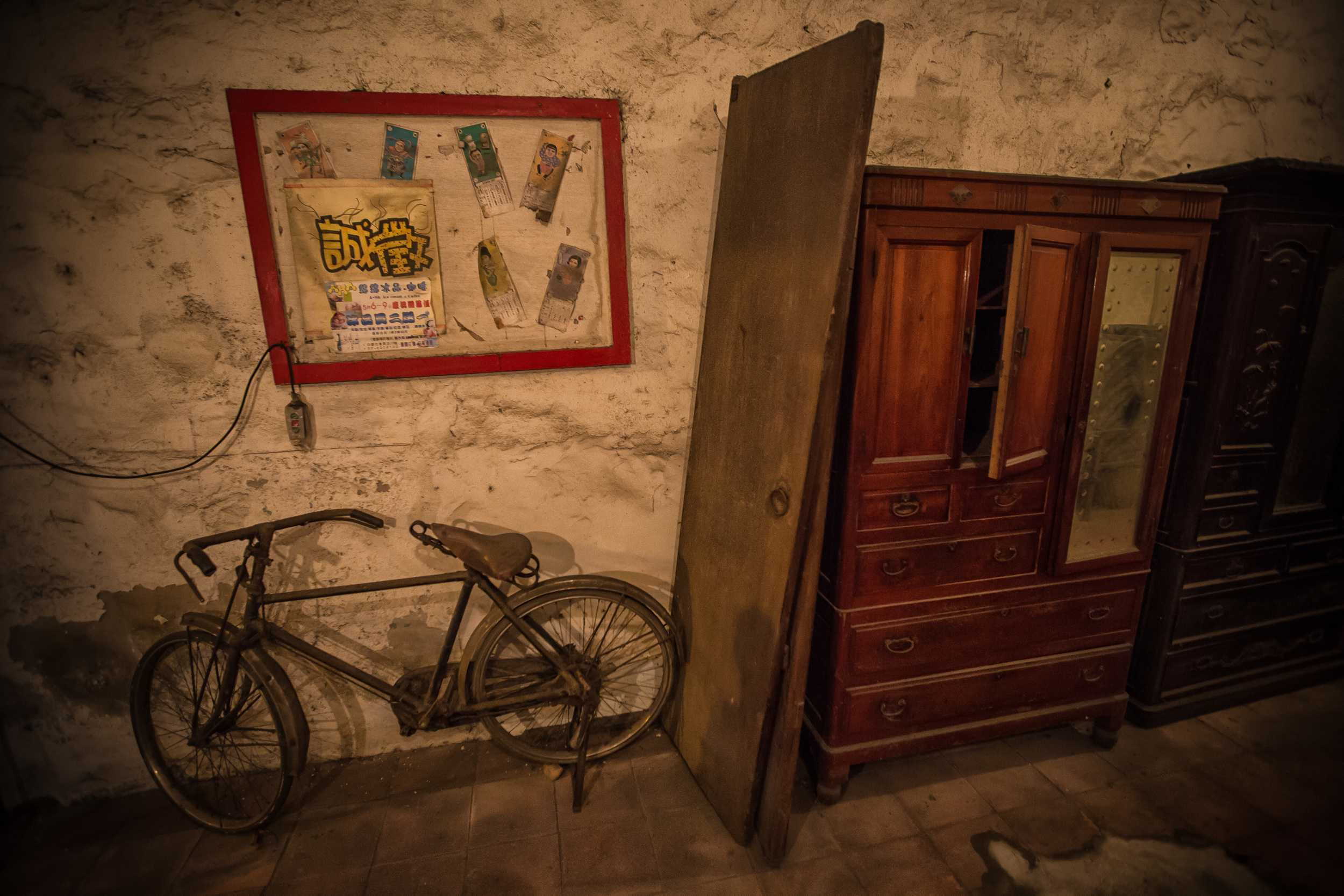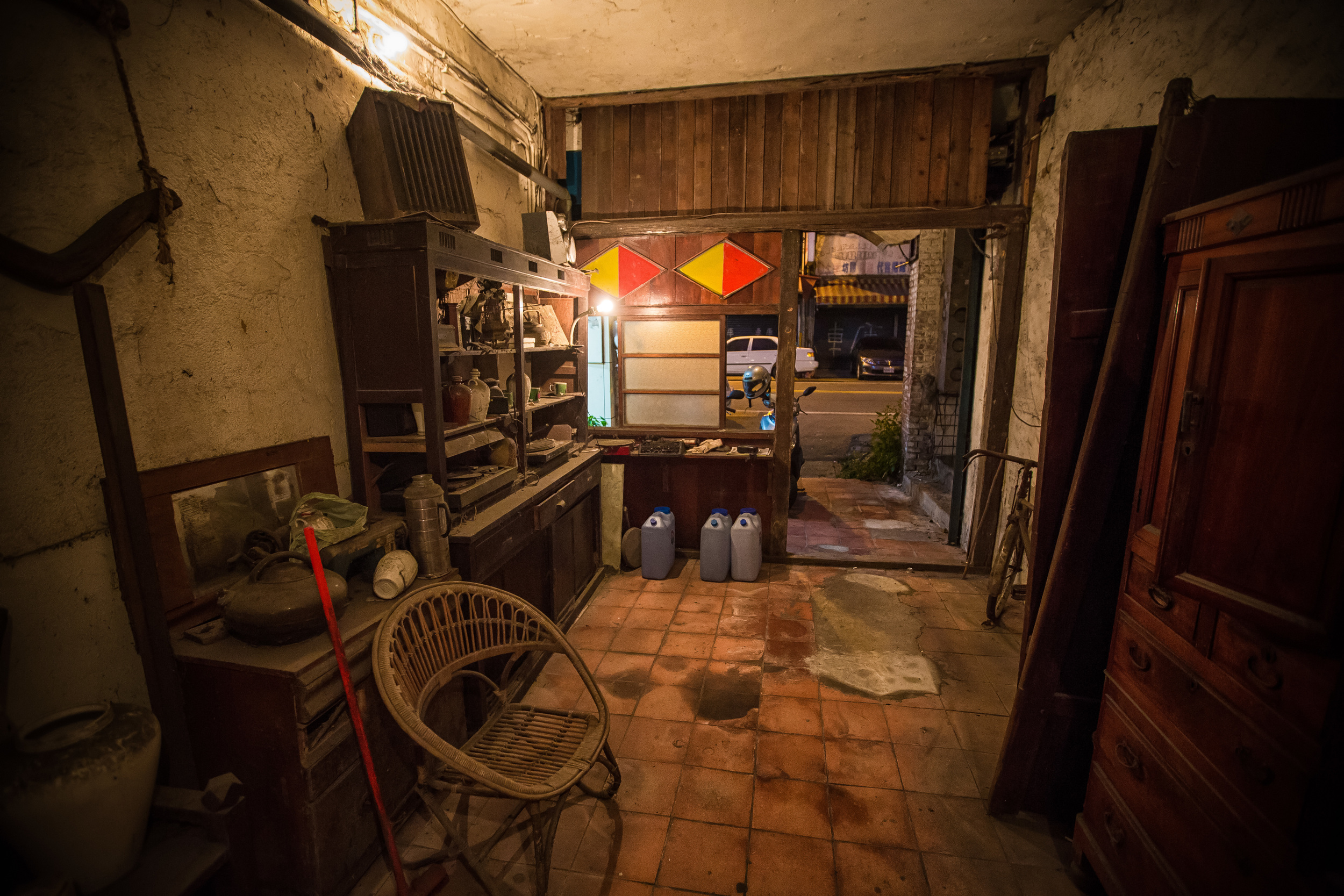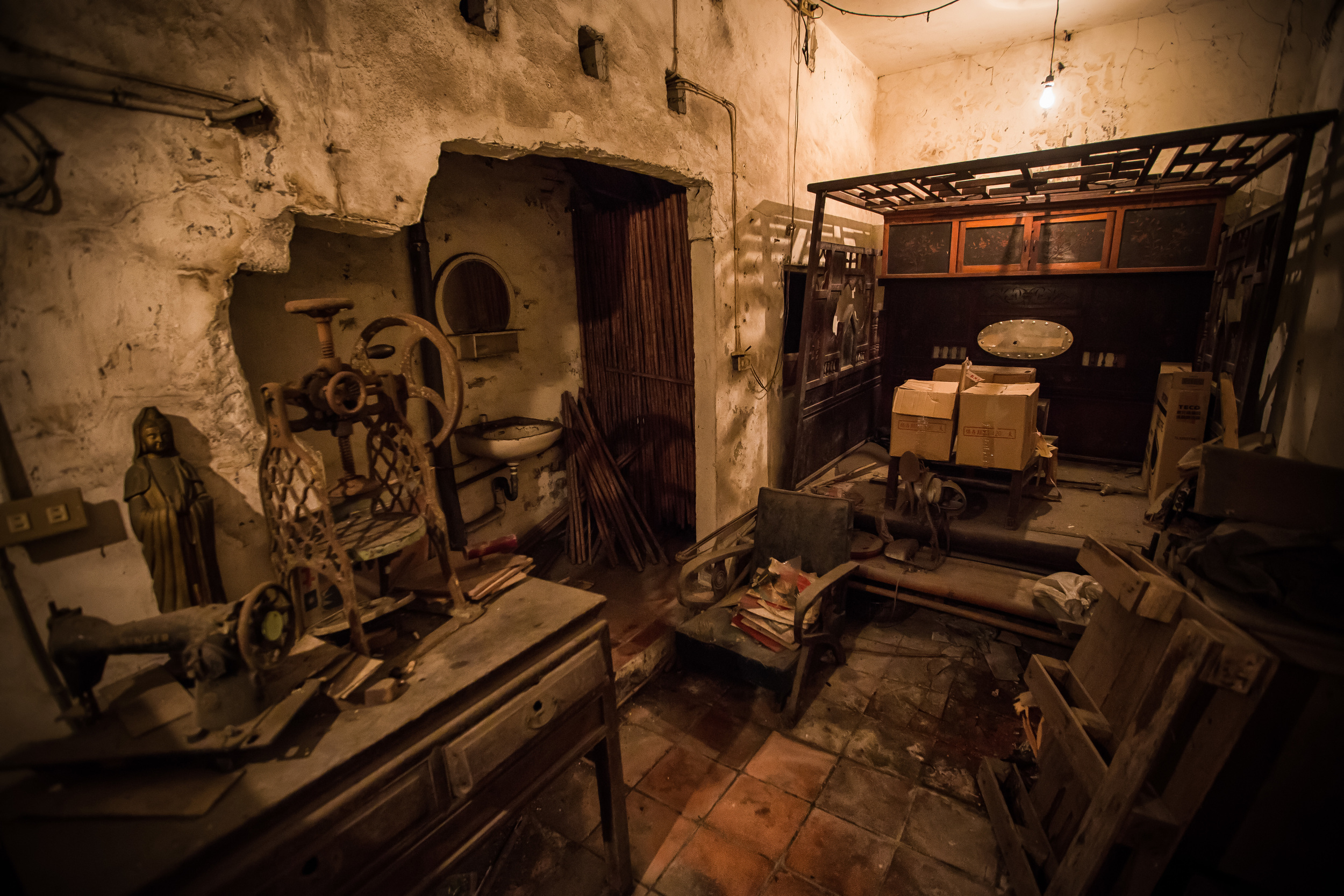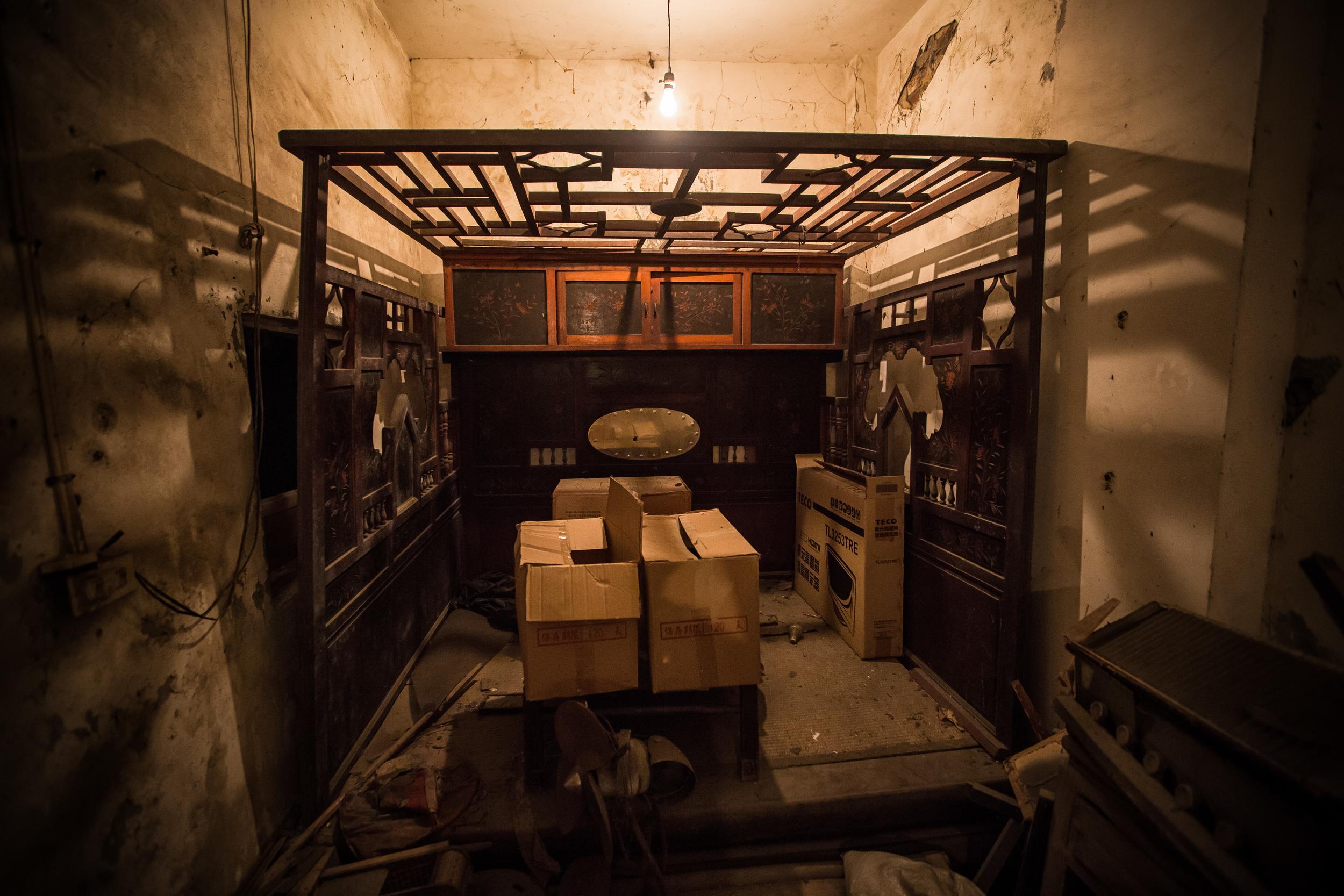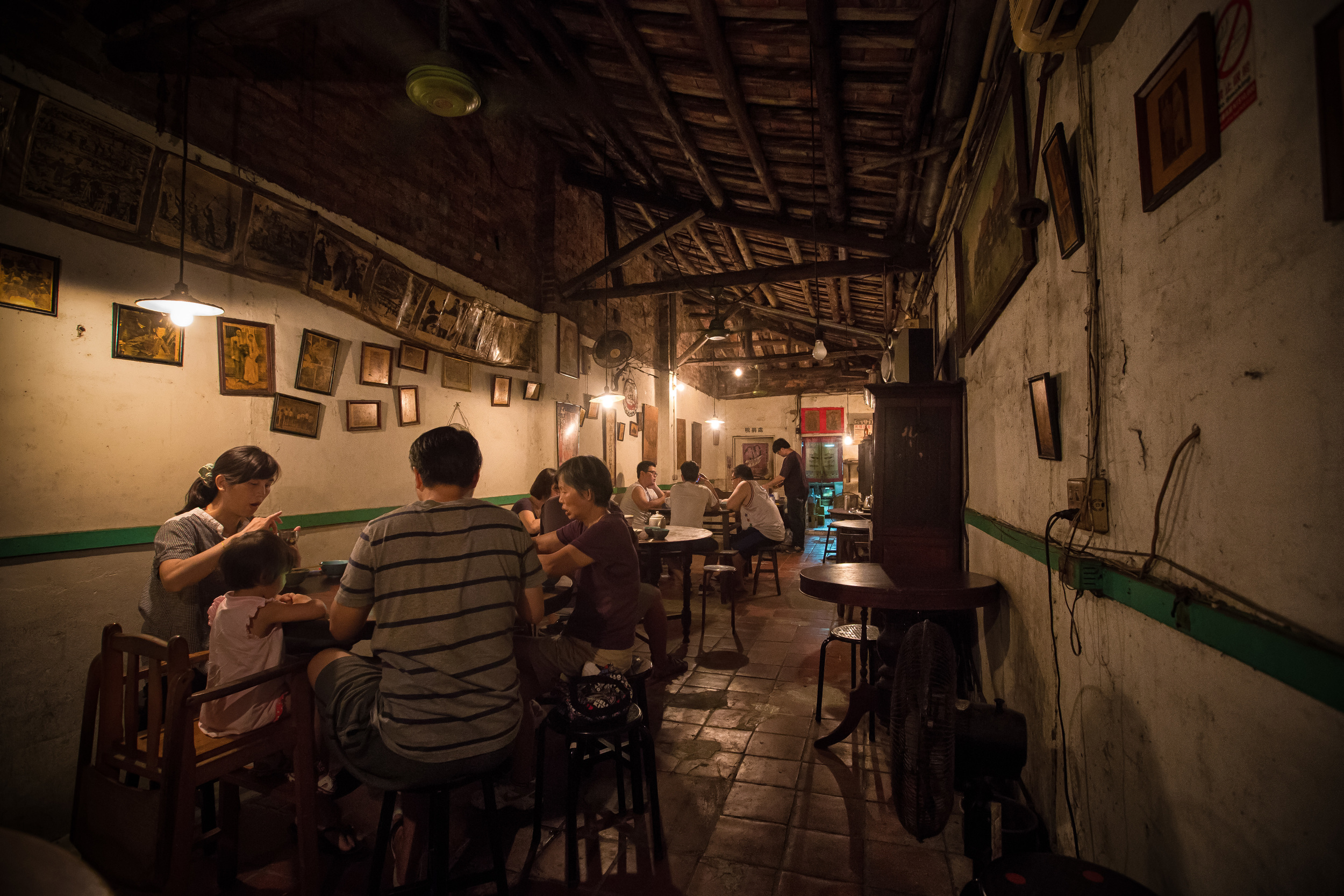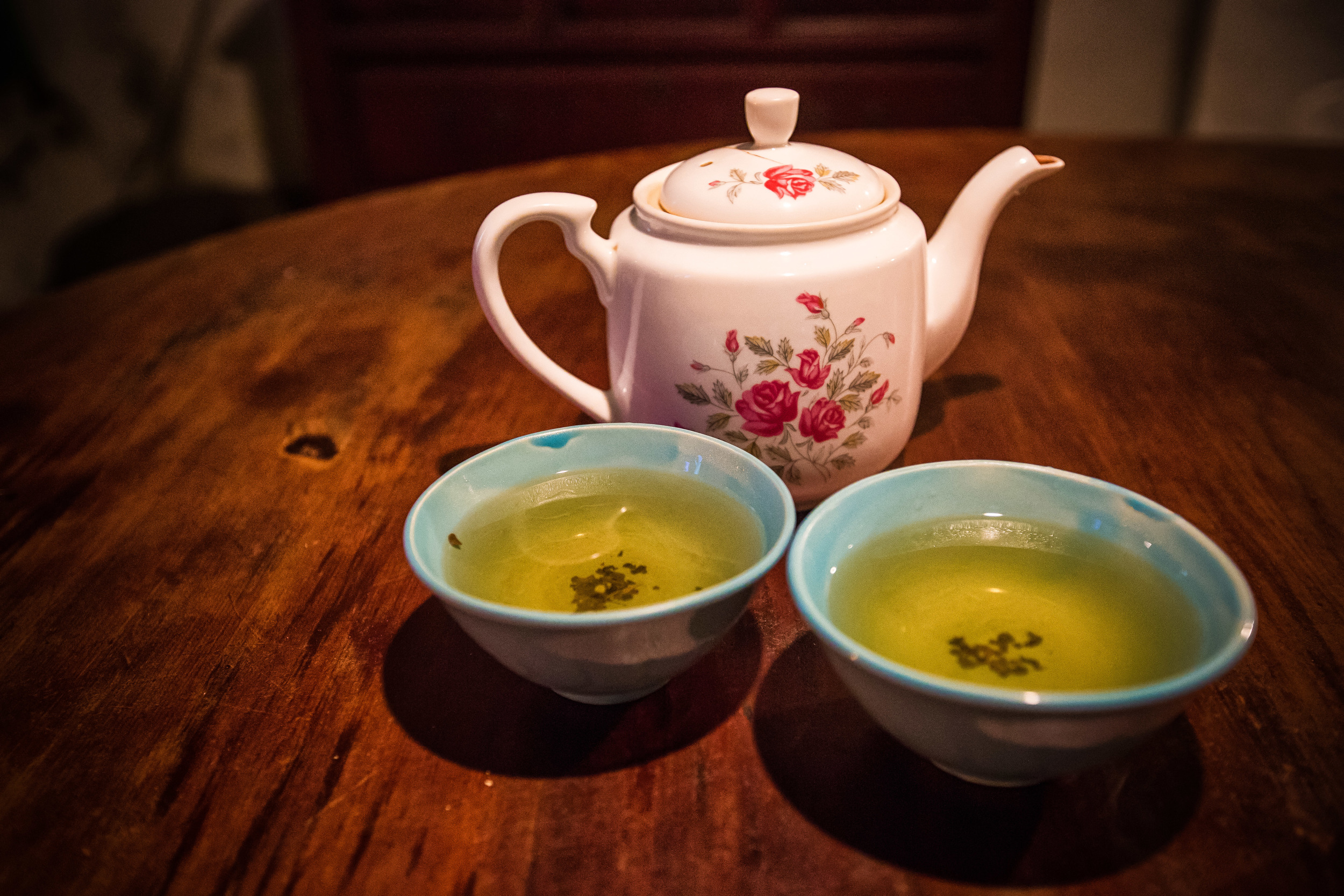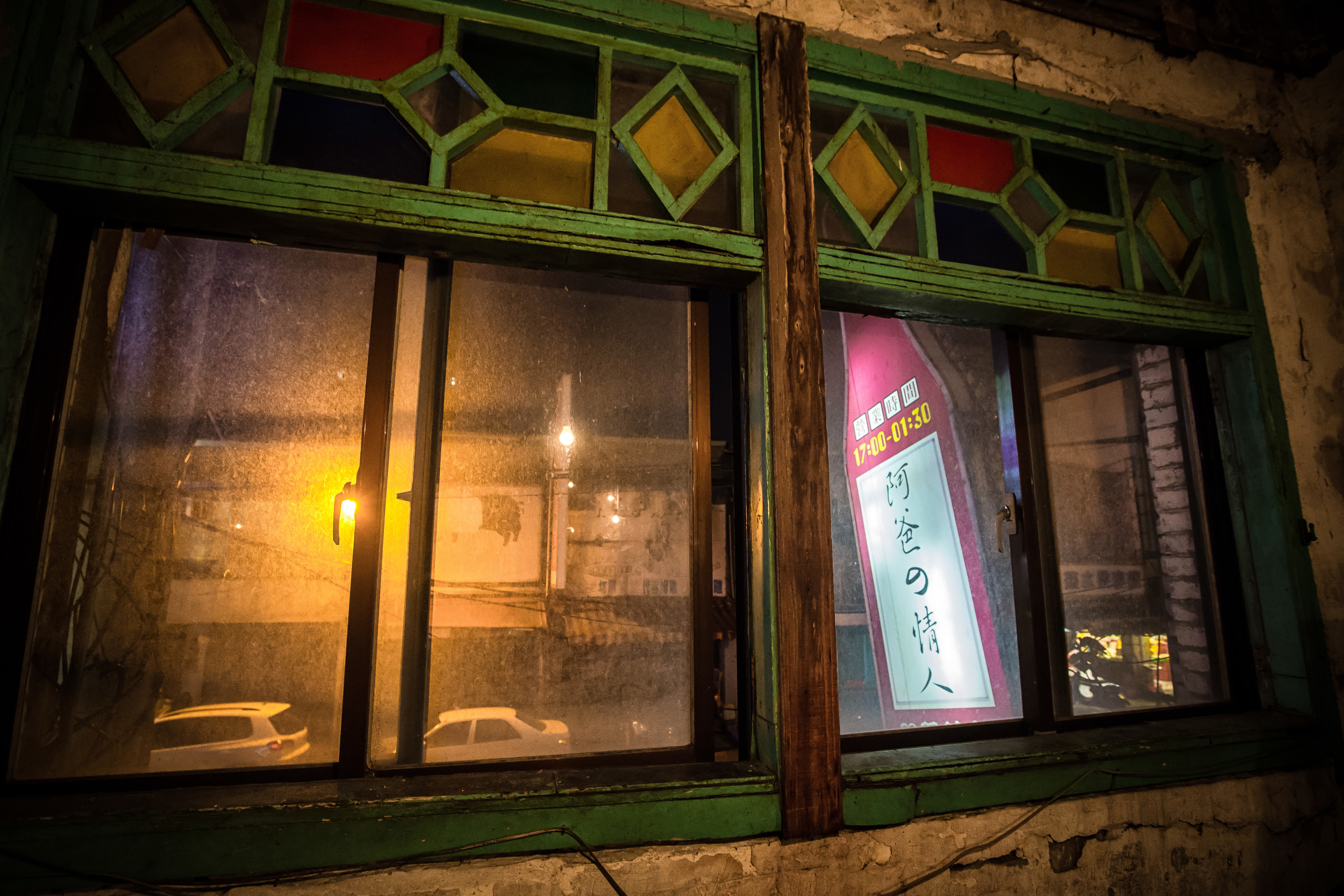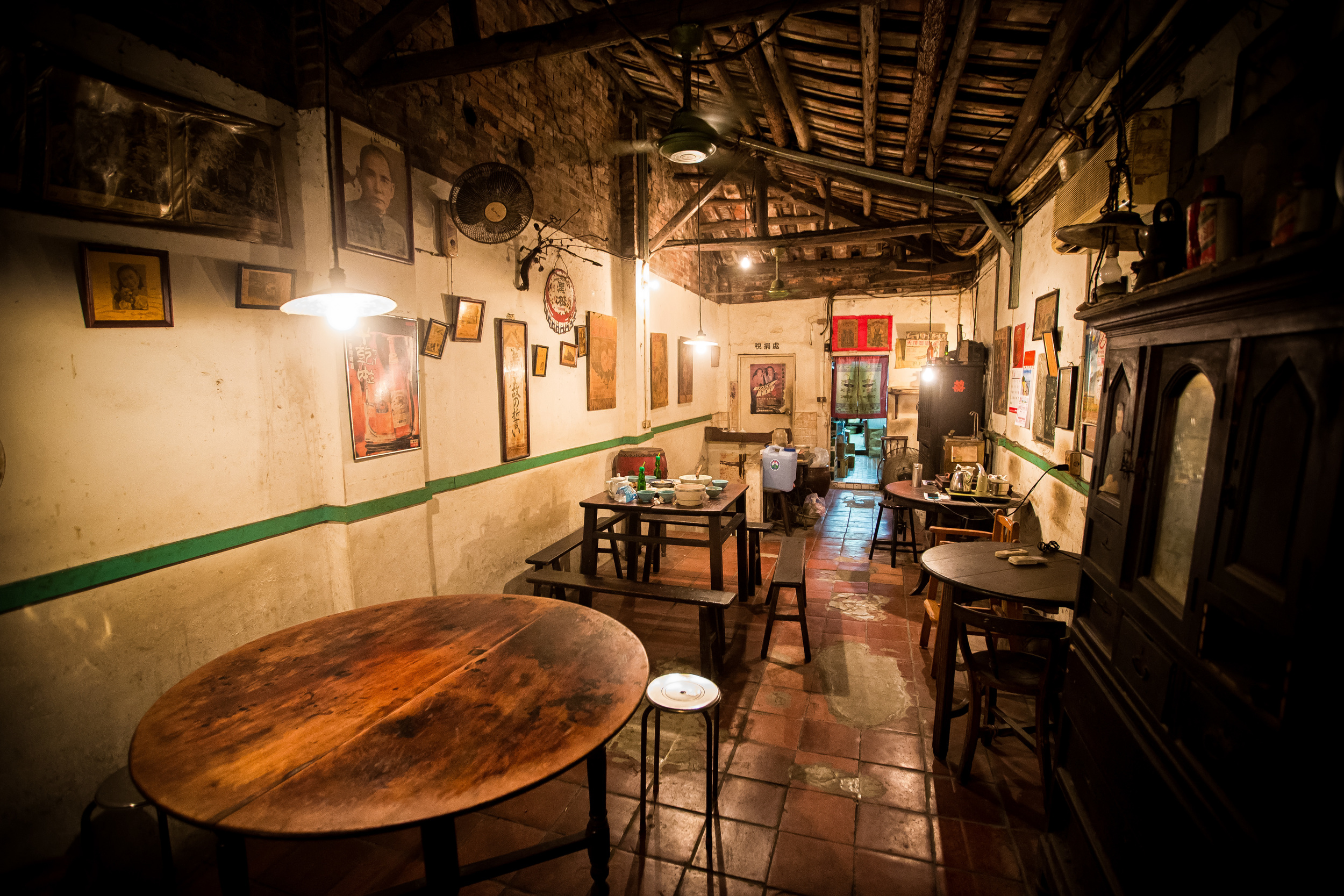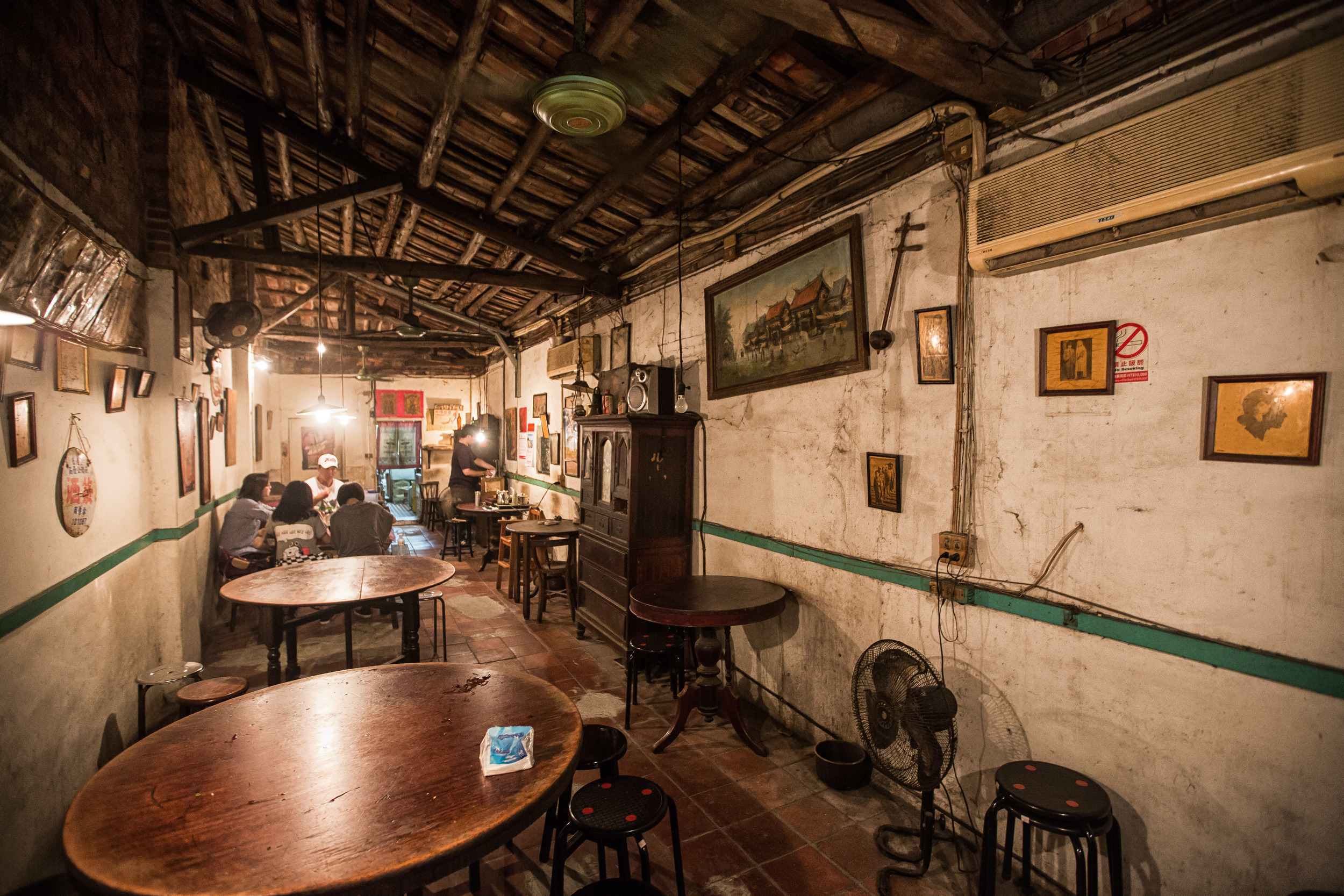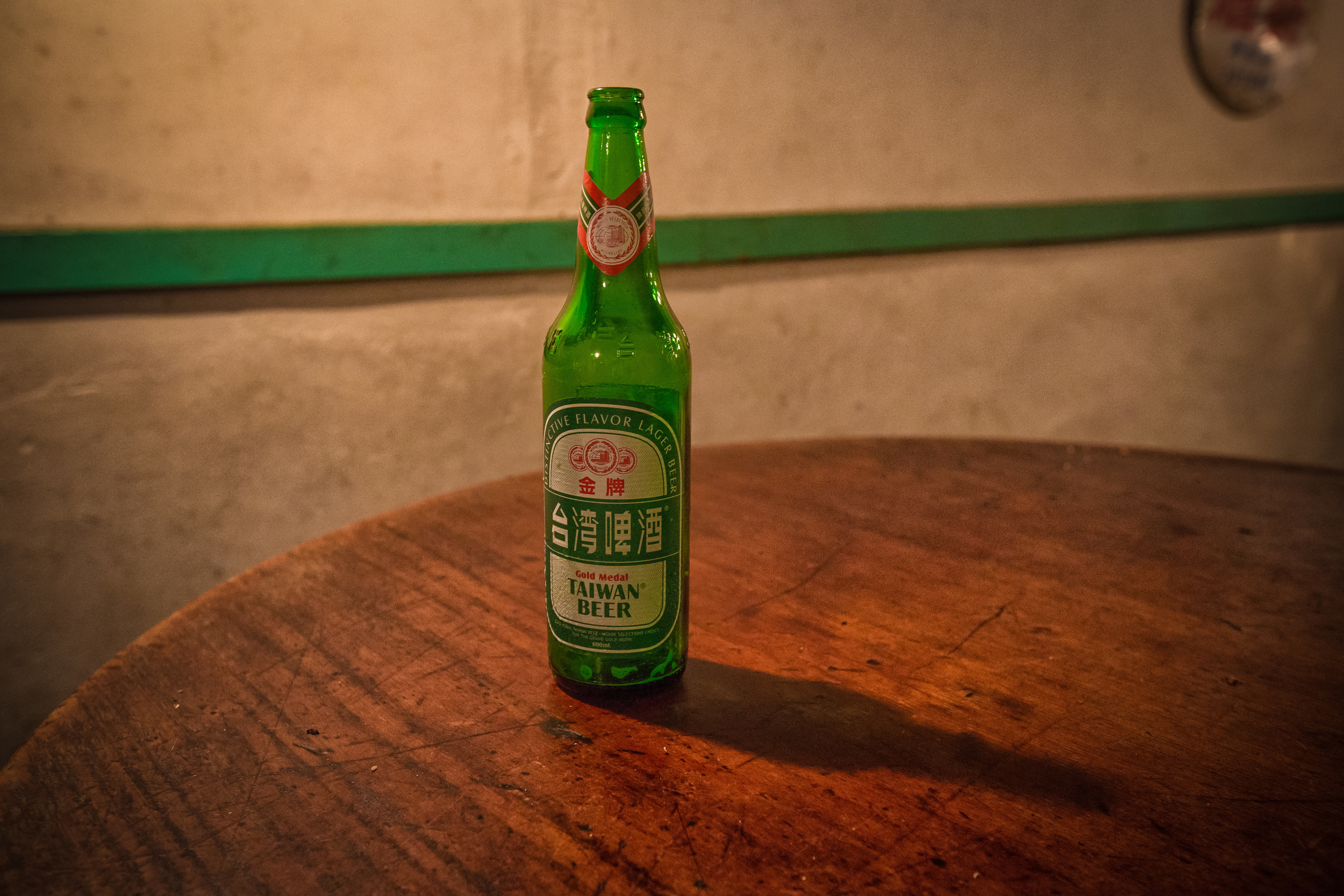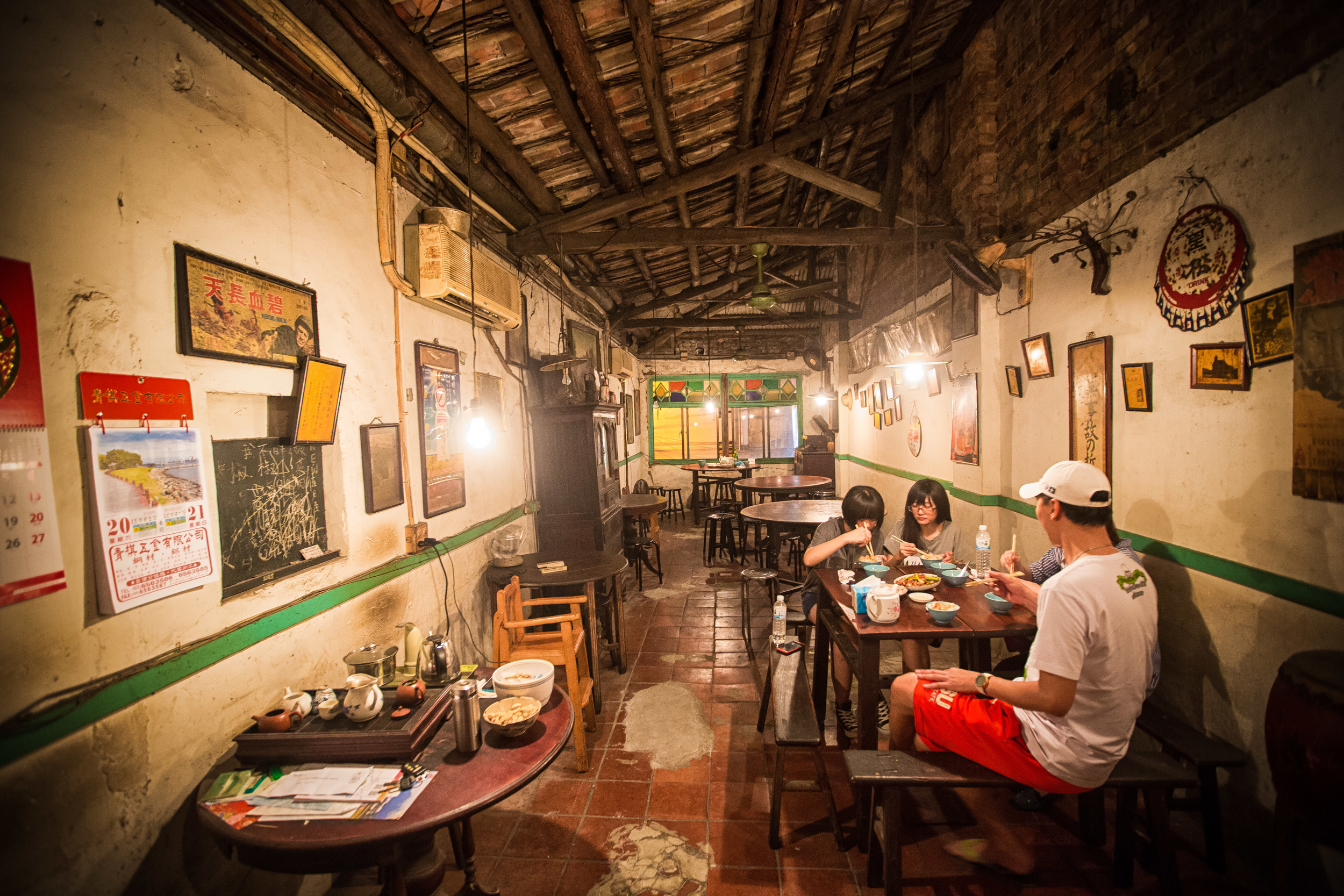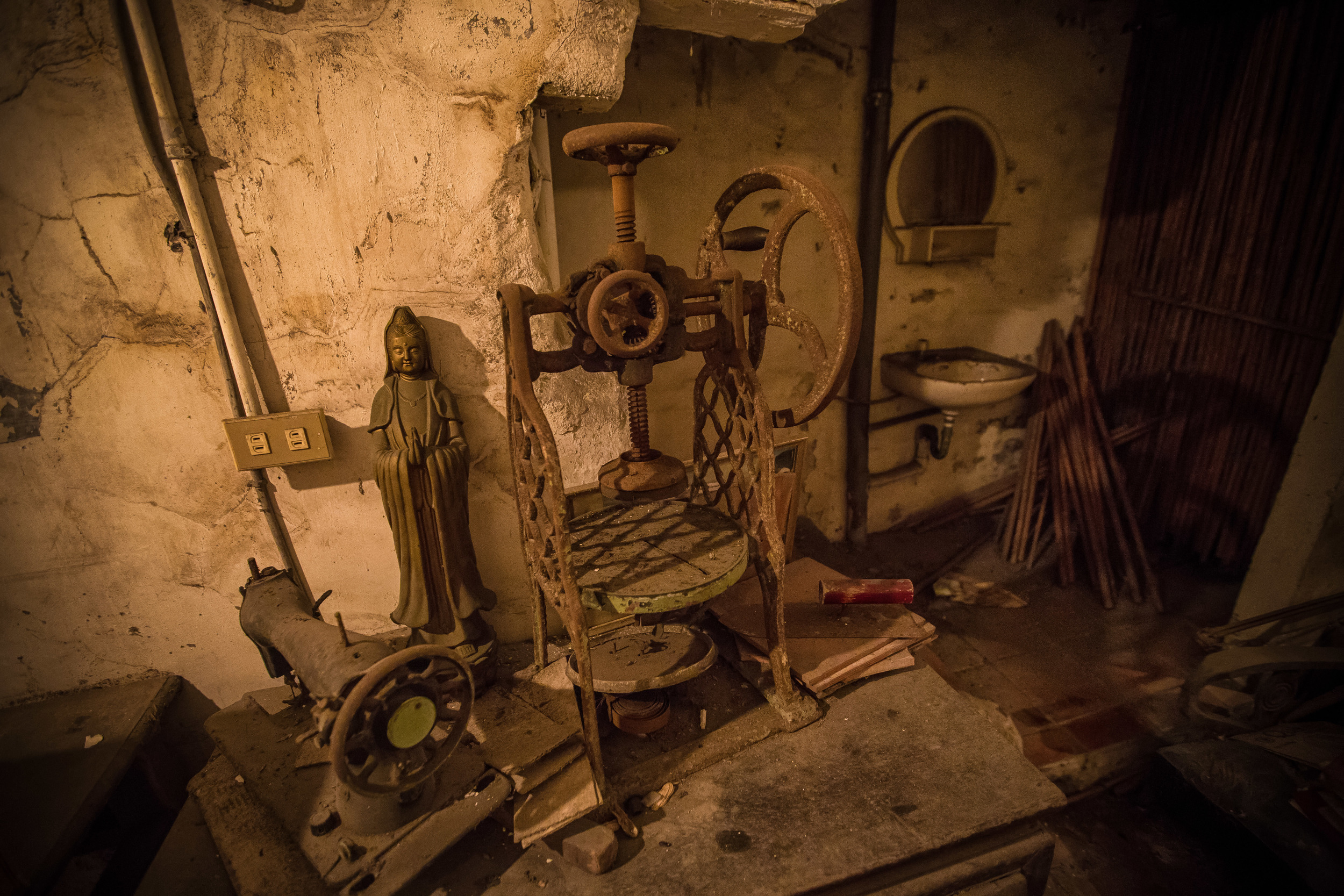In April and May forests in Taiwan turn white with the popular Tung Blossoms (油桐花) that line mountains and hillsides around the country. Locals often refer to Tung Blossoms as "April Snow" or "May Snow" (depending on when they are in full bloom) and their arrival attracts people from all over the country to places where they grow in abundance.
The Tung Tree (油桐樹) is a deciduous tree that can grow up to 20 meters tall and is endemic to south China and Burma. It was originally brought to Taiwan by the Japanese during the occupation period and was planted in mountainous areas in north-western Taiwan. The cultivation of the tree was important primarily to the Hakka people who lived in the areas where the trees were planted. The trees have thus had a long-lasting relationship with the Hakka people and that relationship continues to this day as the tree has become an important symbol of their culture.
The importance of the tree originally was because of the economic benefits it brought - The seeds were instrumental in the production of Tung Oil (桐油) which was used to make paint, varnish, caulking and wood finish while the wood in turn was used for making everything from furniture to toothpicks. The economic benefits the tree brought rural communities allowed families to make ends meet. When those economic benefits eventually subsided, the tree transformed into the symbol of the Hakka people who drew parallels between the simplicity and hard working nature of their culture and the tree as well as showing their respect for the economic prosperity the tree brought them.
In 2002 the Hakka Affairs Council (客家委員會) started the "Hakka Tung Blossom Festival" (客家桐花祭) an annual event that takes place during the blooming season as a method to promote and preserve Hakka culture as well as to help improve economic development and tourism in Hakka towns. The yearly event attracts large crowds of people in part to see the Tung Blossoms but also to experience Hakka culture and cuisine - especially in old town towns like Beipu, Daxi and Nanzhuang where there are popular "old streets" that already work quite hard to preserve Hakka culture.
The Tung blossom is just one of the various types of blossoms that bloom during the early parts of the year in Taiwan. Spring is a busy time of the year in Taiwan for people who appreciate this kind of things. The Tung blossom differentiates itself from the others though as it is the only one that "symbolizes" one of the cultures of the country. The Tung blossoms may not be as popular as cherry or plum blossoms (the national flower) but in recent years they have become an important part of the annual "Hanami" (flower viewing) habit of the Taiwanese people between January and May and as fas as I'm concerned, viewing the Tung blossoms and enjoying and some amazing Hakka food on the same day sounds like time well spent!
I consider myself lucky living in Taoyuan (Literally: Peach Garden) where we start the year with cherry blossoms (櫻花) and then get peach (桃花), plum (梅花) and Tung blossoms shortly after. I never really have to go very far to see this stuff and it is convenient that I can often avoid the large crowds by travelling by scooter close to home and driving past all the traffic.
One of the coolest things about the Tung blossoms is that in areas where they grow in abundance they tend to turn hiking trails 'white' as the blossoms fall to the ground. This is somewhat similar to what happens in Japan with the Sakura snow referred to as Hanafubuki (花吹雪). Tung blossoms are different however because of their colour and give off an effect of snow falling in the forests which is beautiful as at any giving time hundreds of them are falling around you while you're hiking.
The festival has only been happening for fourteen years but in that time the blossoms have become popular with people of all ages. In the past few years though they have become quite popular with young Taiwanese couples who enjoy hiking into the mountains to have impromptu romantic photoshoots with the Tung Blossoms. You'll also notice that it is quite common that people along the hiking trails will spend time gathering some of the blossoms that have fallen on the ground and arranging them into hearts or Chinese characters such as the word for love (愛) as well as other shapes on the ground. Husbands or boyfriends even go as far as making a 'Tung blossom halo' that they put around their head of their partner. This is all quite new but with the help of the media, it has only fuelled the popularity of the Tung blossom festival.
Technically speaking, the problem with shooting Tung blossoms as opposed to Cherry or Plum blossoms is that the trees are typically on the side of mountains and are very tall. Cherry blossom trees are actually quite short and only ever reach about 10 meters tall making them extremely easy to take photos of while Tung blossoms are more of a pain in the ass as you can't get that close to them. This means that if you are like myself and want photos of the blossoms still on the tree, you are going to need the help of a telephoto lens of at least 300mm in focal length.
Most people however are unlike me and prefer taking shots of the blossoms as they fall to the ground and don't really focus on them too much while they're still on the trees. Apart from taking shots of the blossoms on the trees I prefer finding a hiking trail that has a river stream running through it so that I can get photos of the blossoms sitting in the water or just using my telephoto lens to take shots of the shapes all the other photographers spend a lot of time arranging.
Photography like all art is subjective and when it comes to this stuff there is no right or wrong way of taking photos - it is up to the person taking the shots and what they want to show. I prefer photos that are much more natural than something staged and you won't ever find me arranging the blossoms into hearts (but I'll still grab a quick shot or two if someone does the work for me)
The 2016 Tung Blossom festival is on until May 22nd (the blossoms may actually last longer than that) and apart from viewing the blossoms there are many activities planned during the weekends in Hakka towns throughout Taoyuan, Hsinchu and Miaoli (among others) where visitors will be able to experience Hakka culture, cuisine and art as well as traditional performances. This is an important time of the year for cultural promotion and preservation so if you have a chance, try to get out and enjoy some of the activities, some Hakka Lei Tea and of course the blossoms.
Website: 2016 Hakka Tung Blossom Festival
Gallery / Flickr (High Res Shots)
